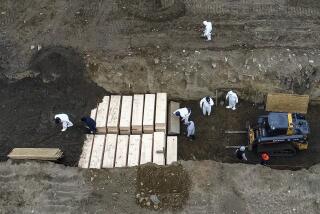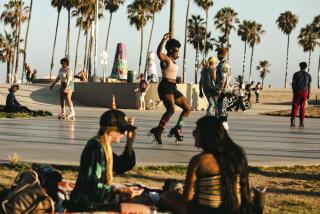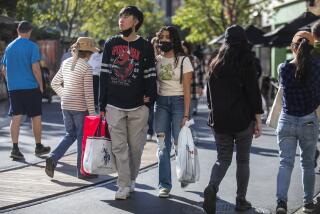Social distancing is slowing the coronavirus in Seattle. But it’s not enough, study says
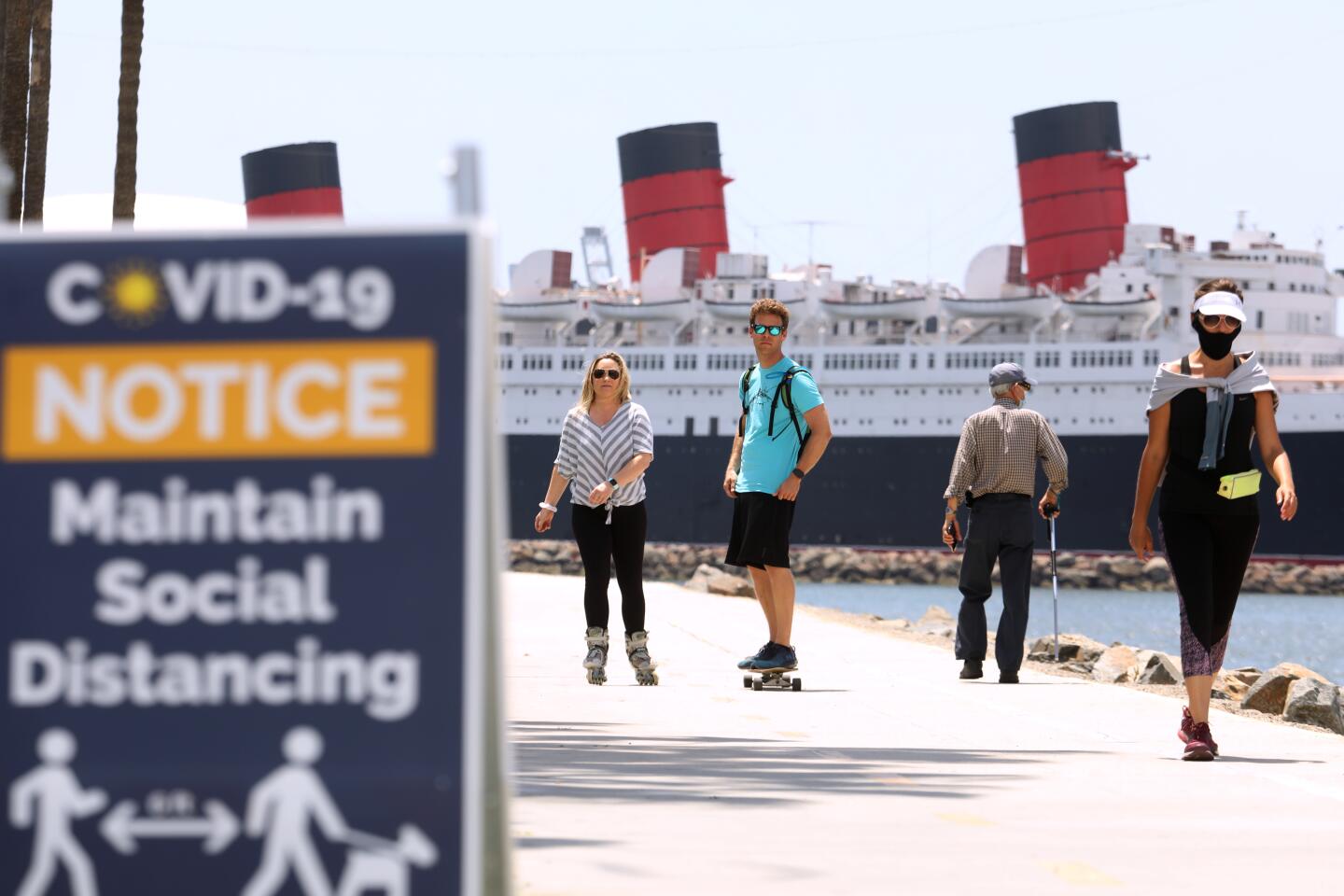

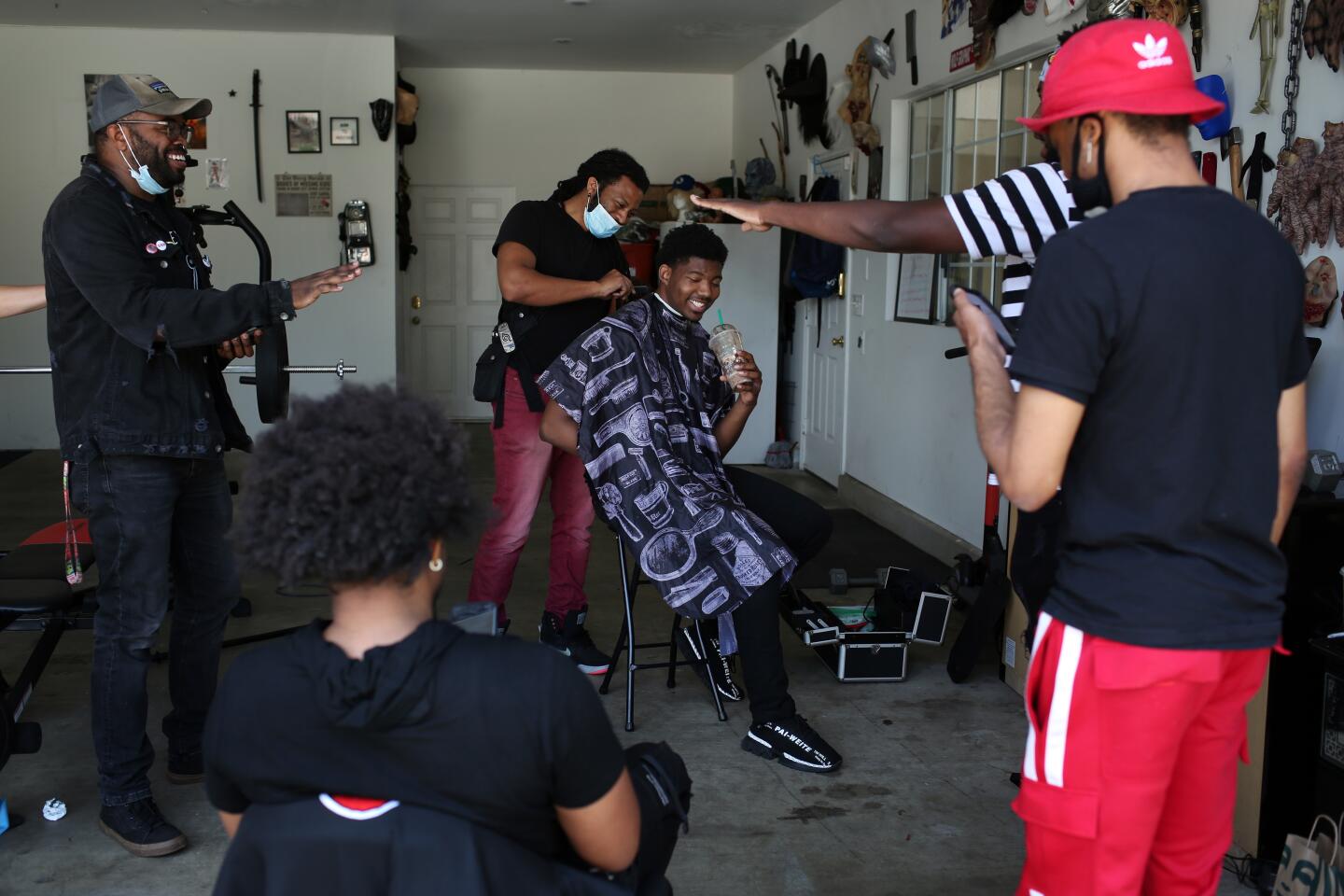

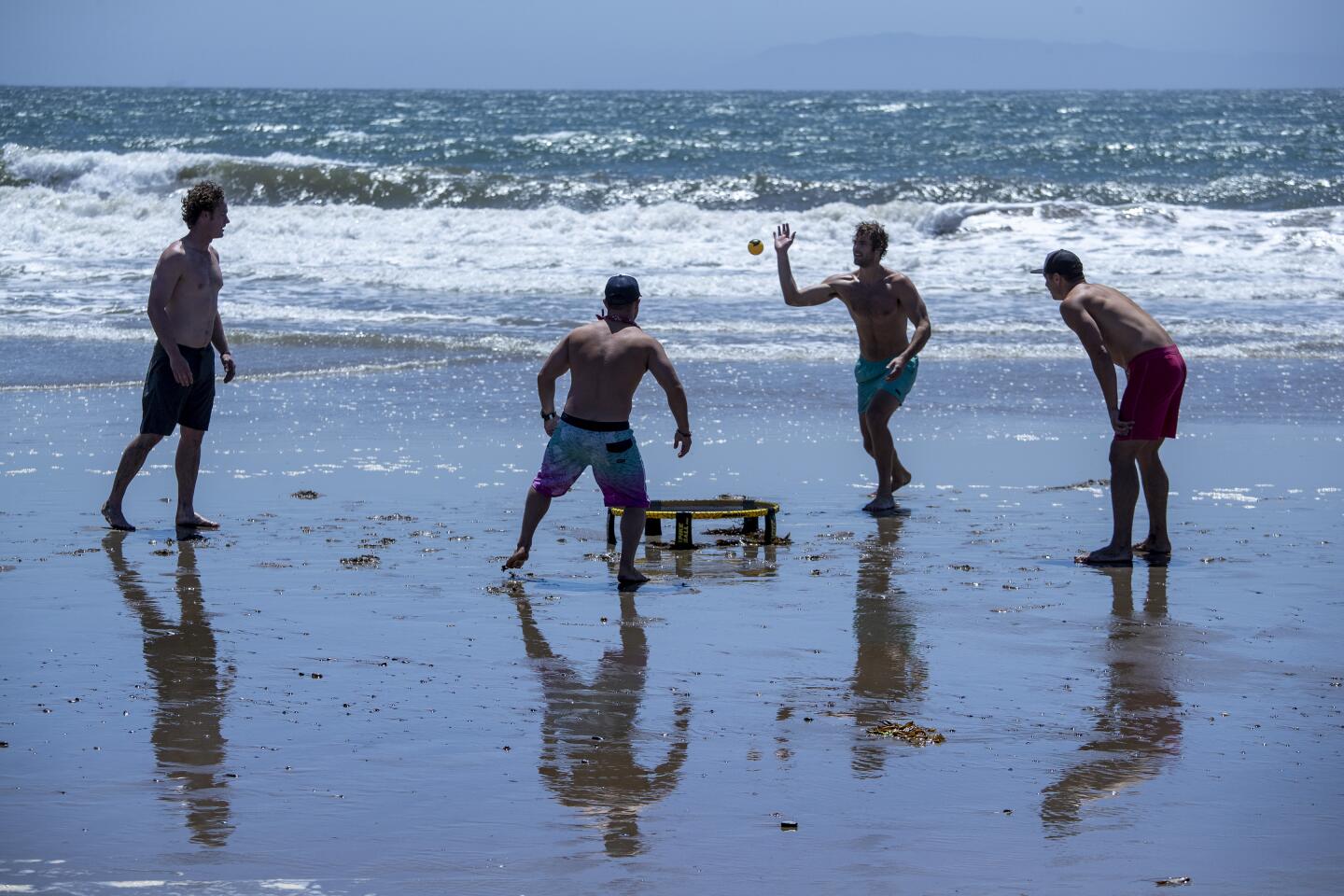
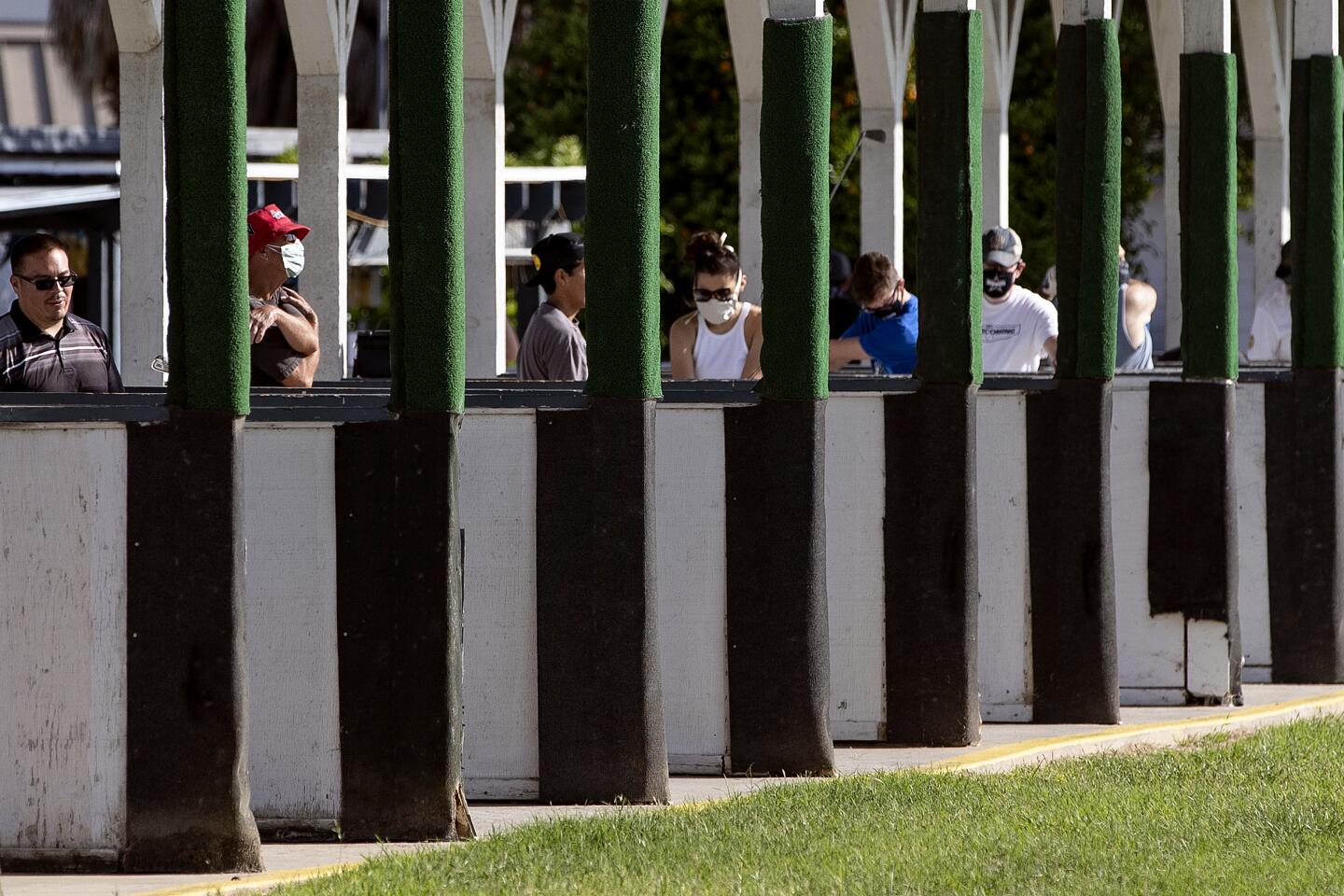
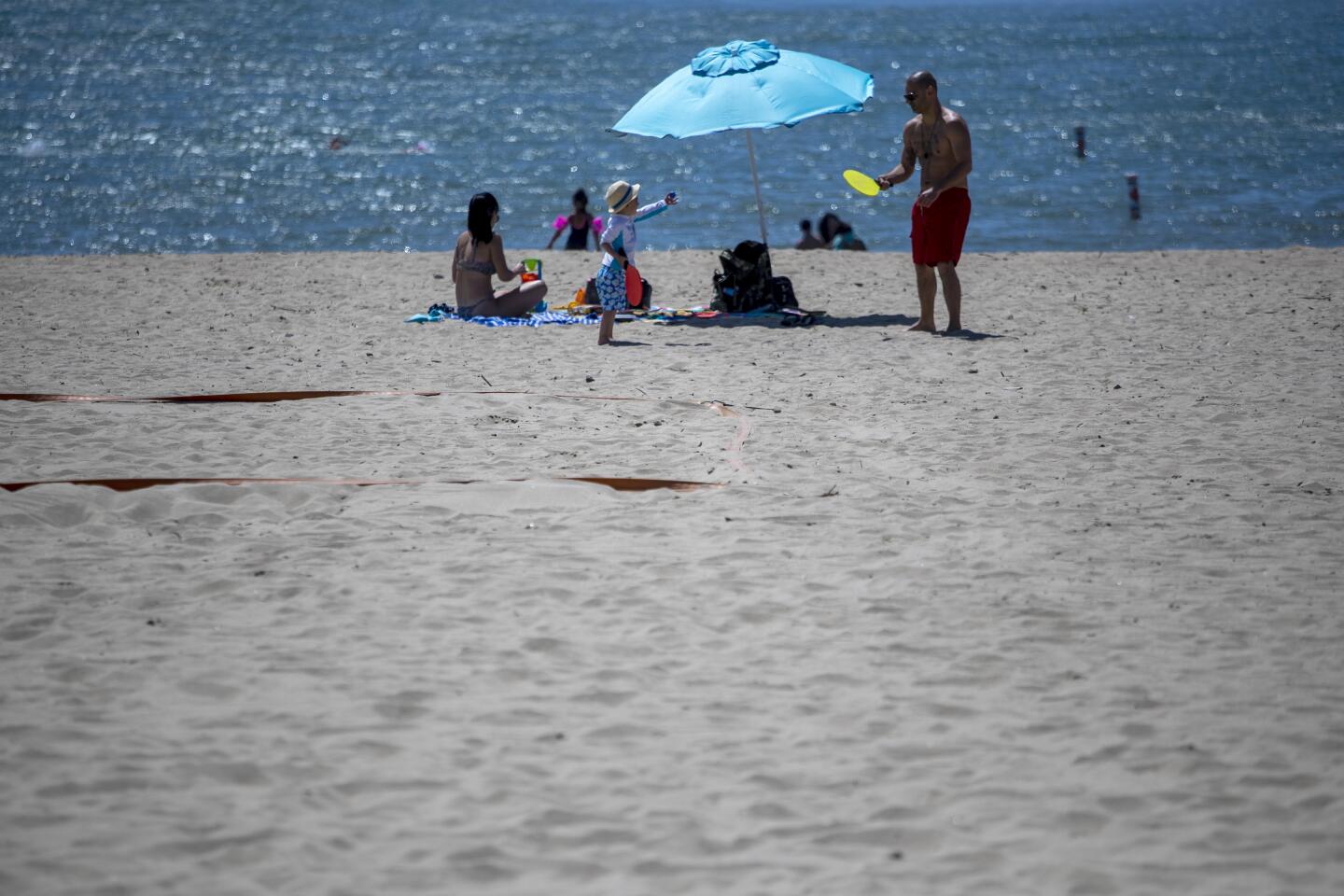
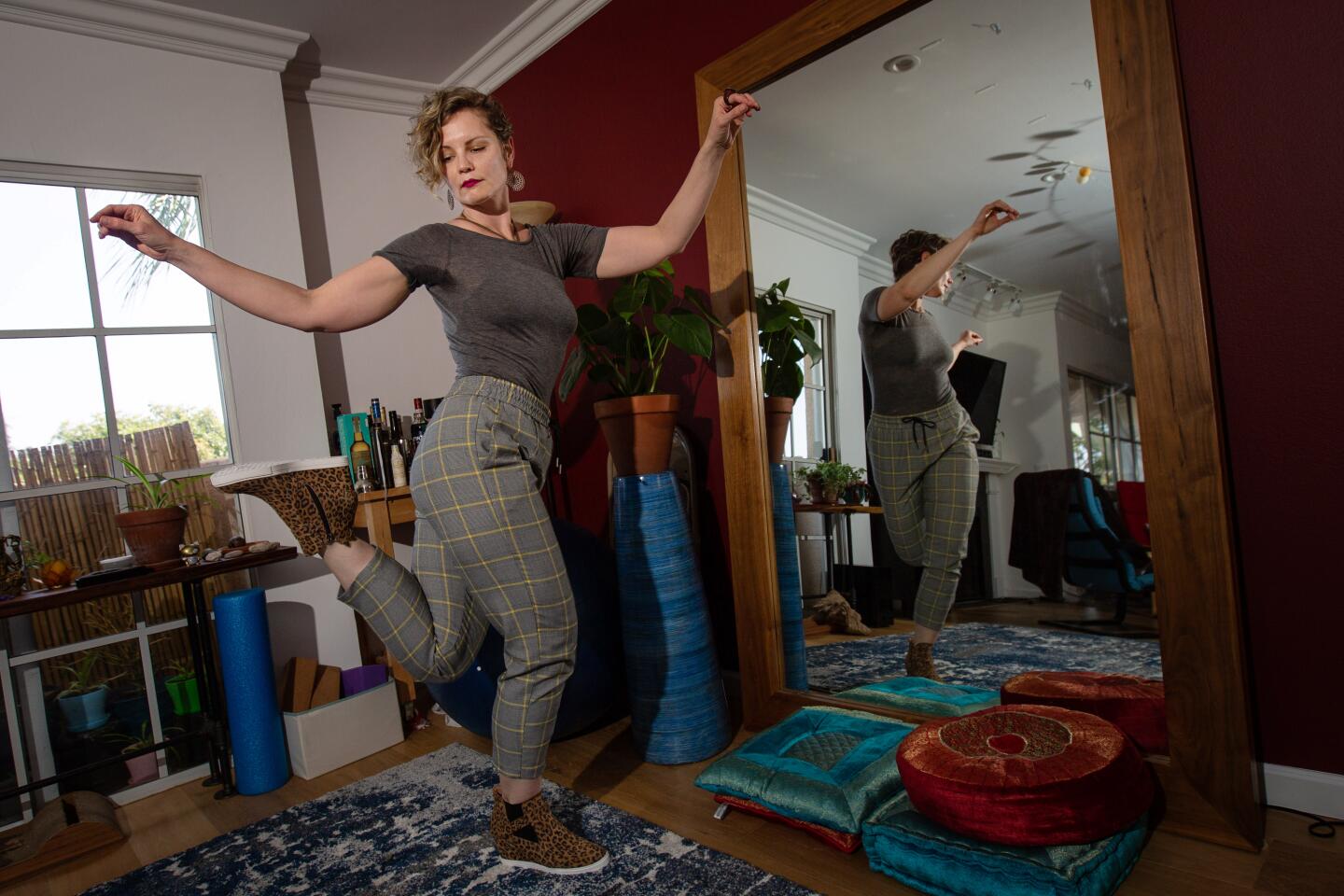
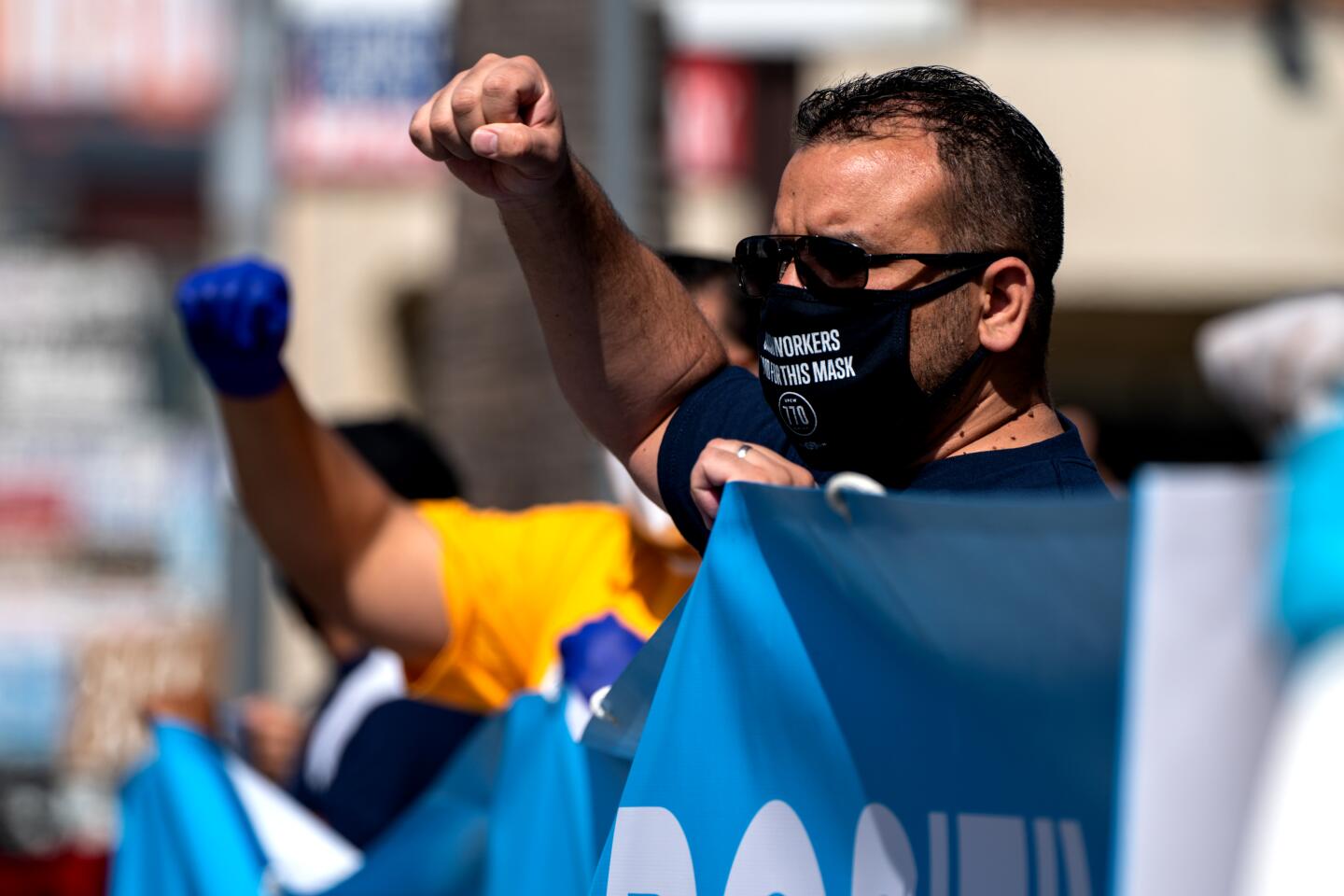
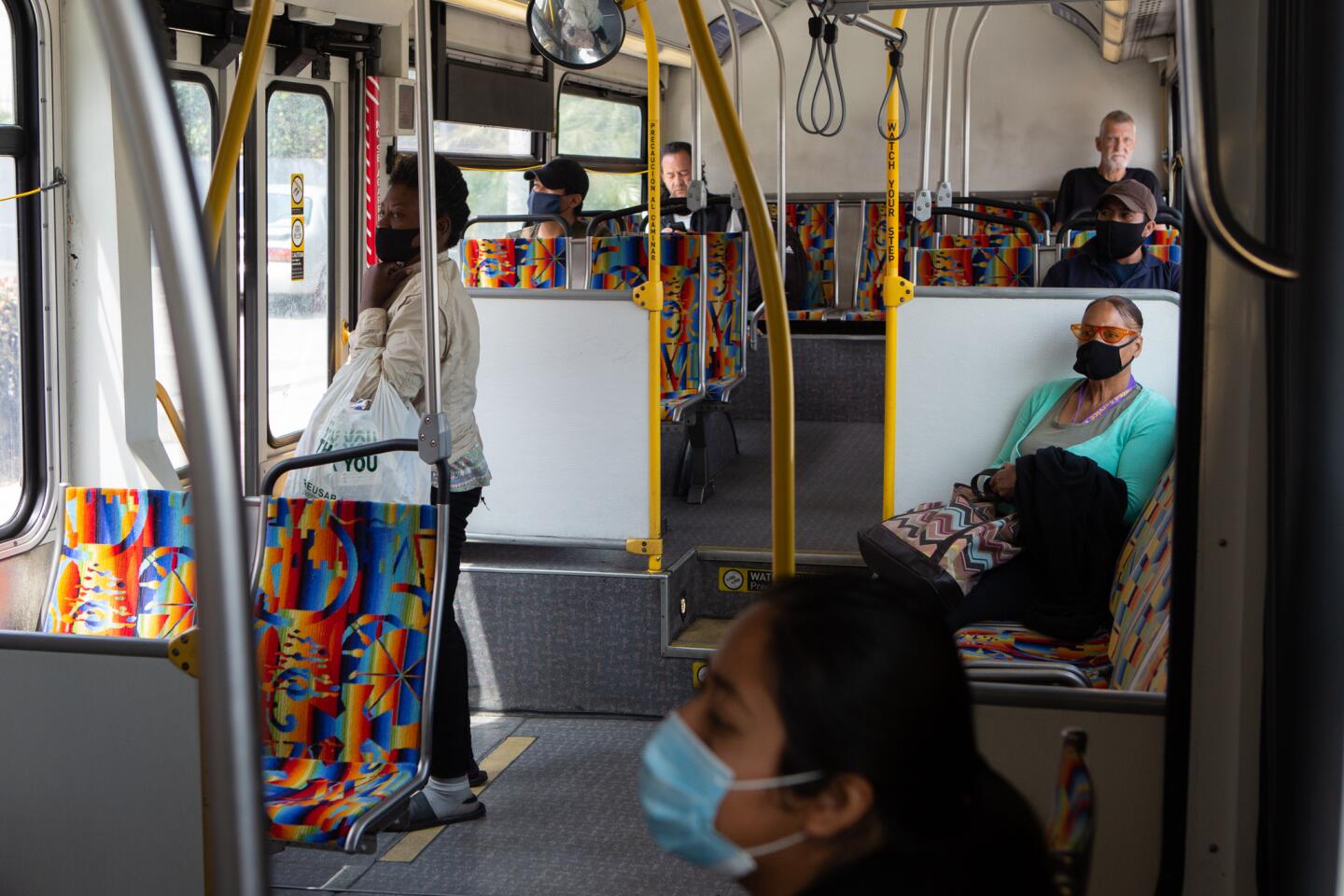
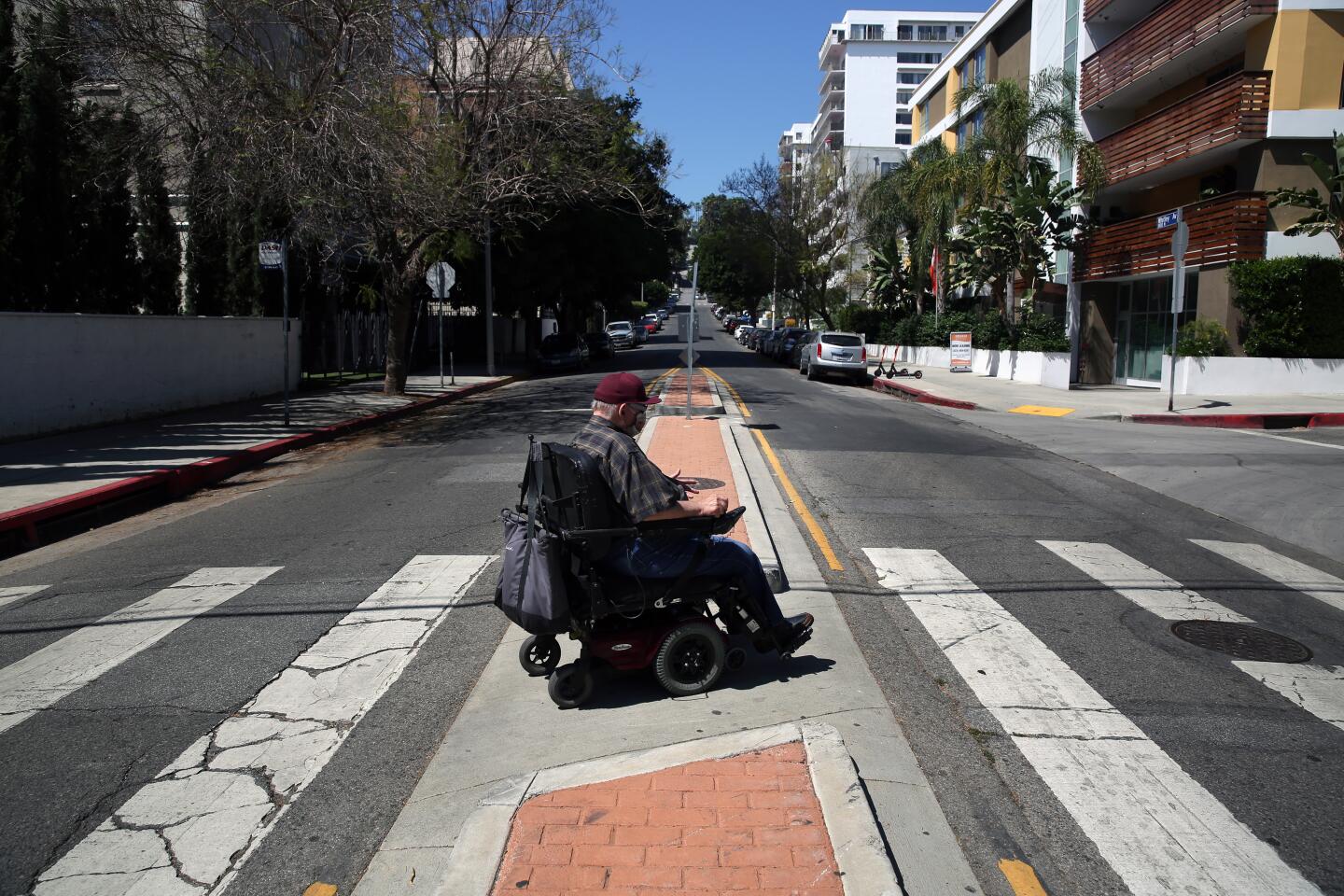
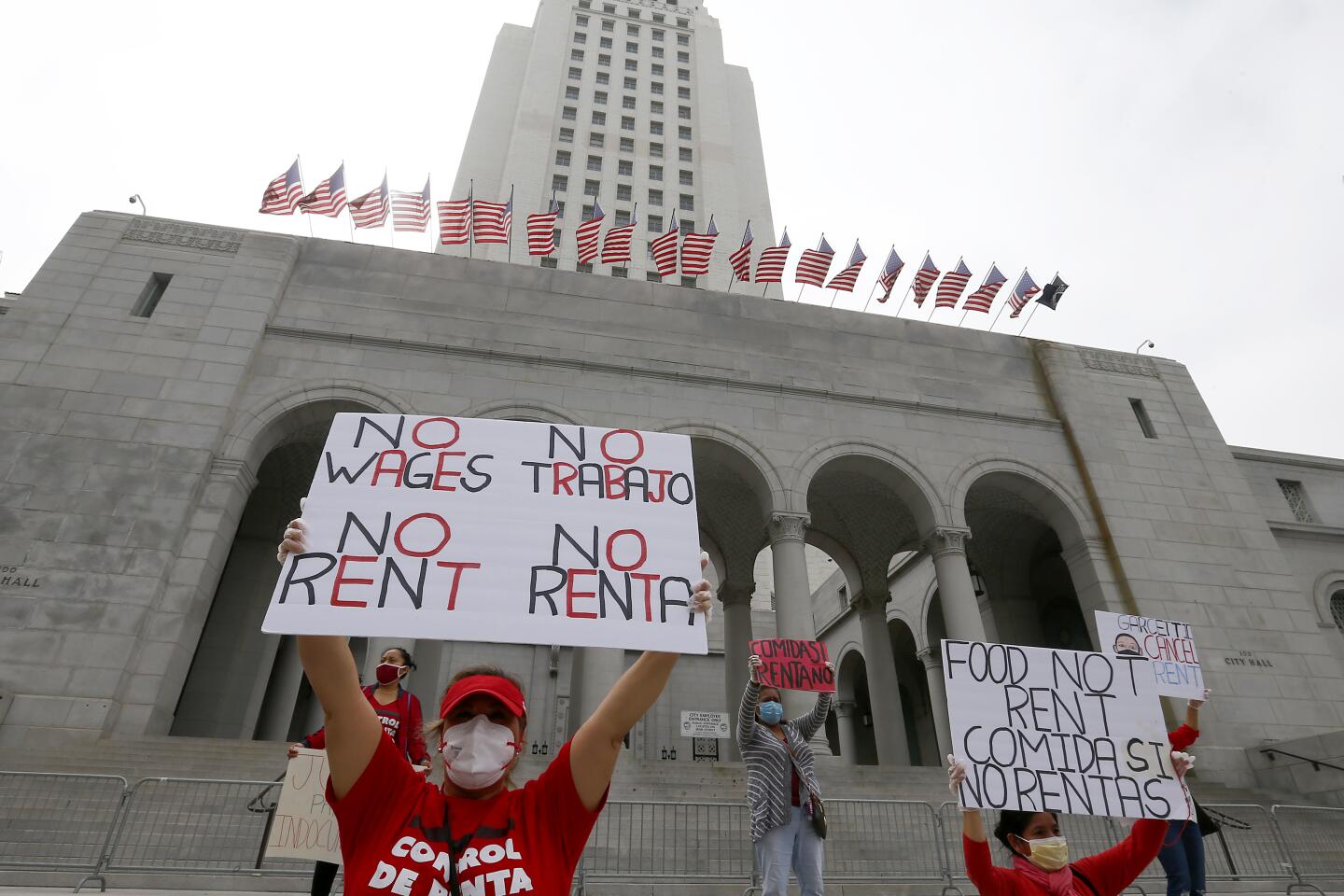
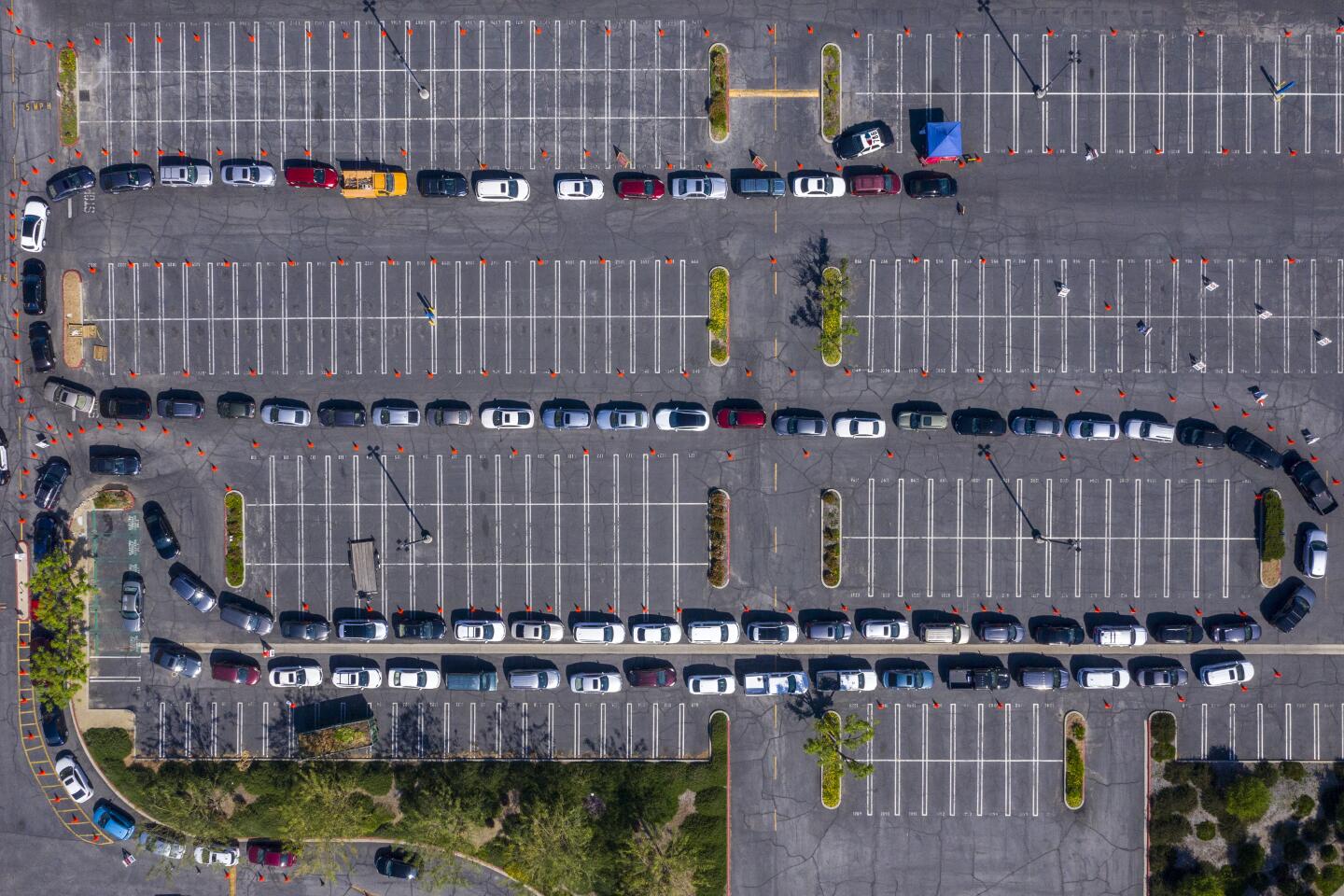
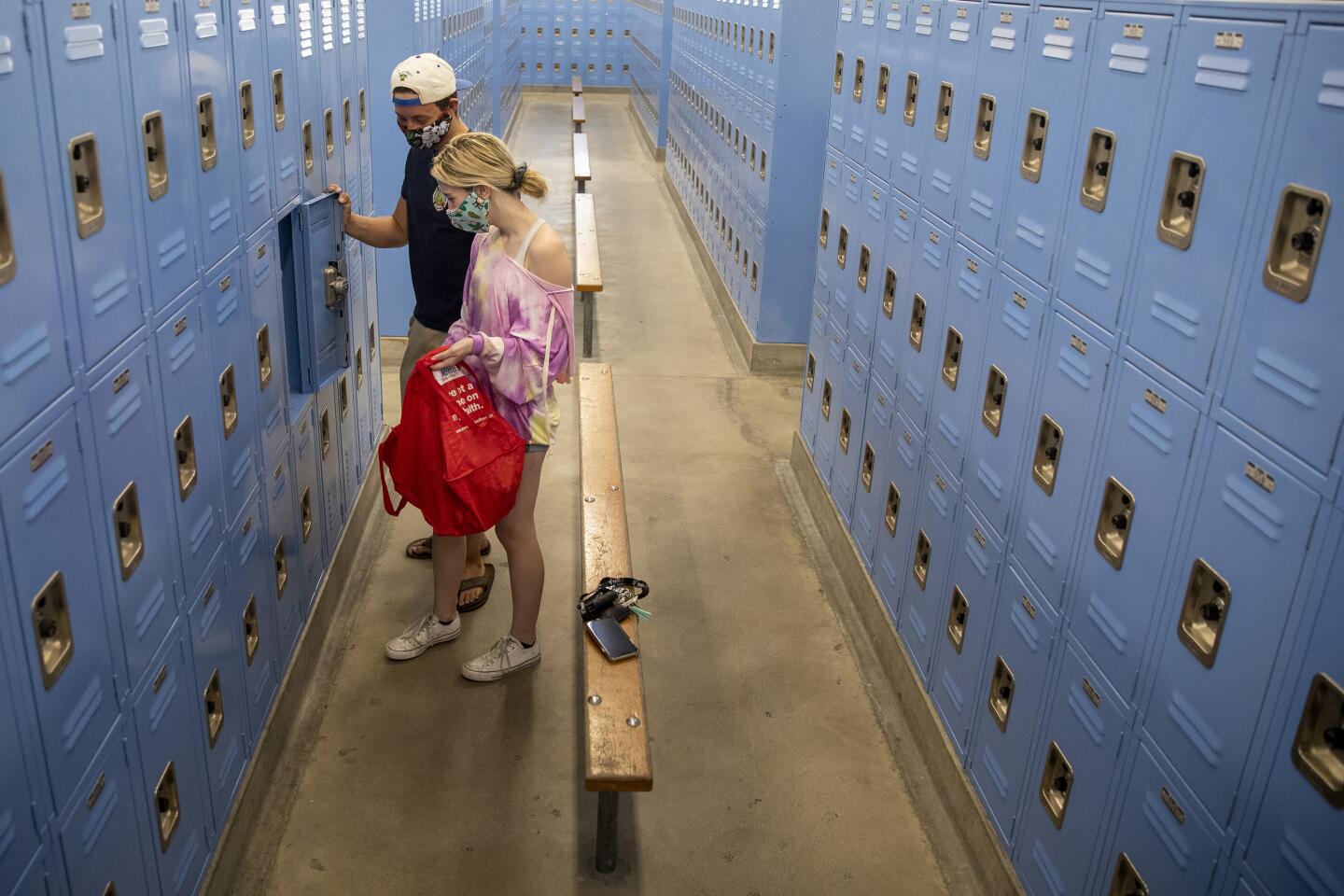
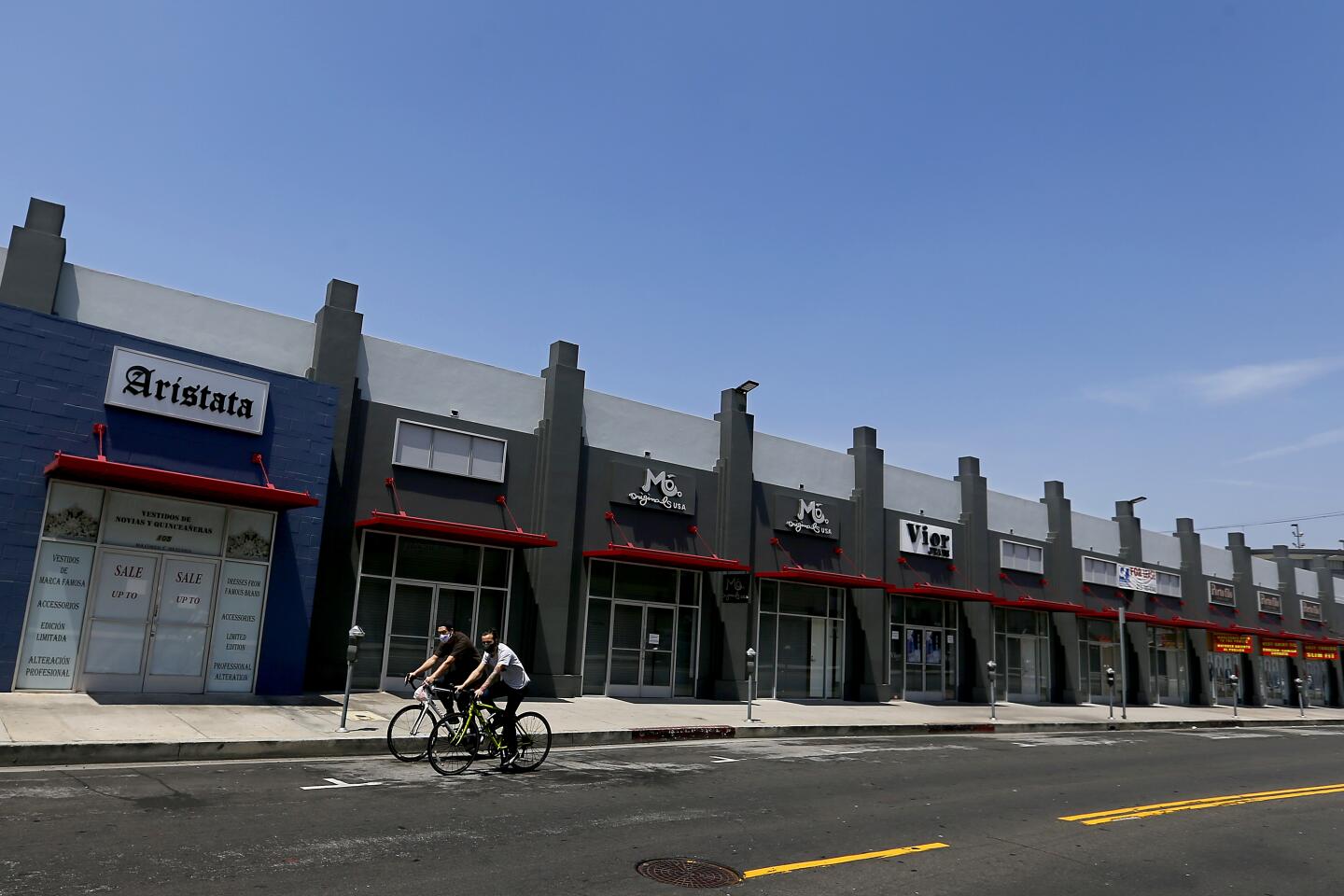

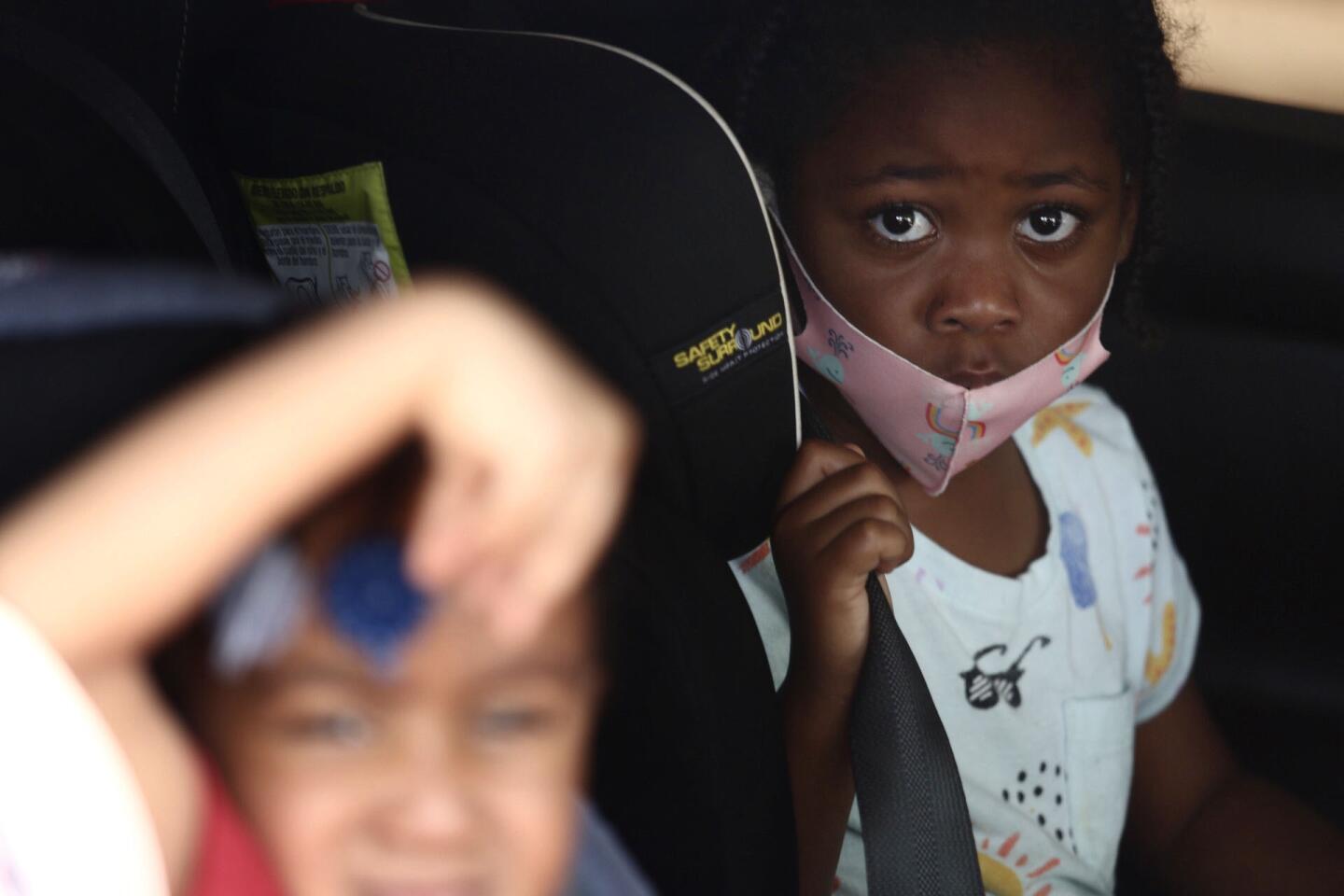
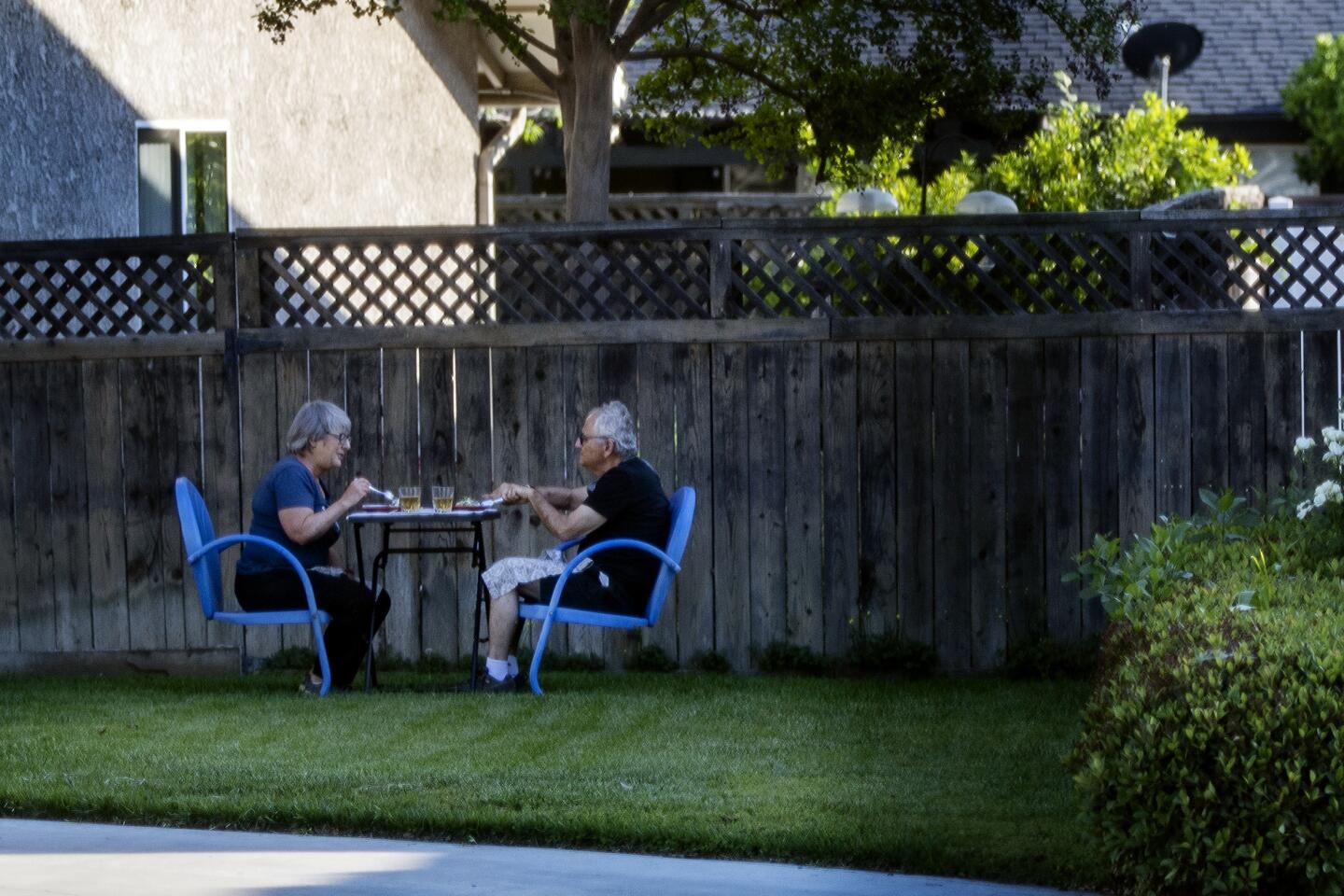
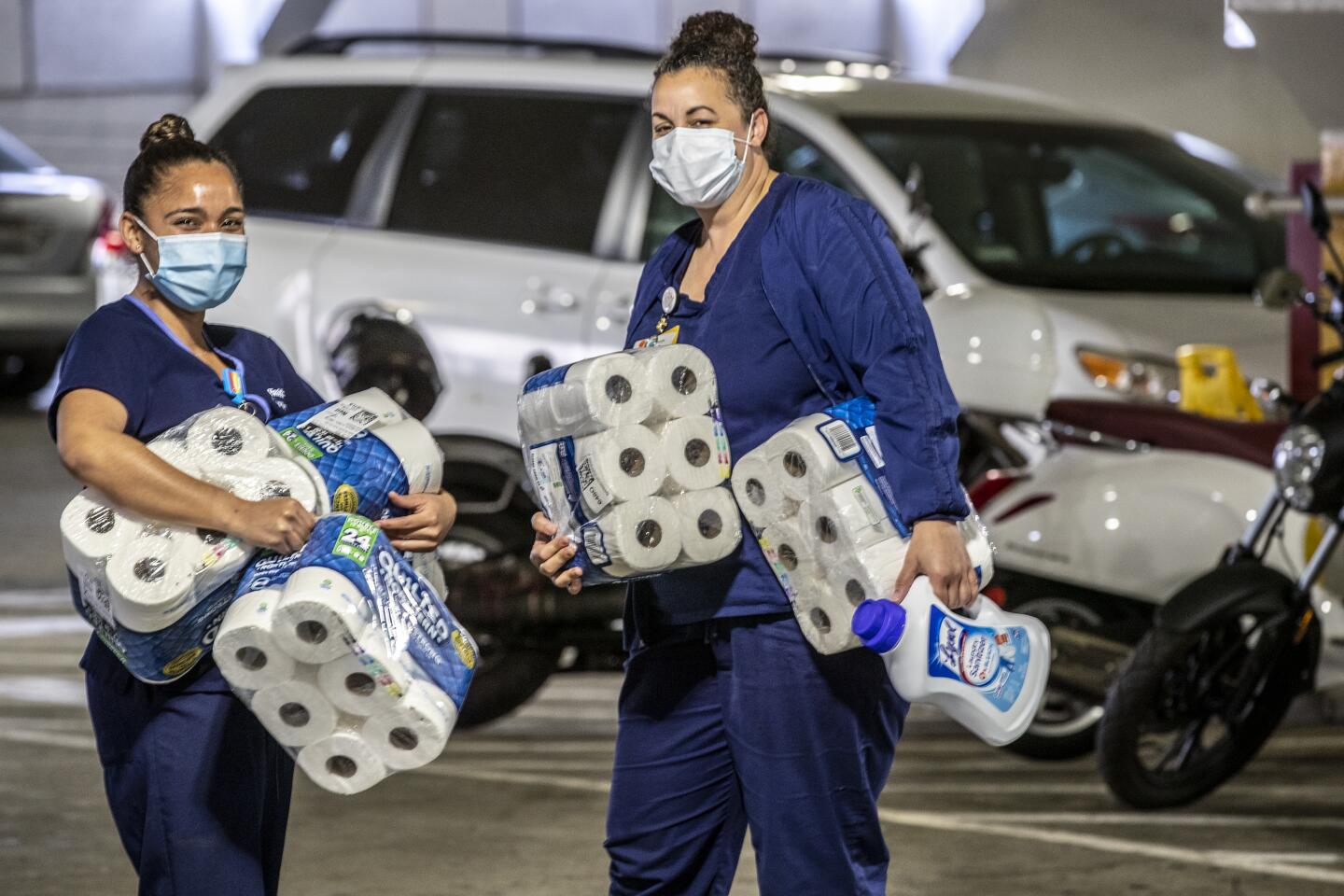
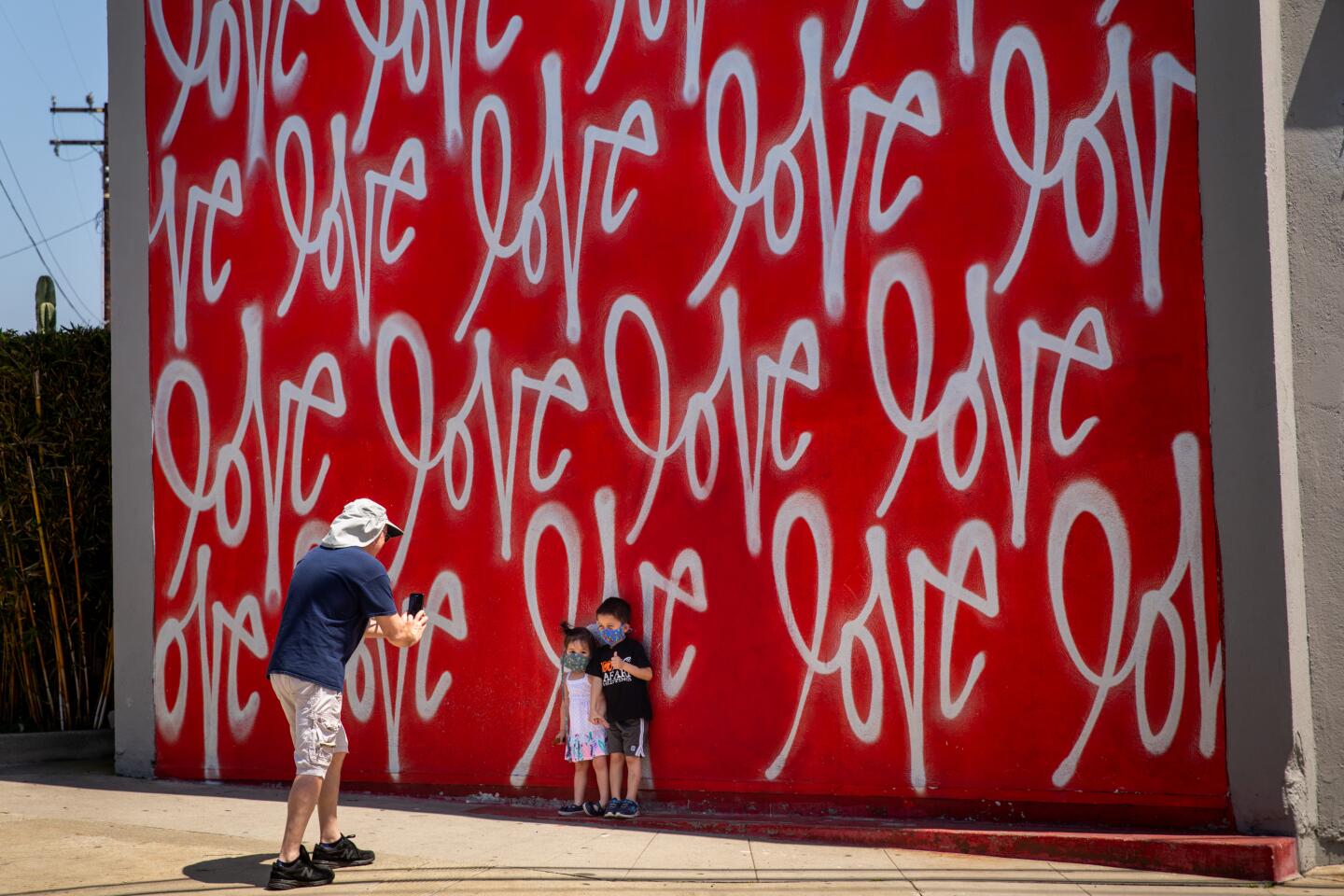
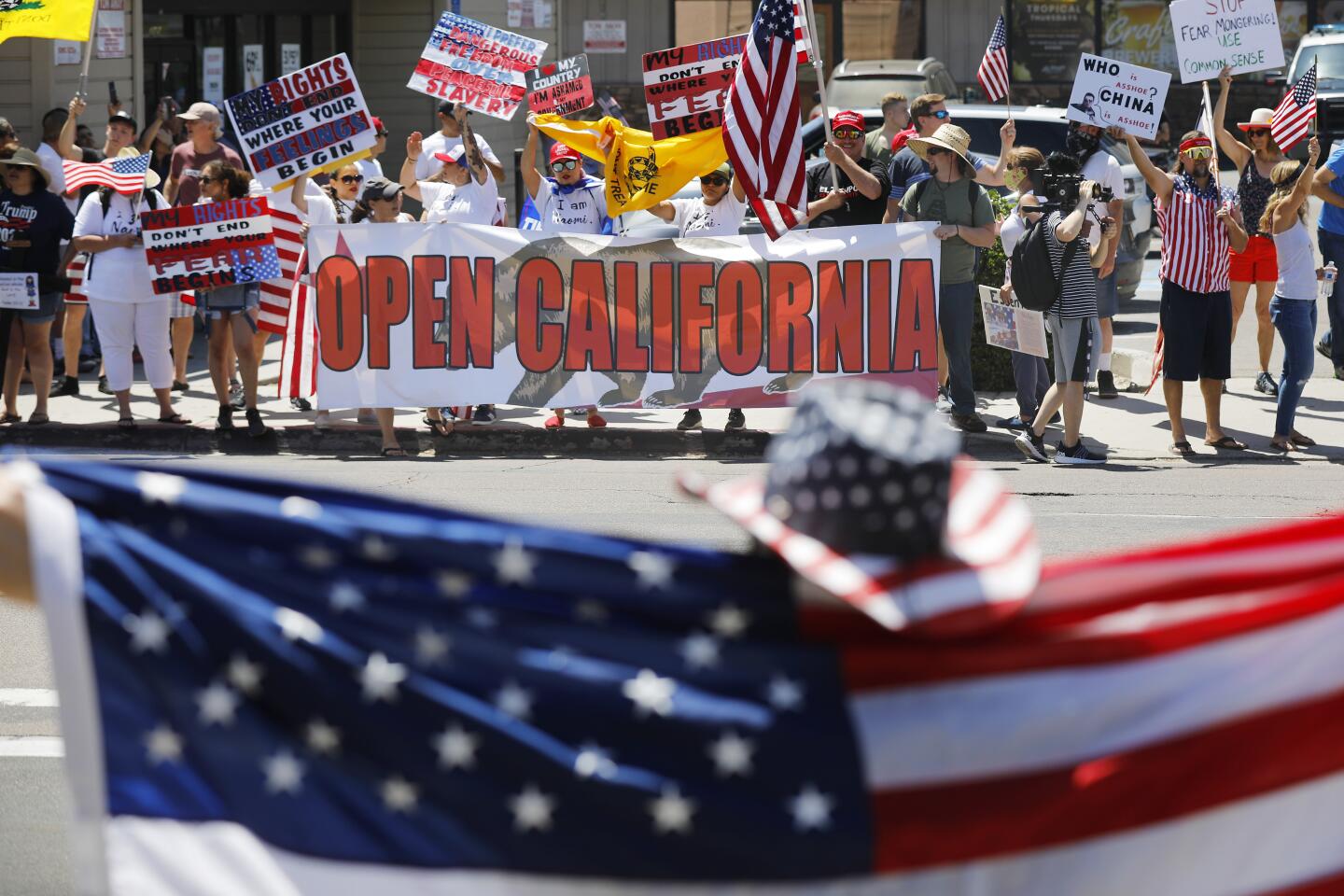

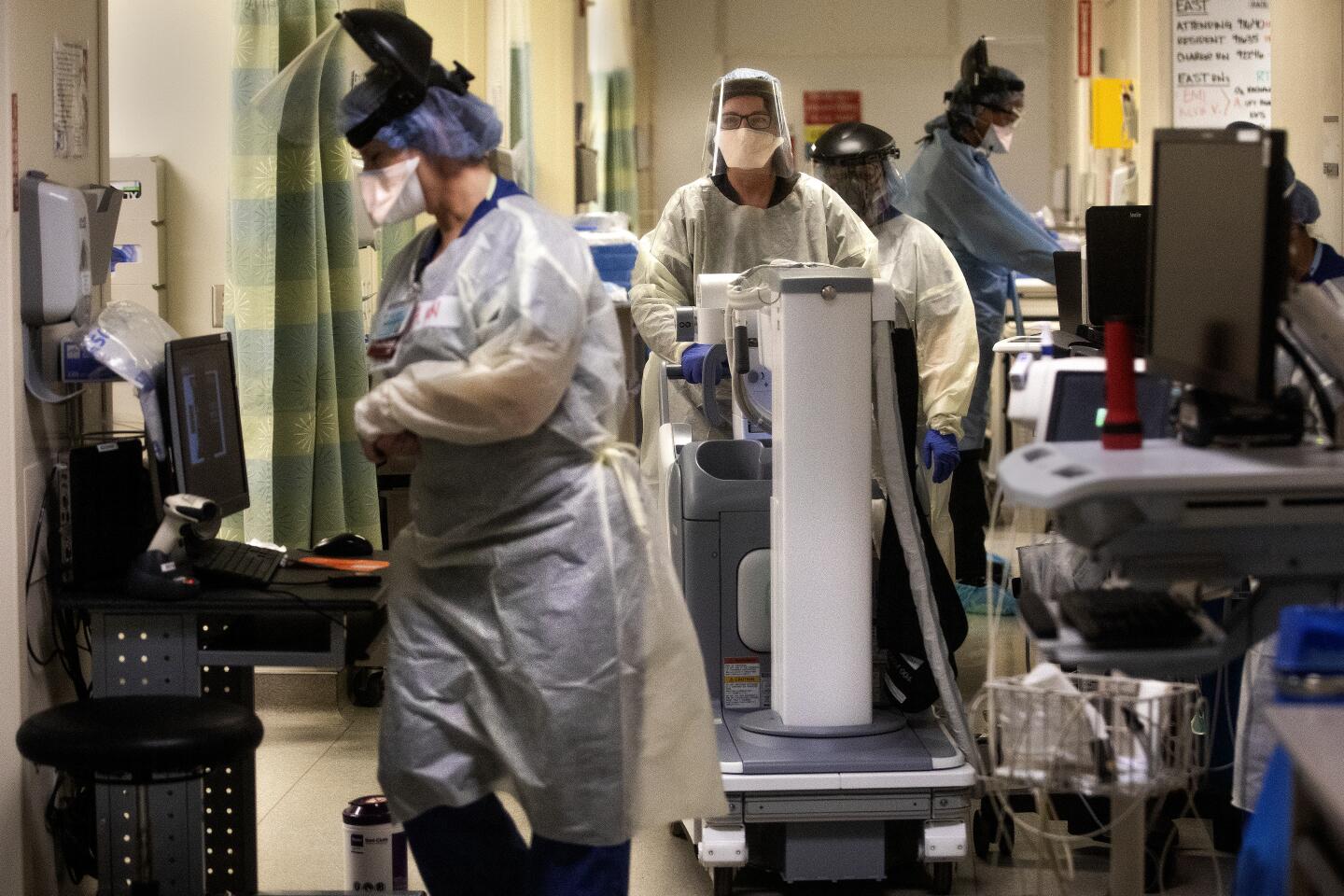
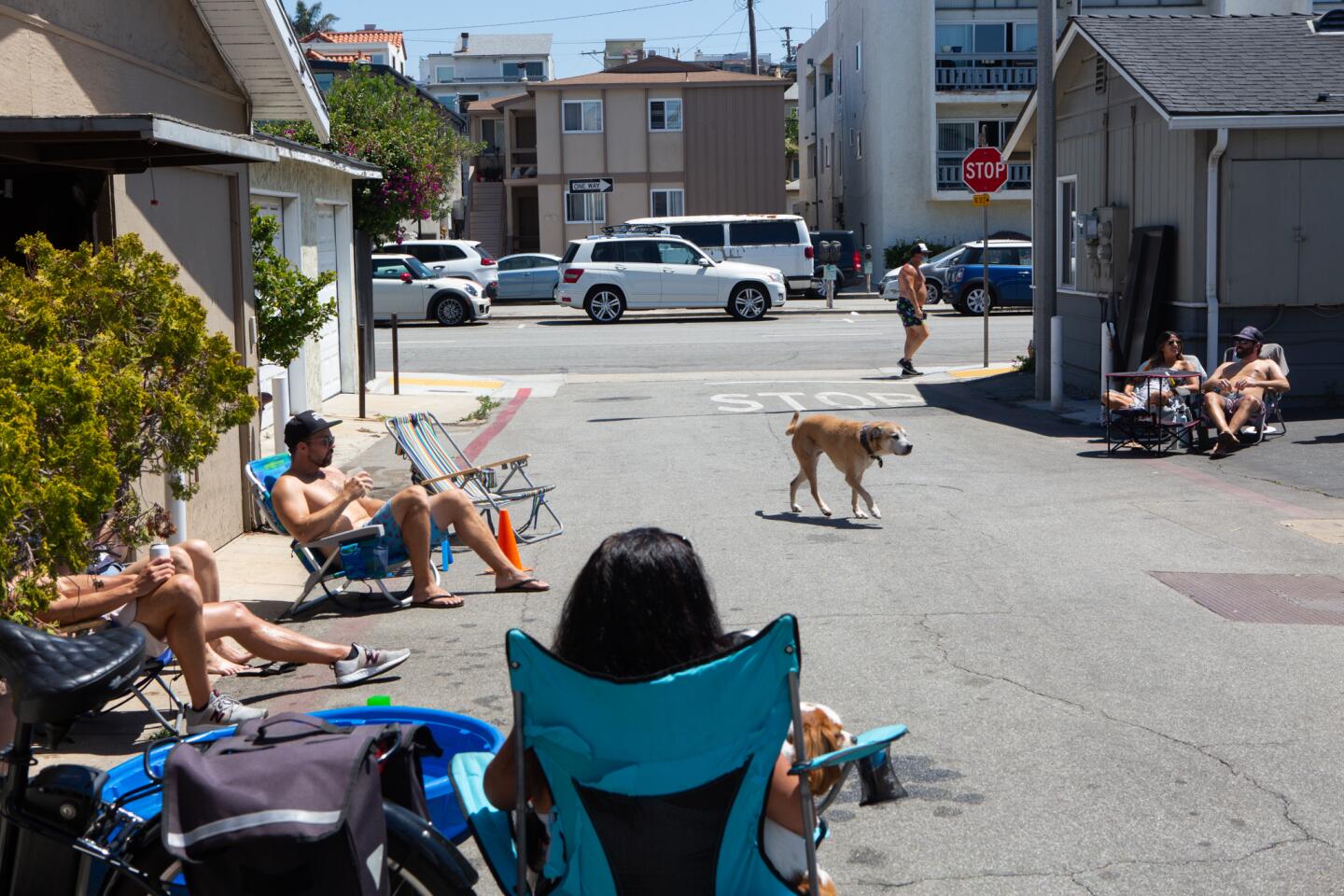
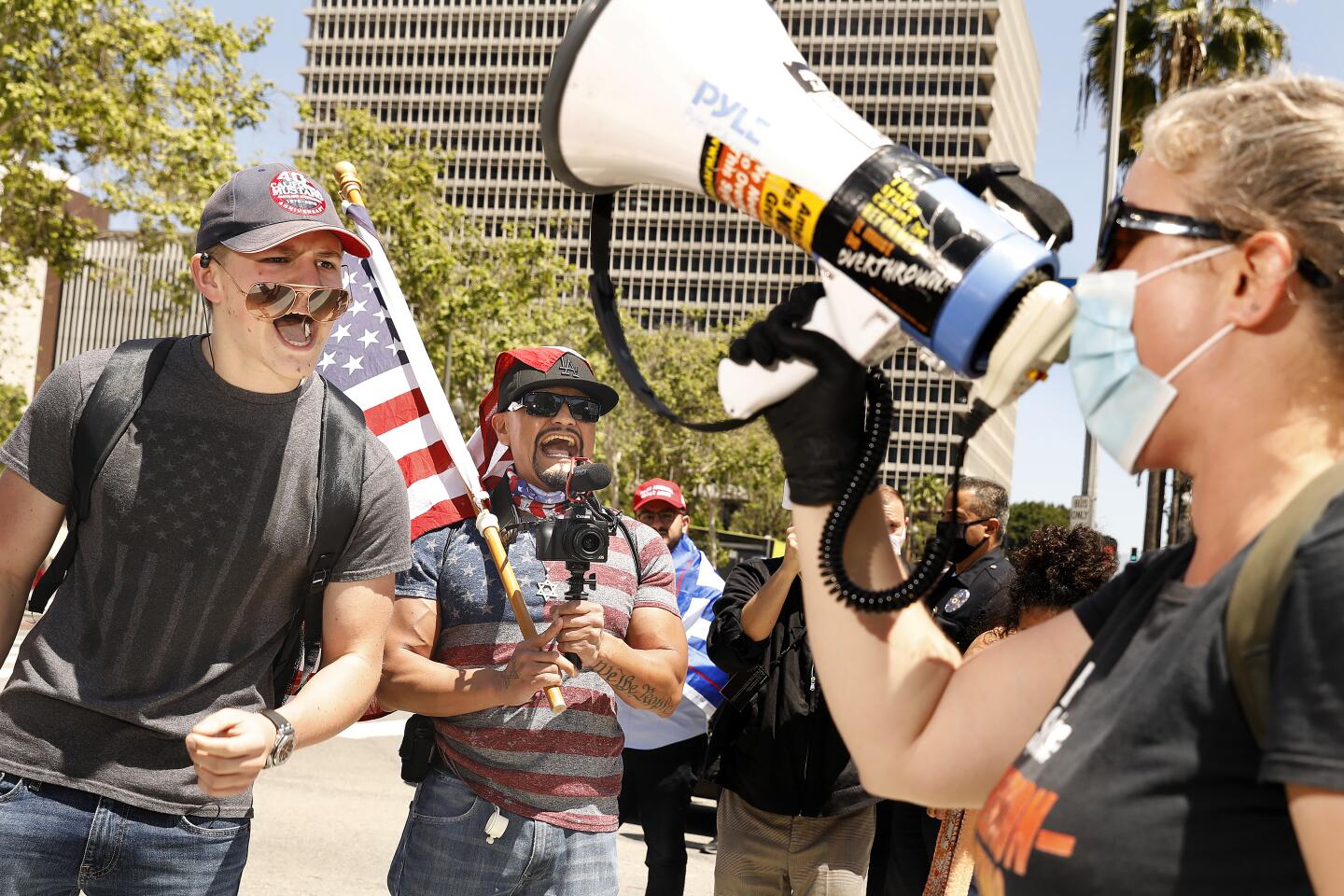
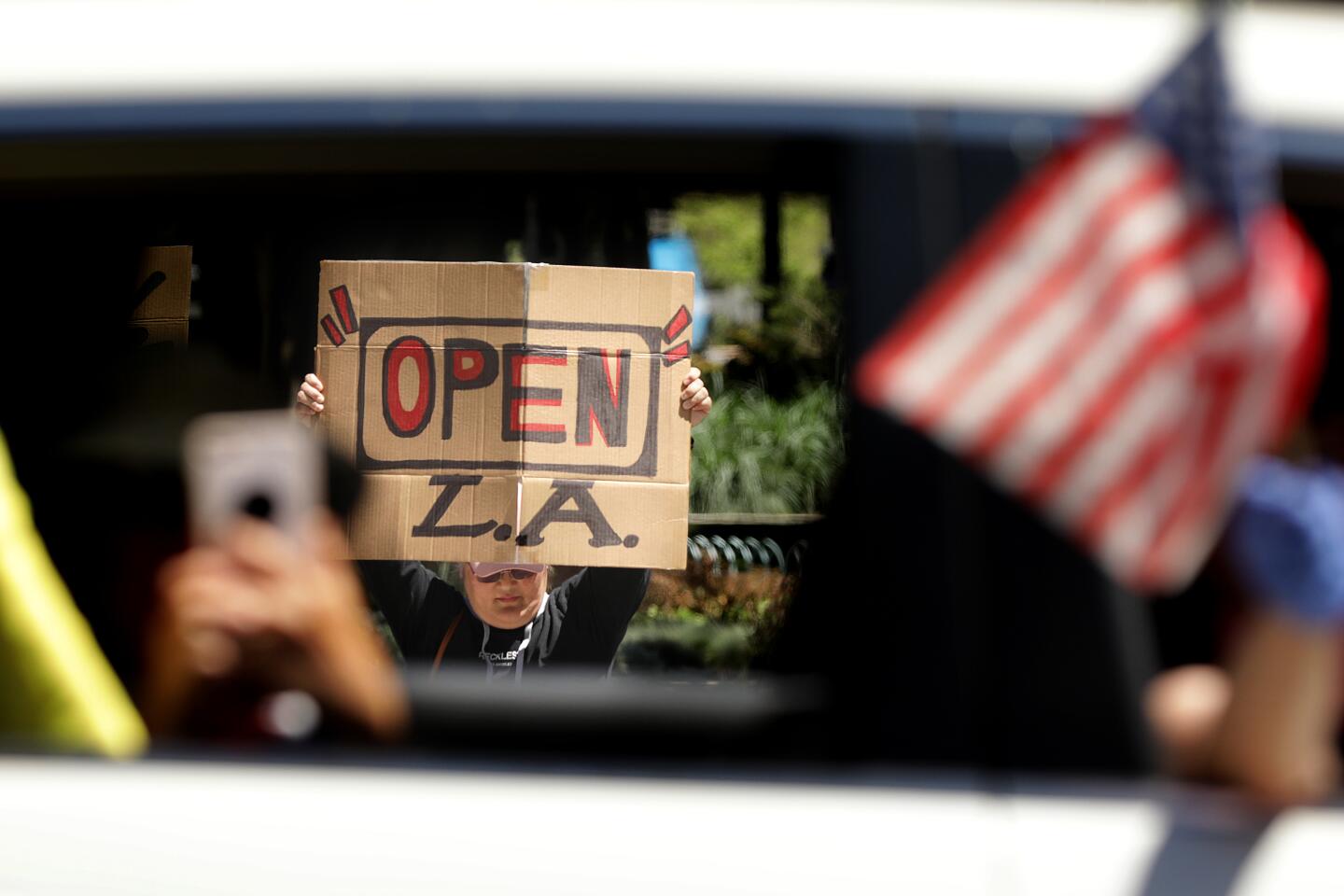
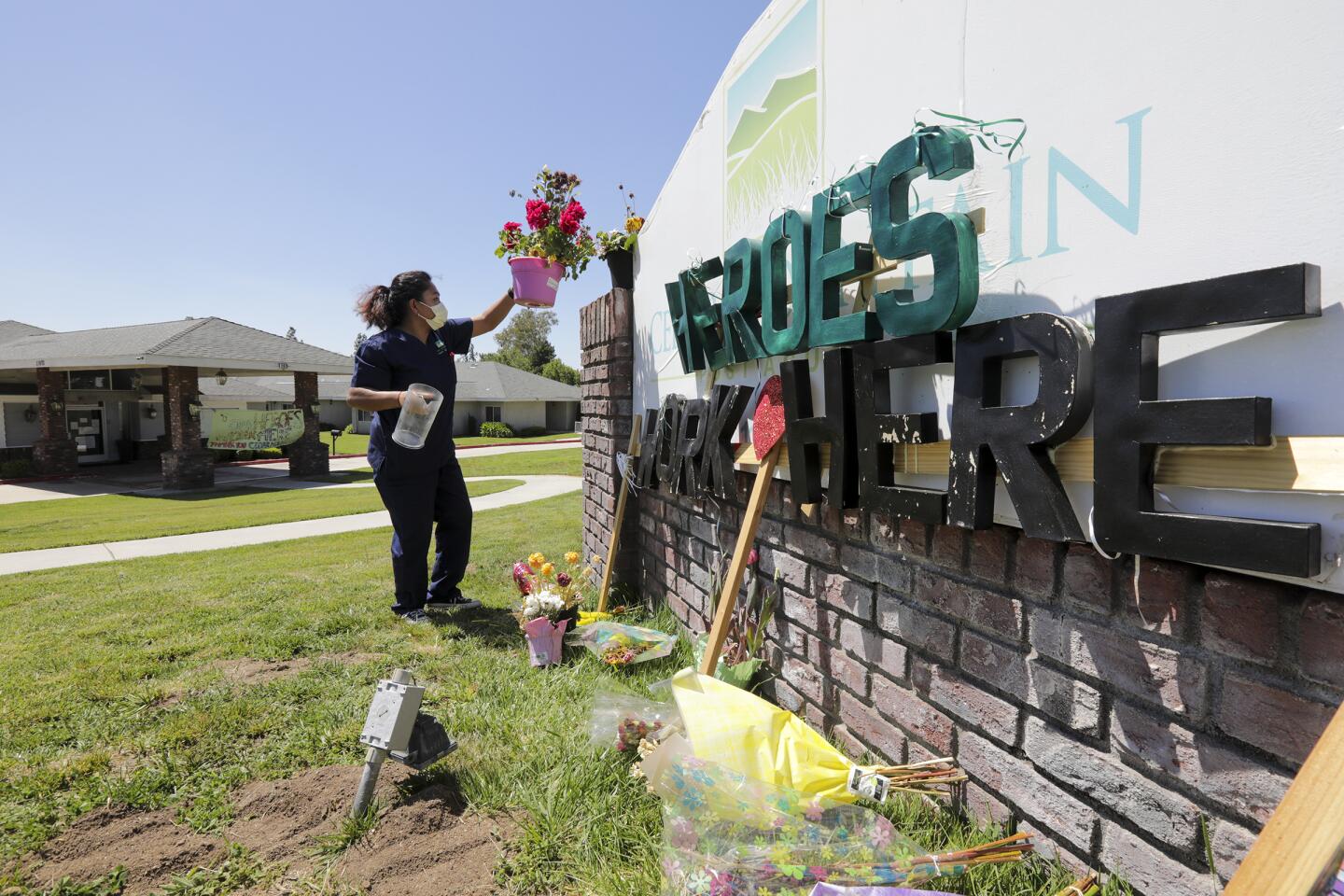
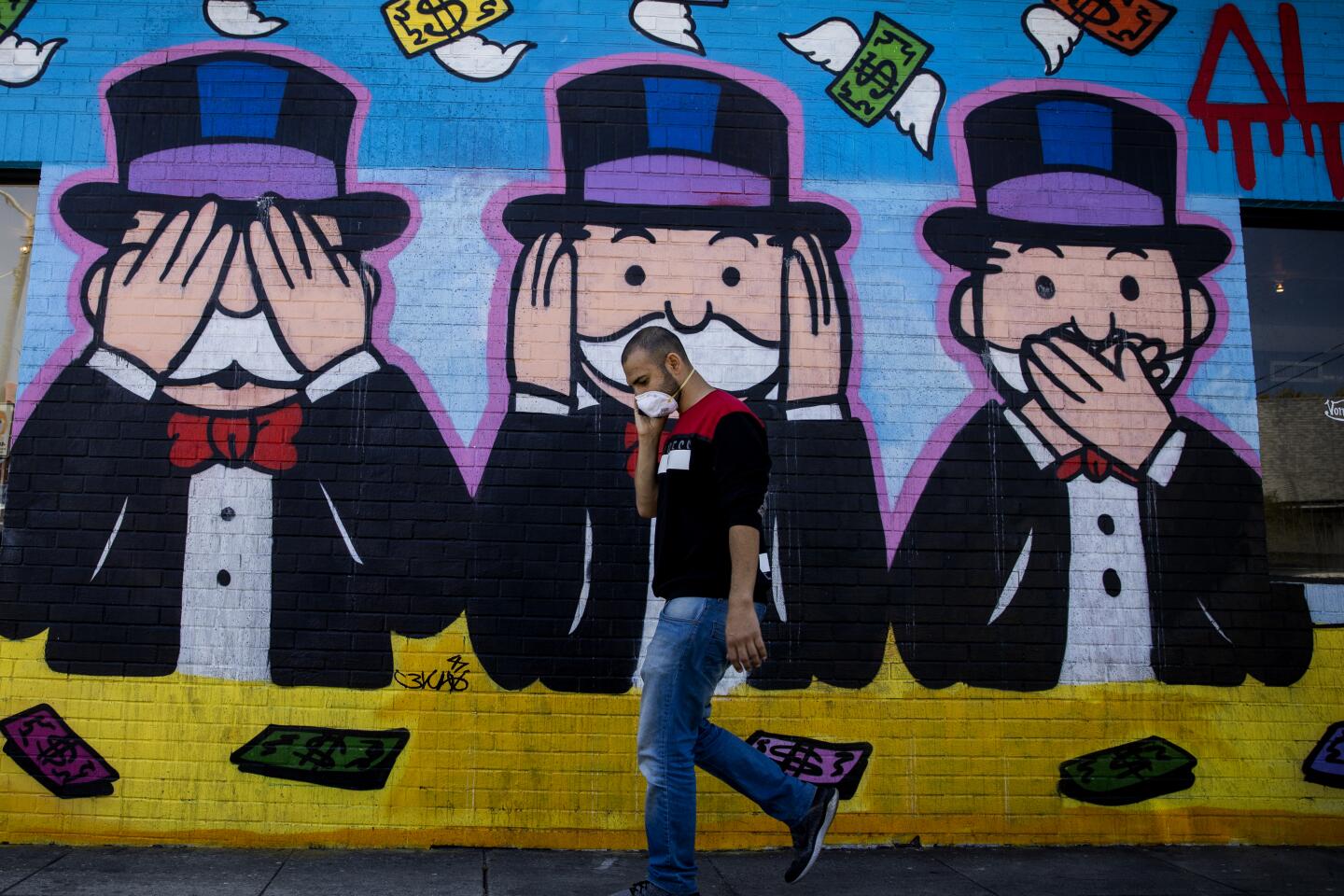
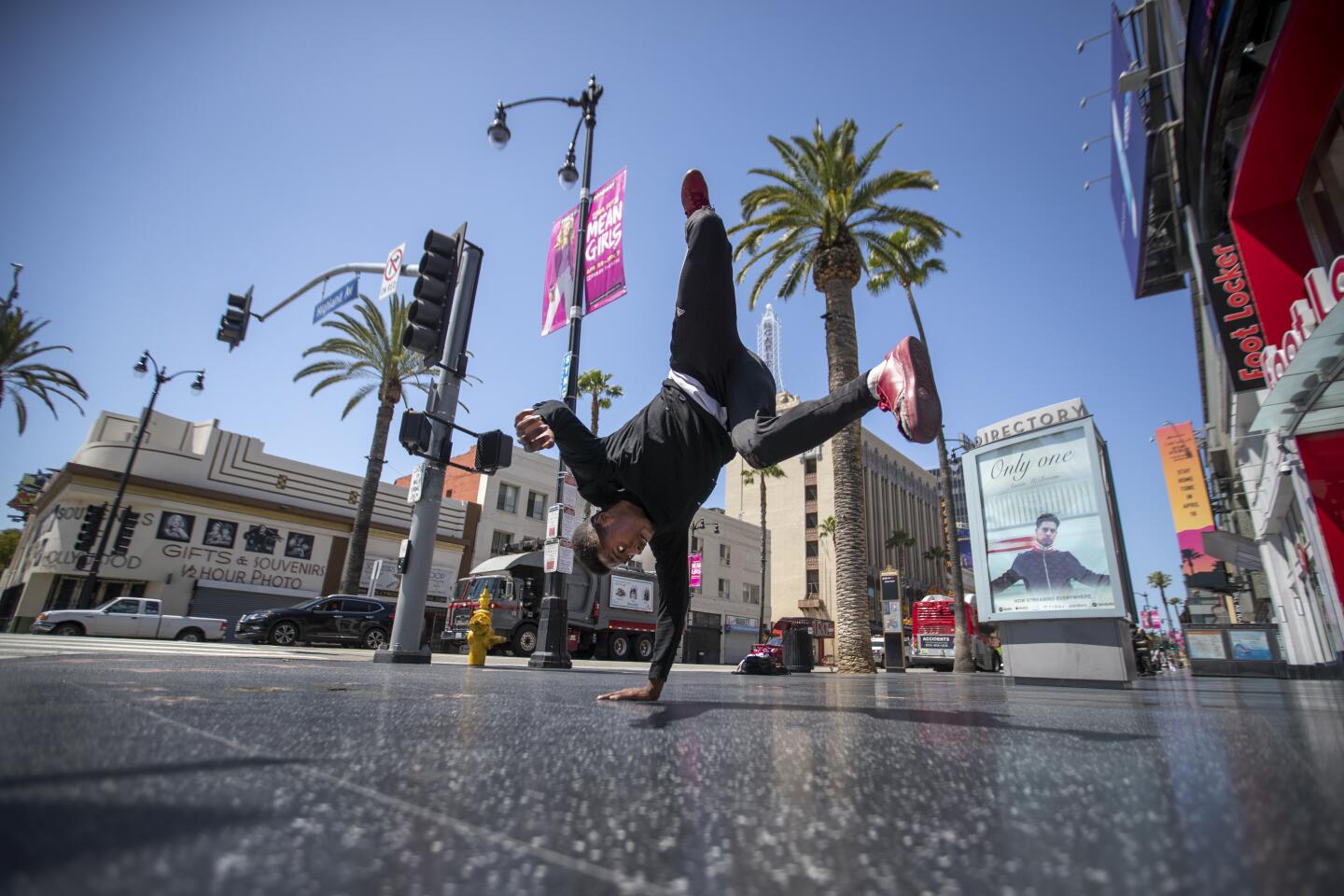

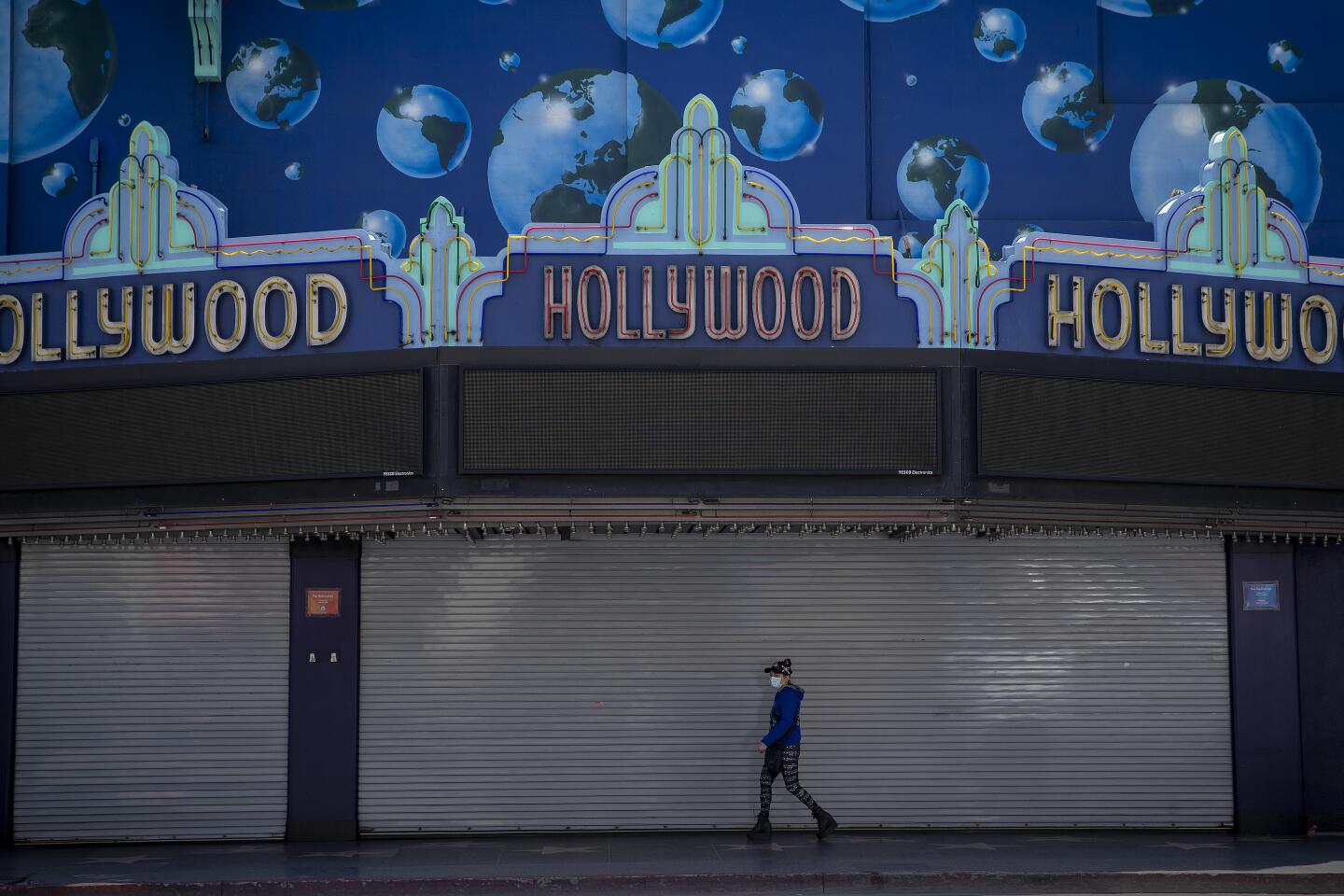
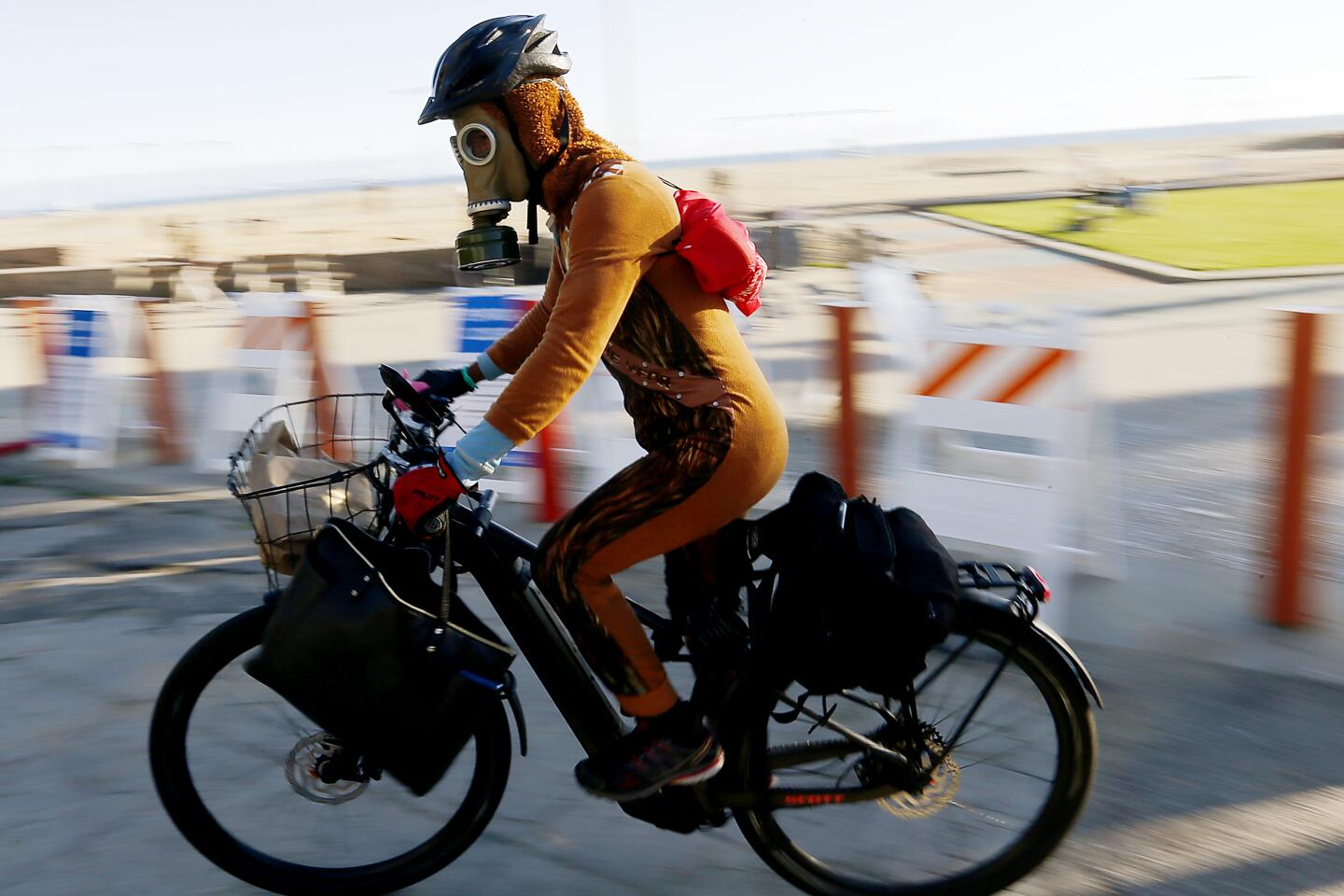
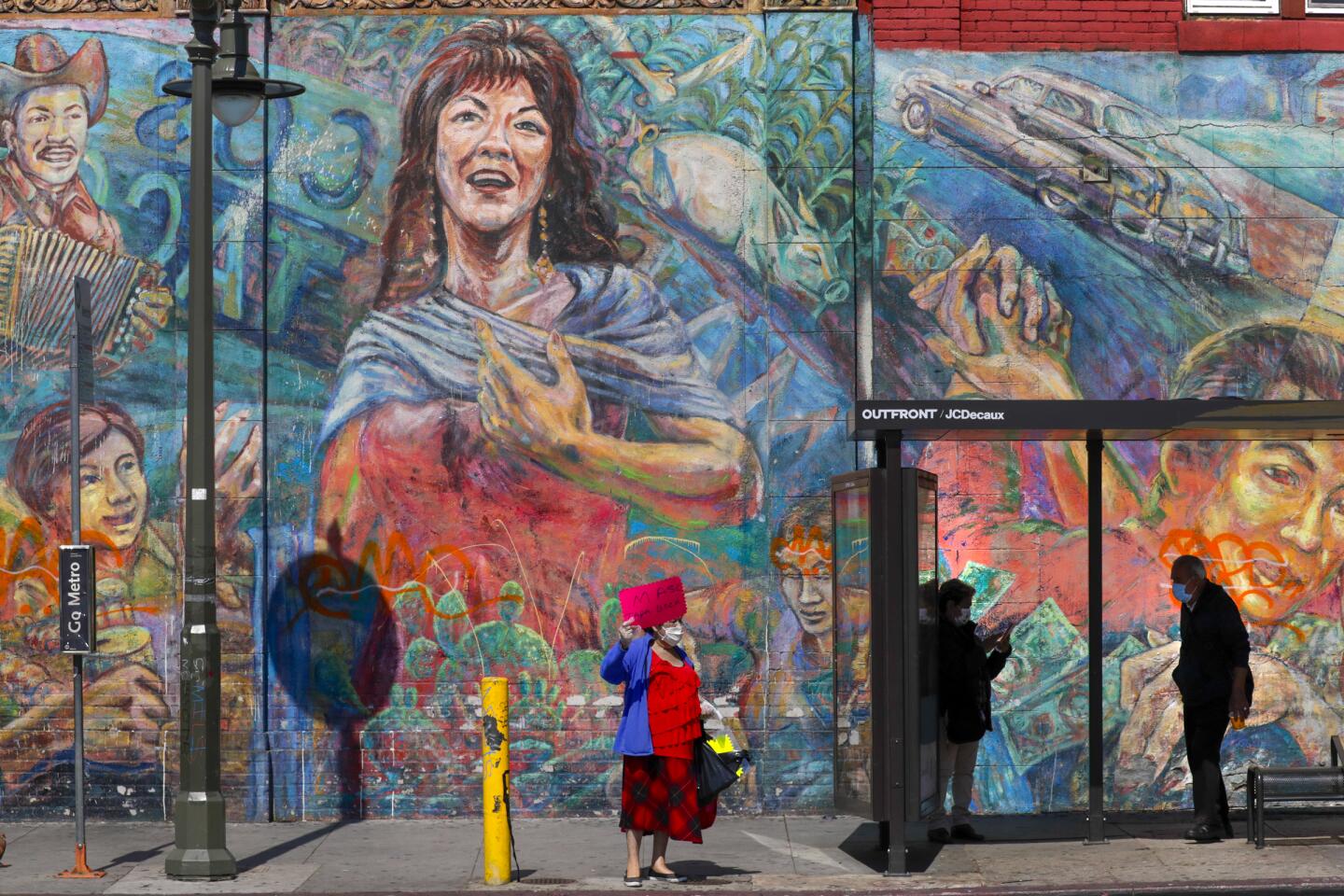
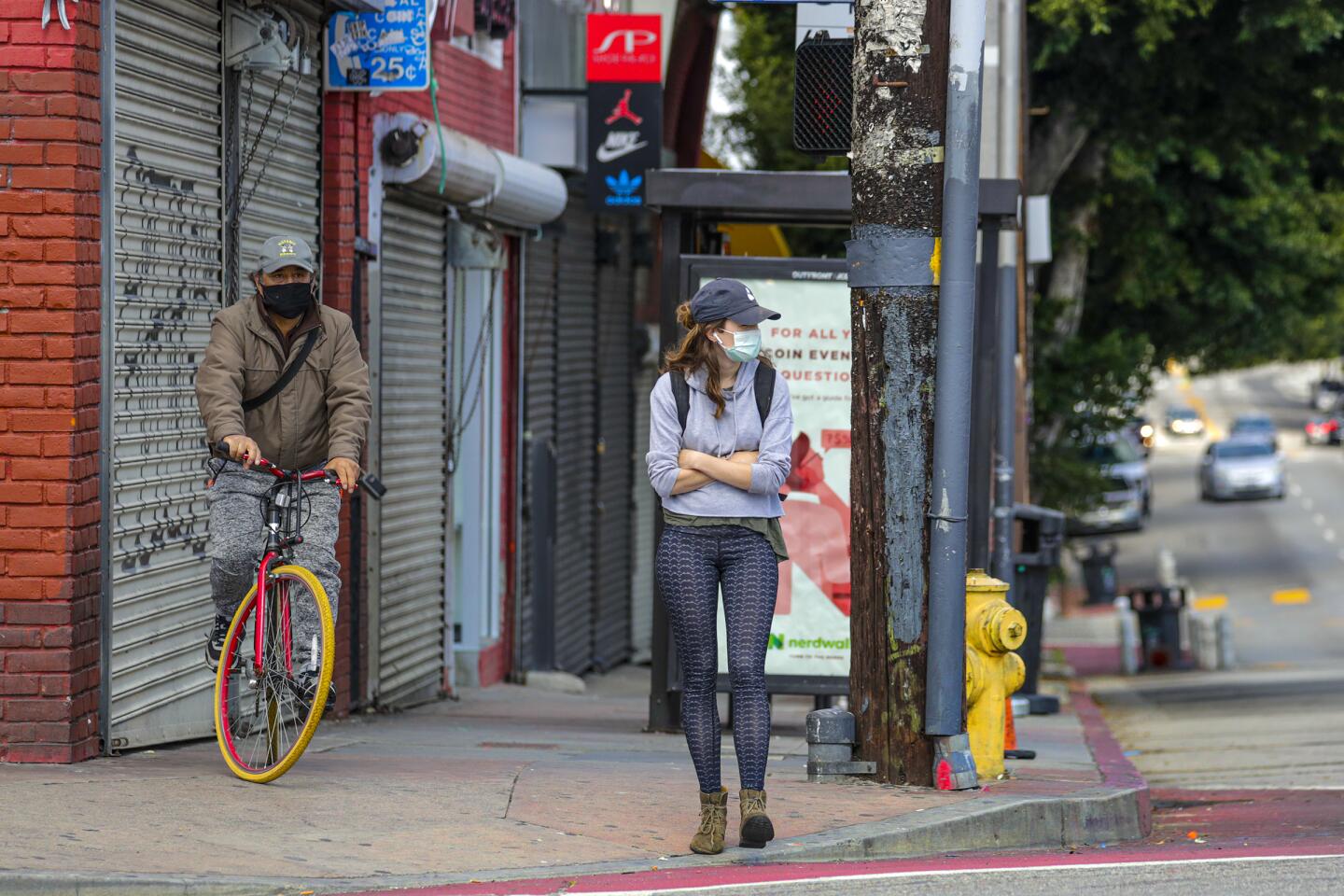
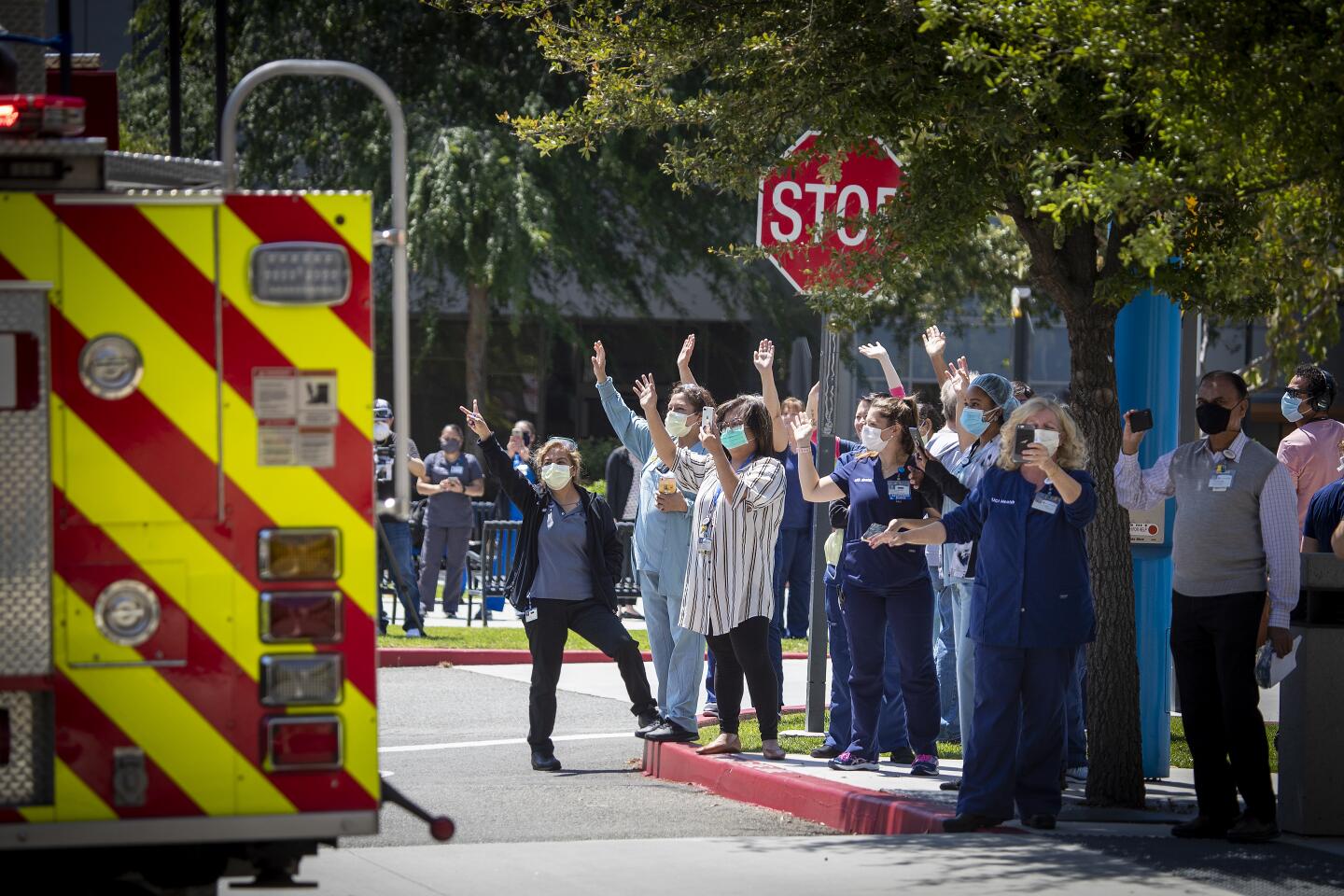
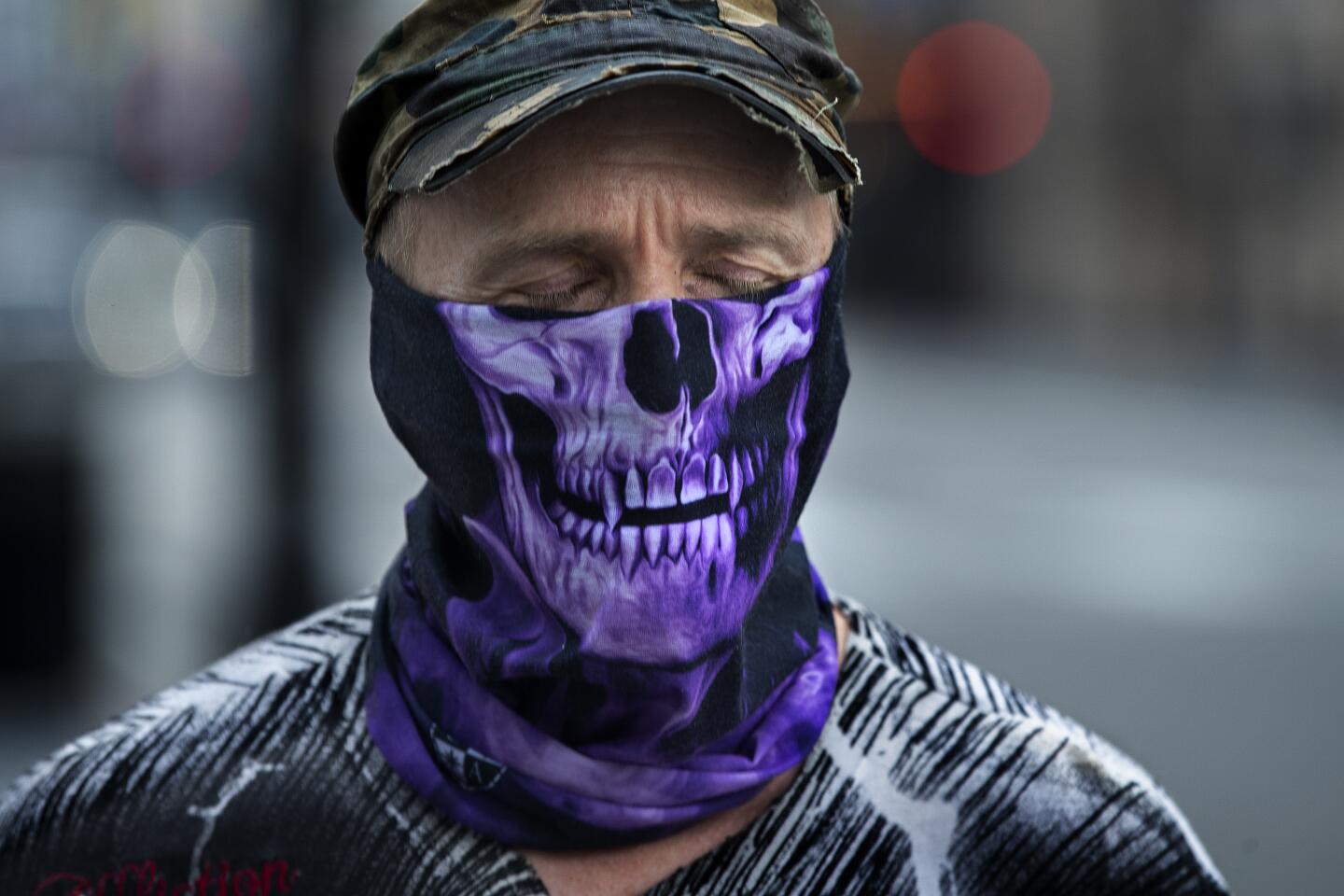
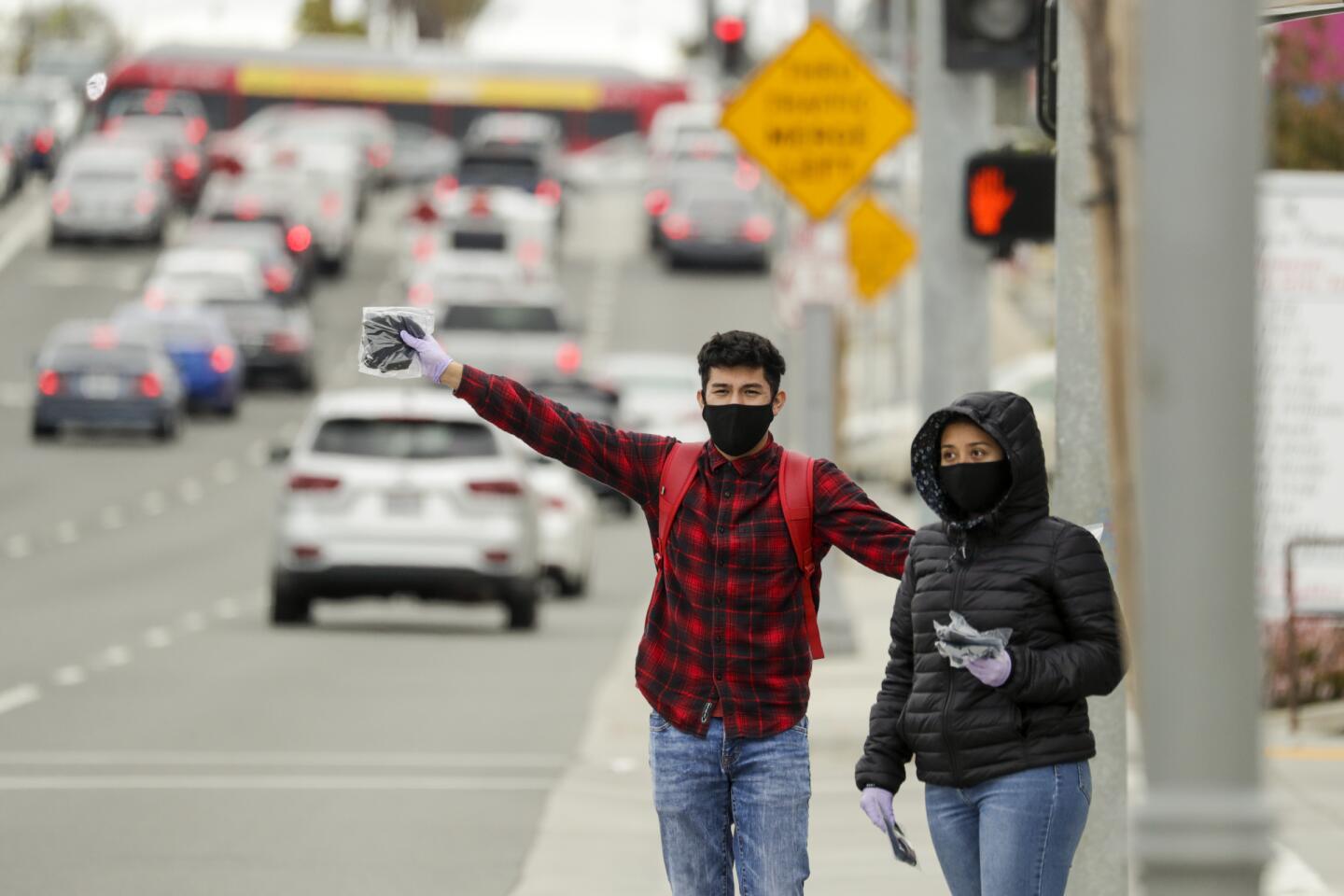
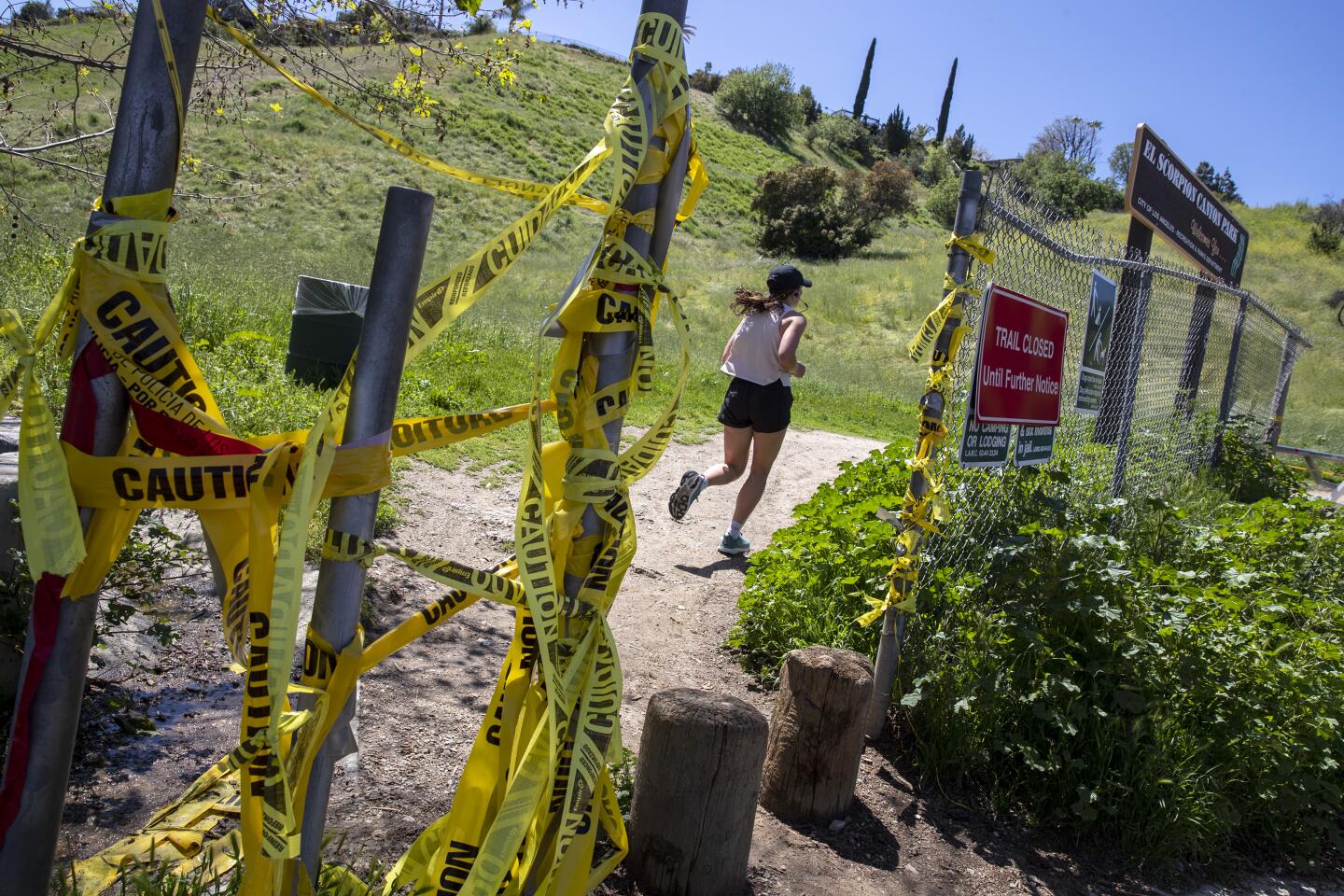
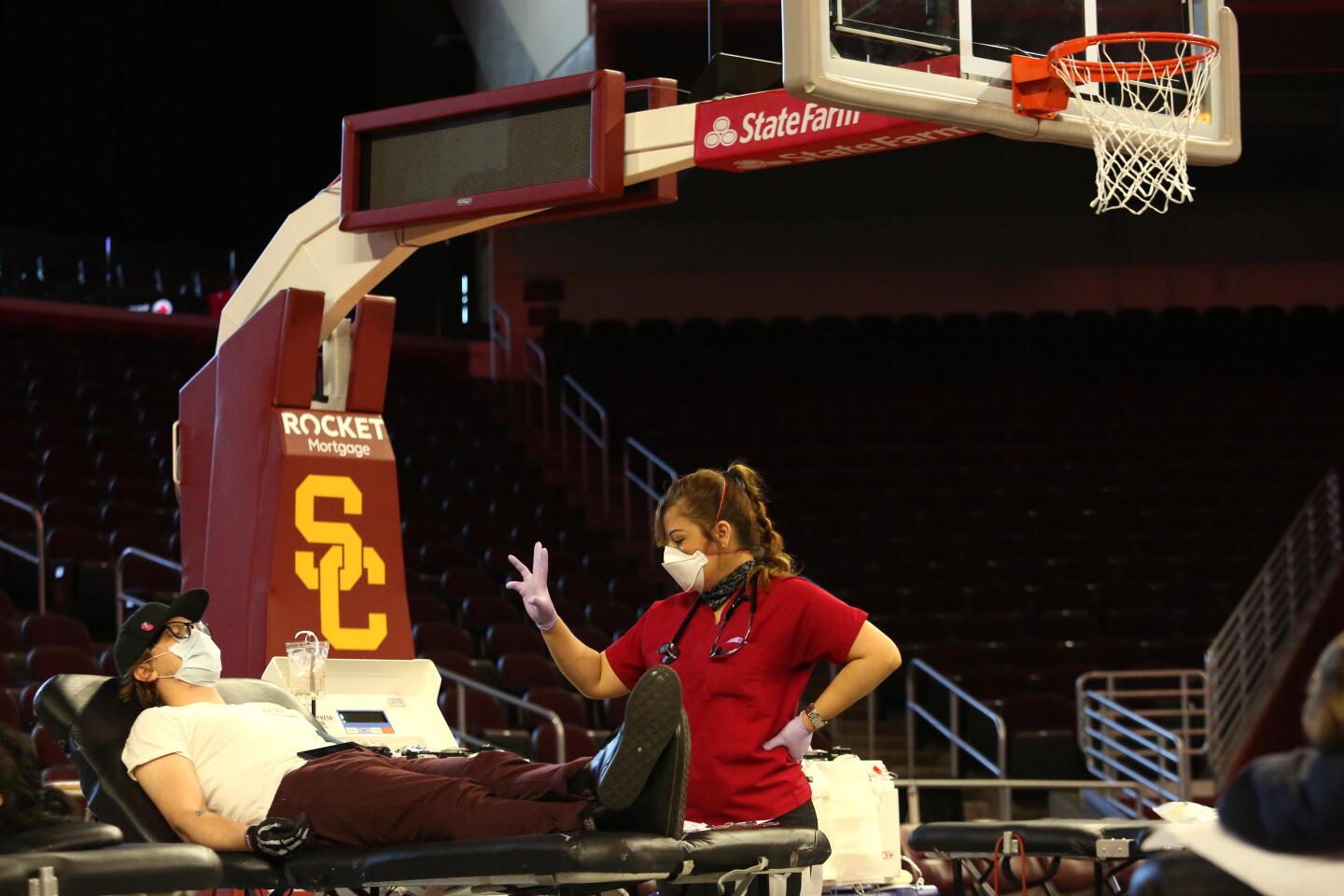
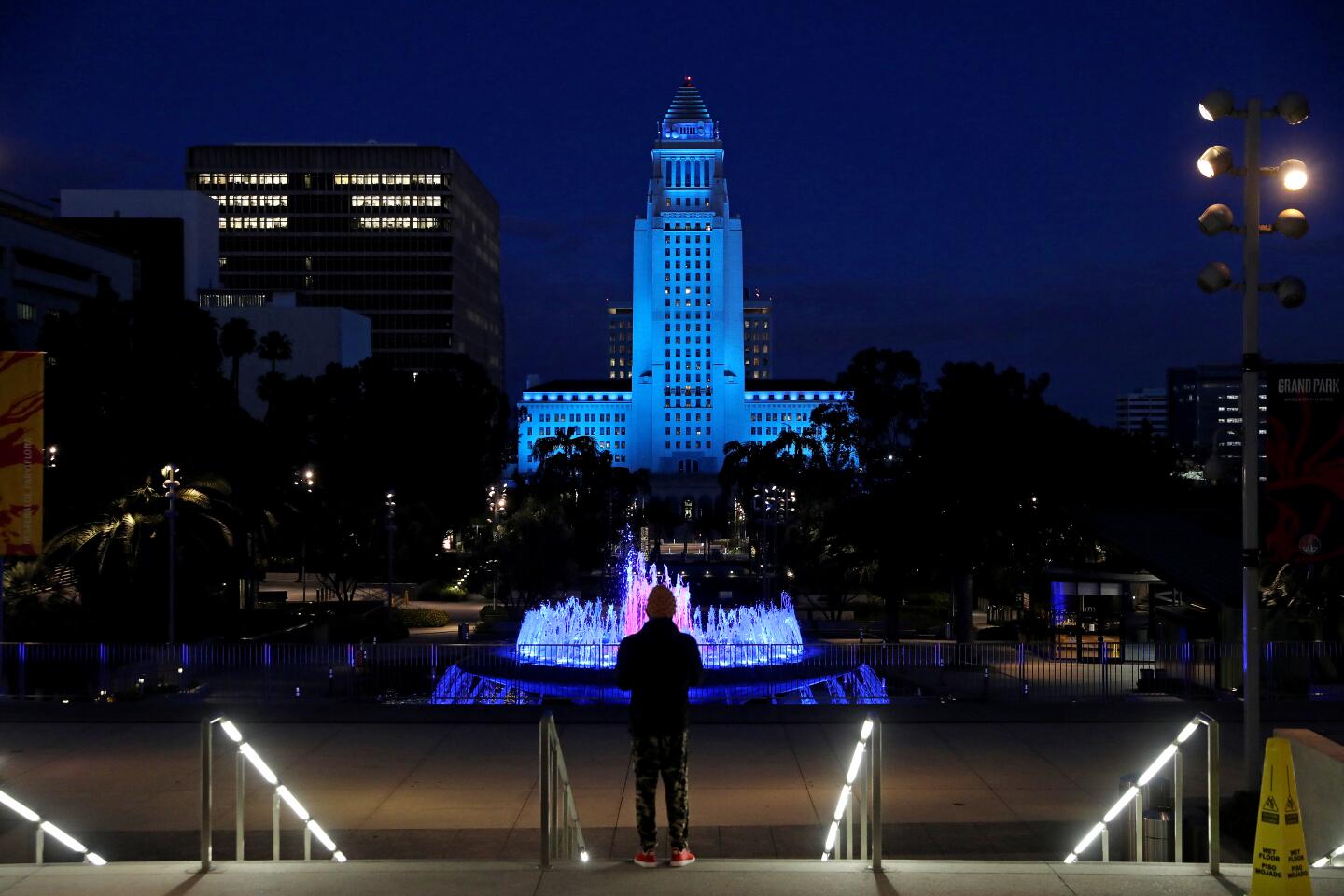
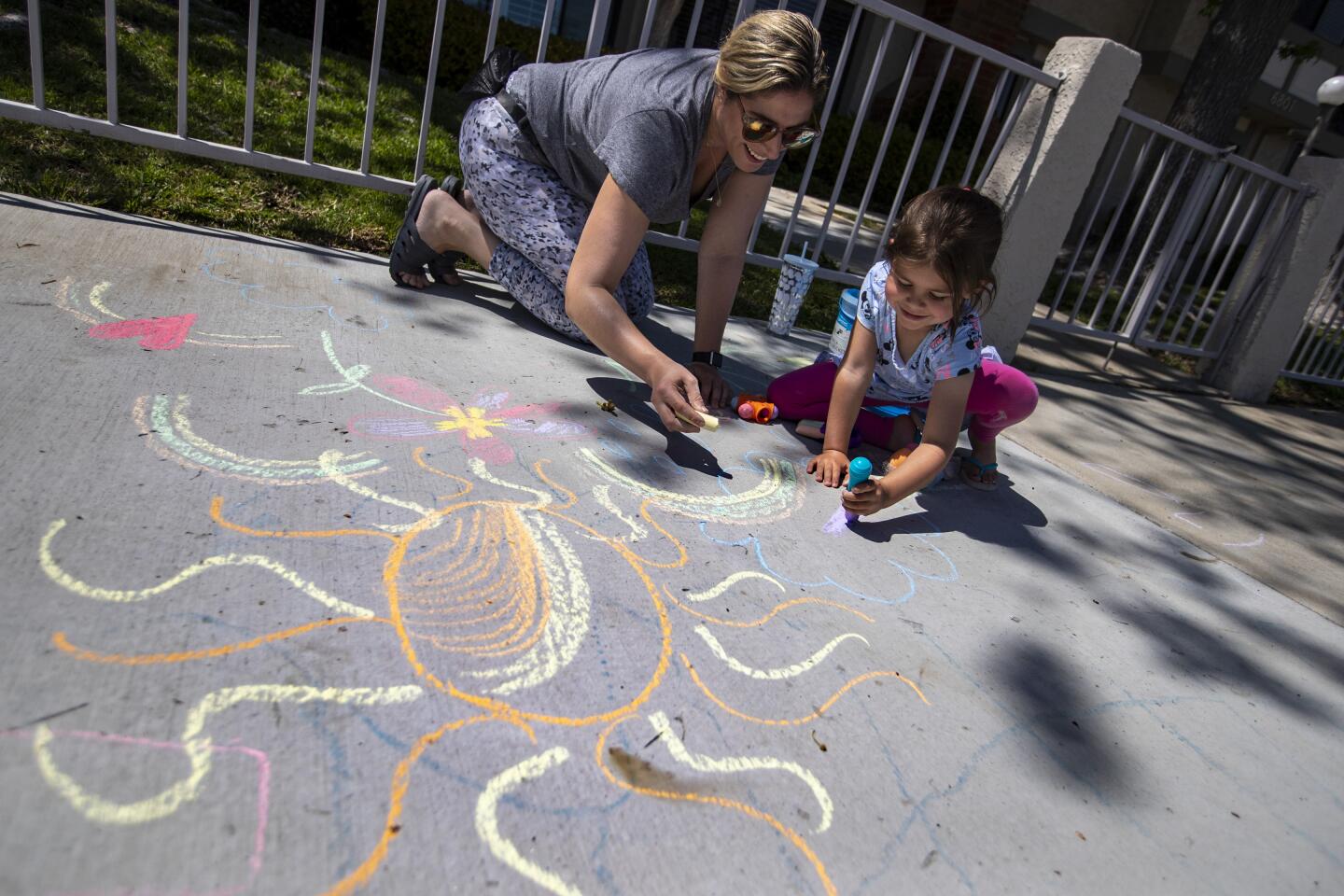
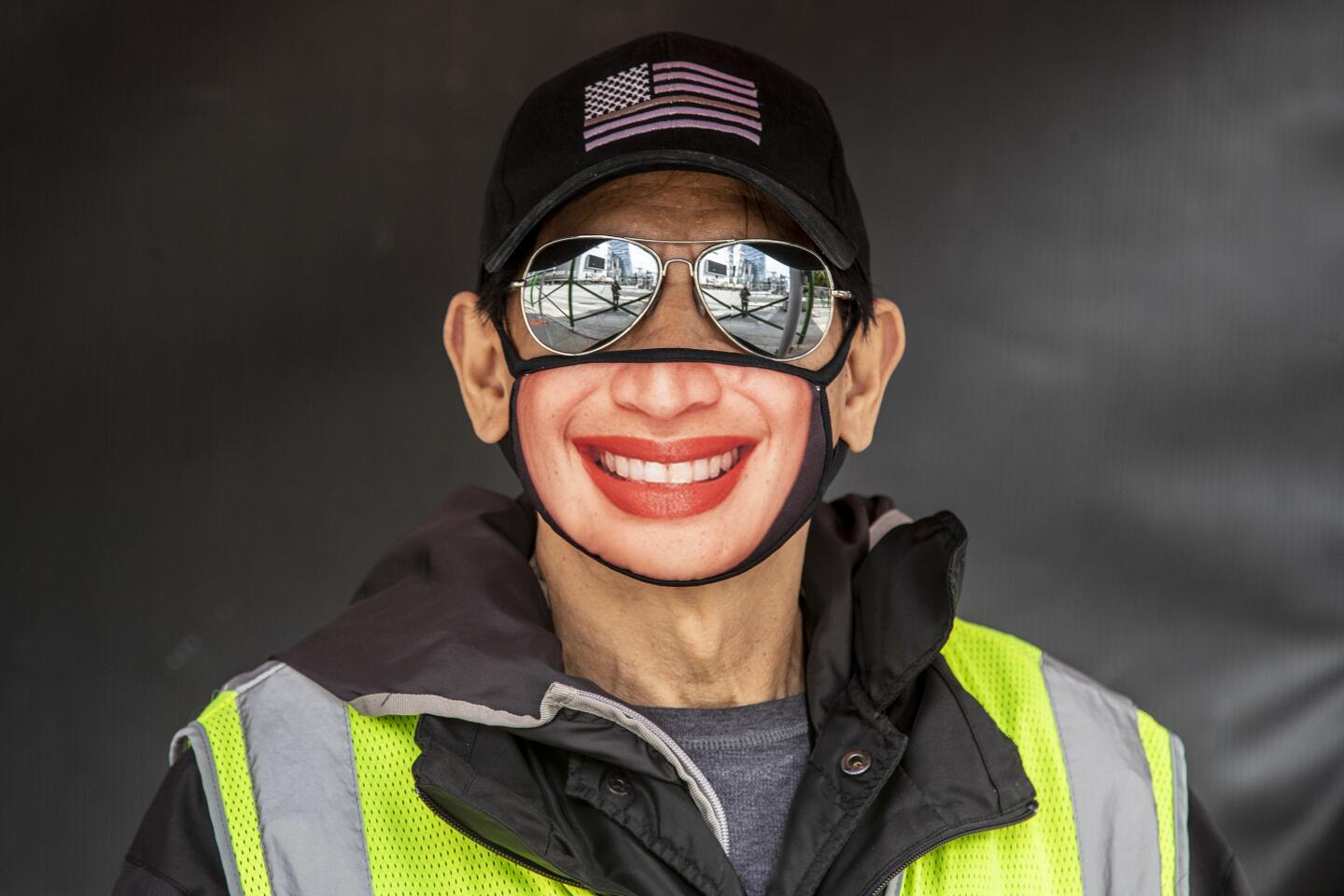
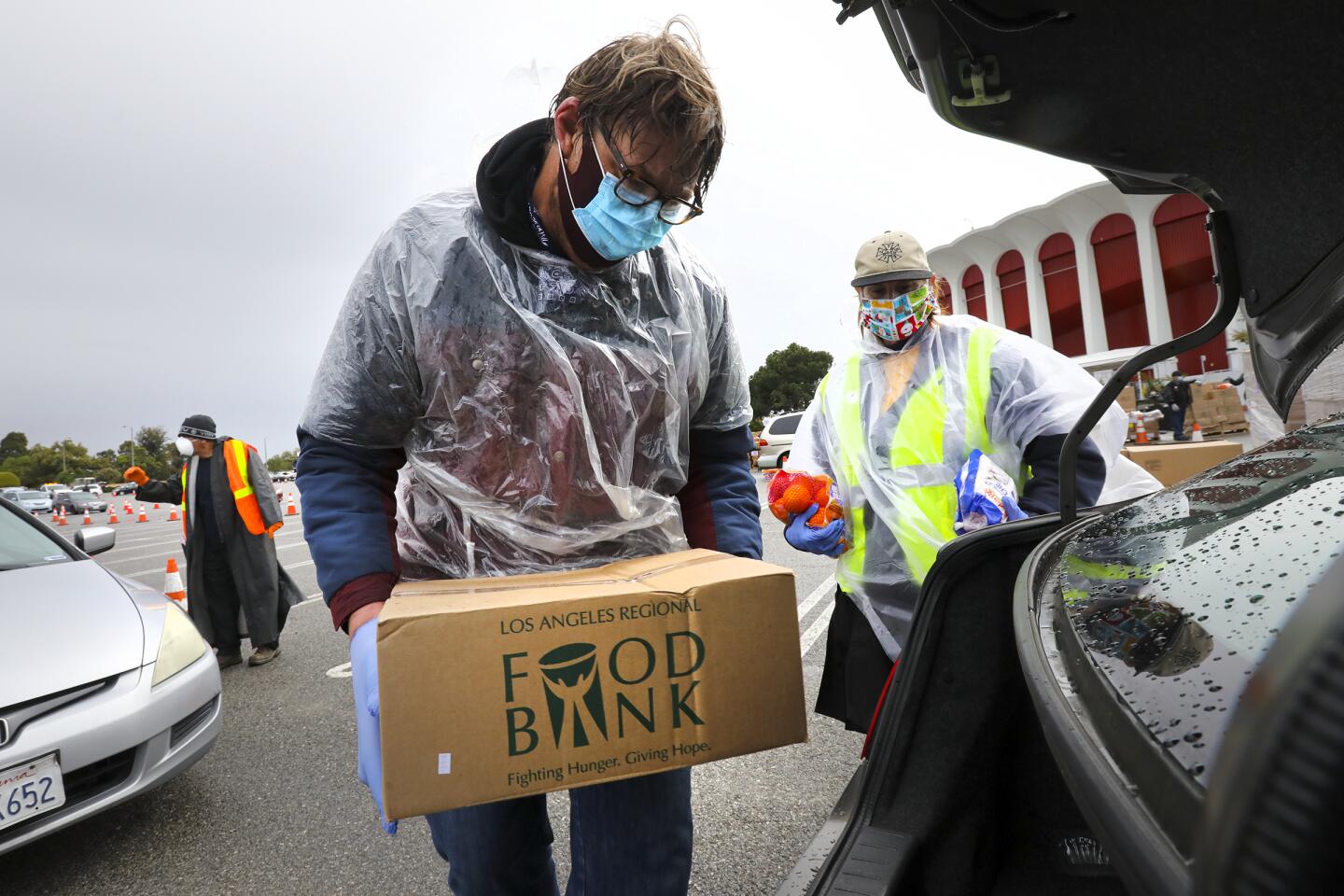
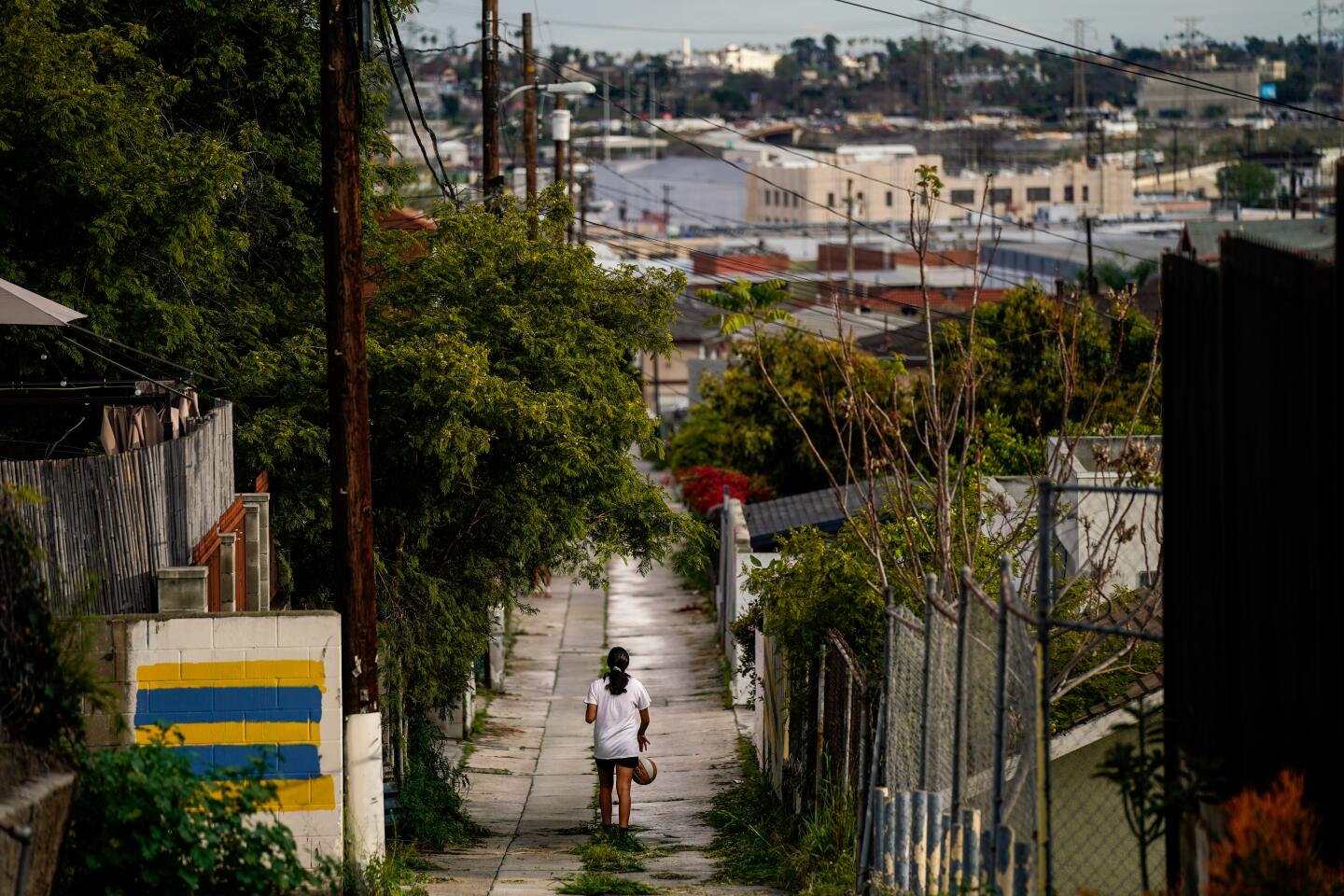
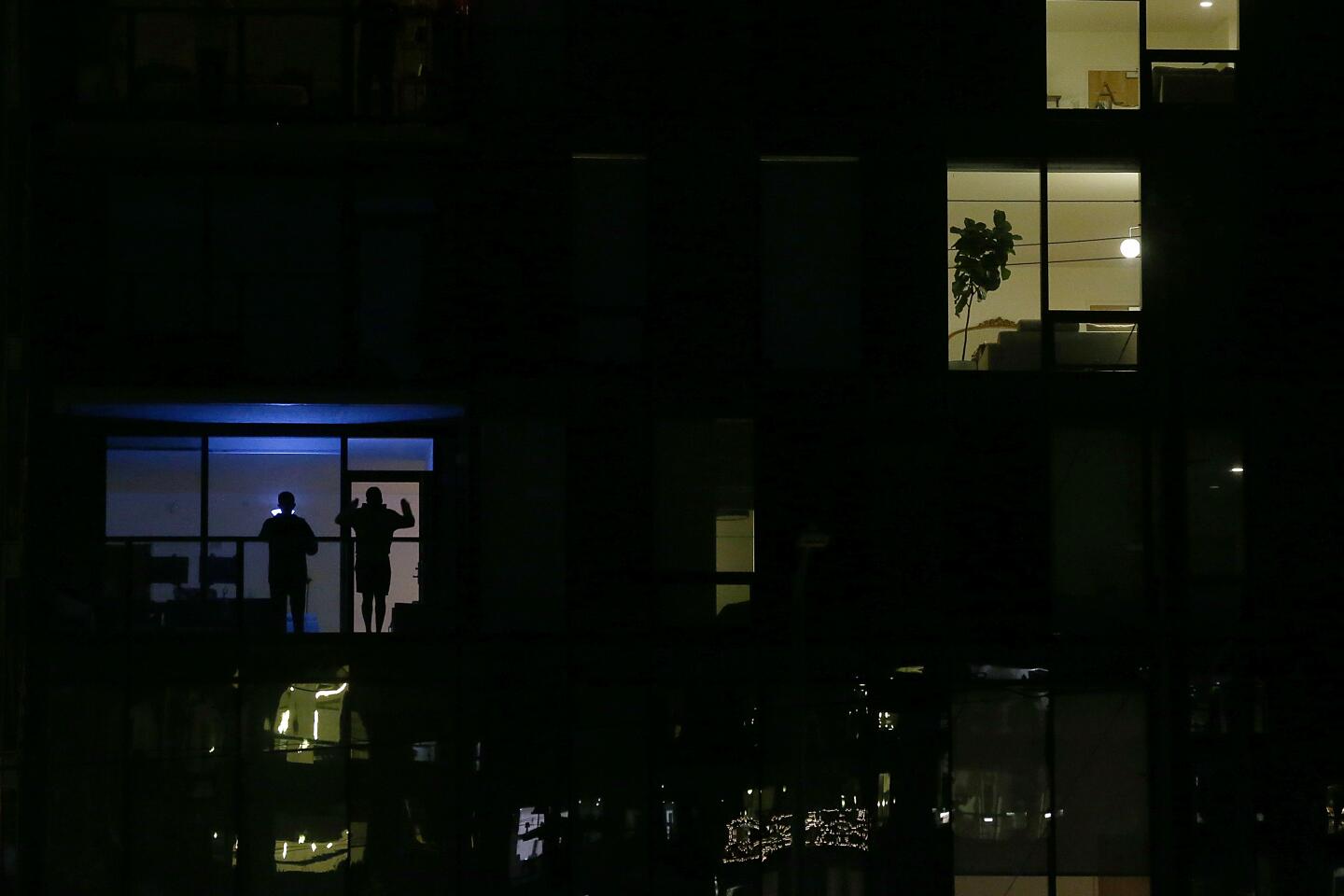

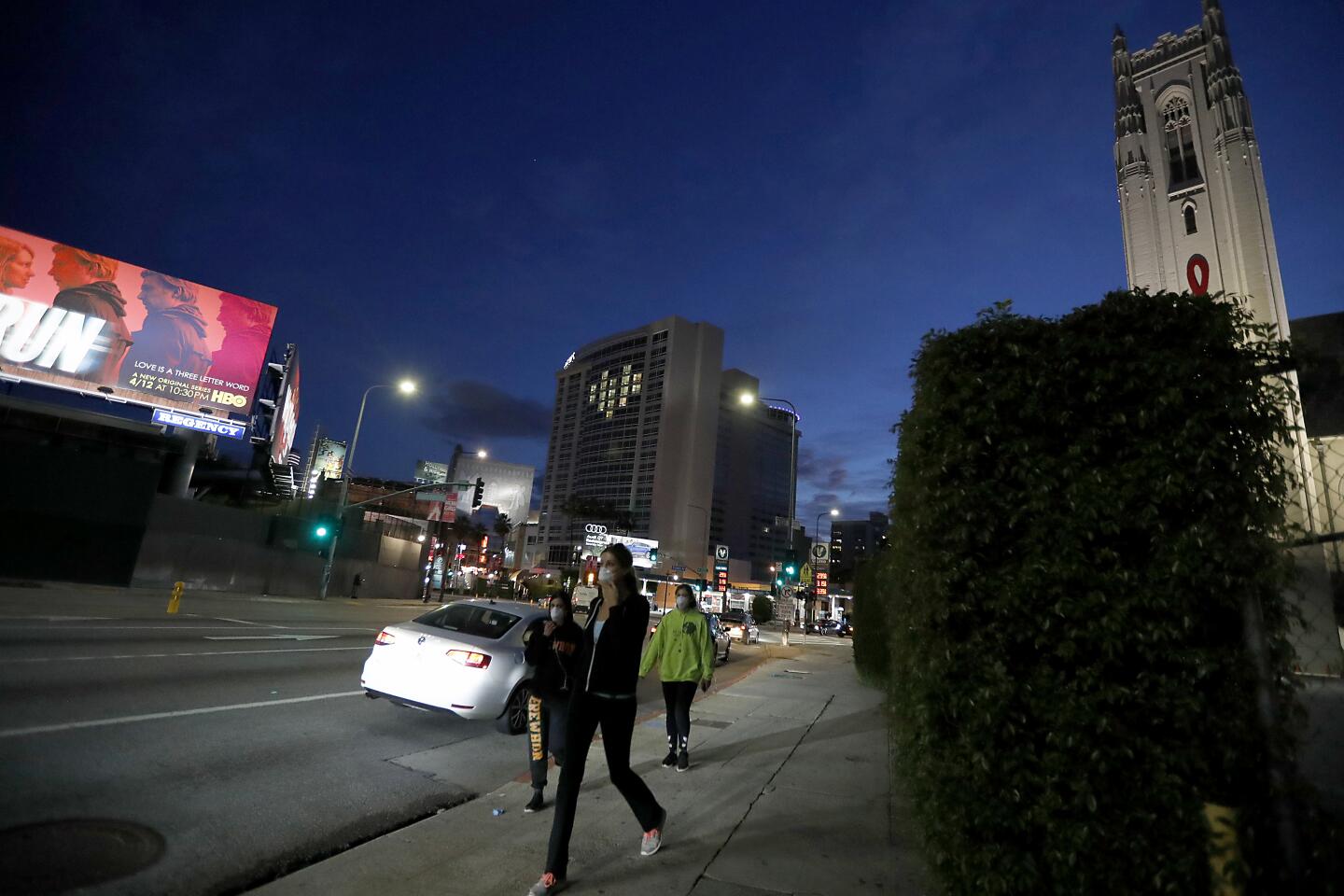
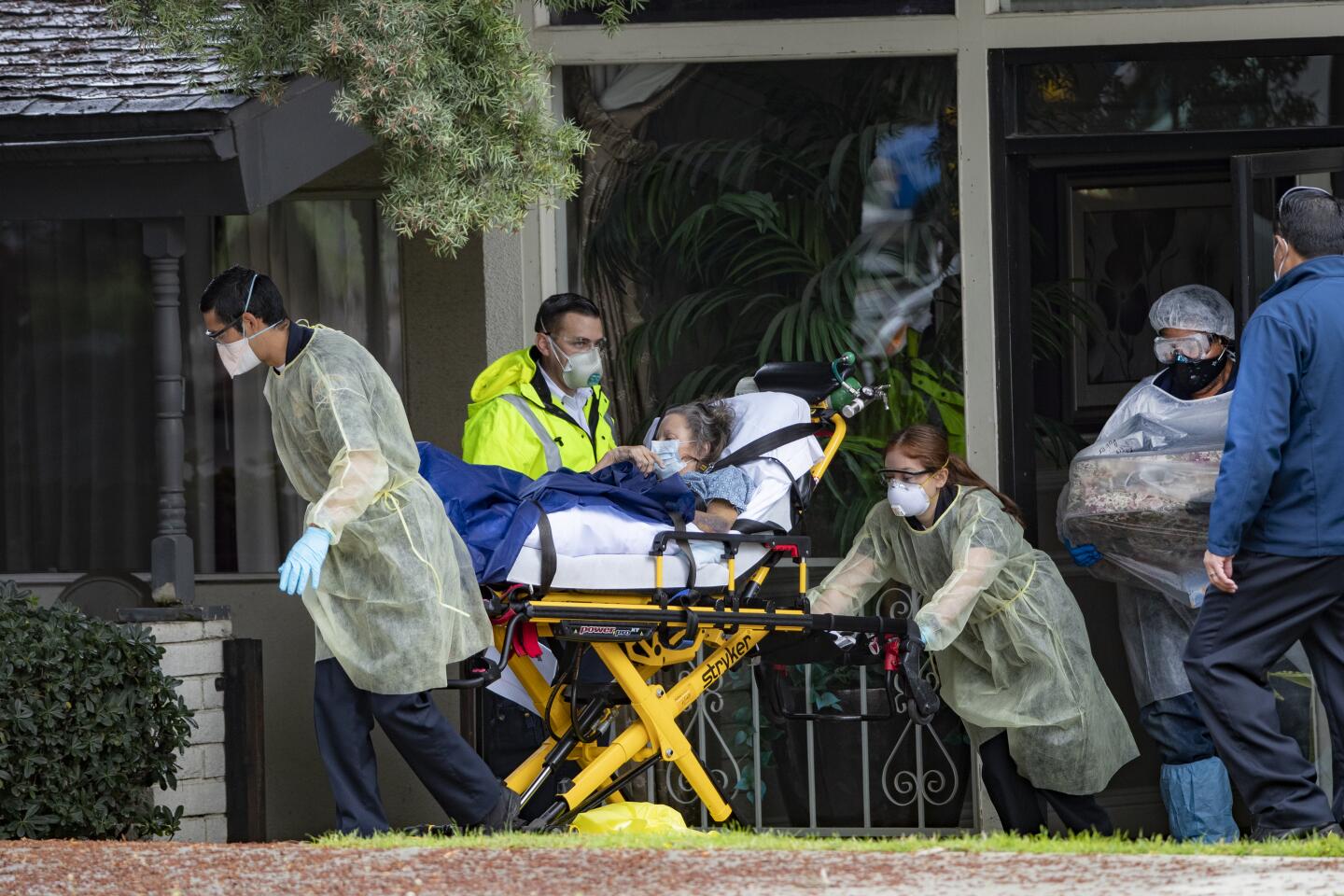
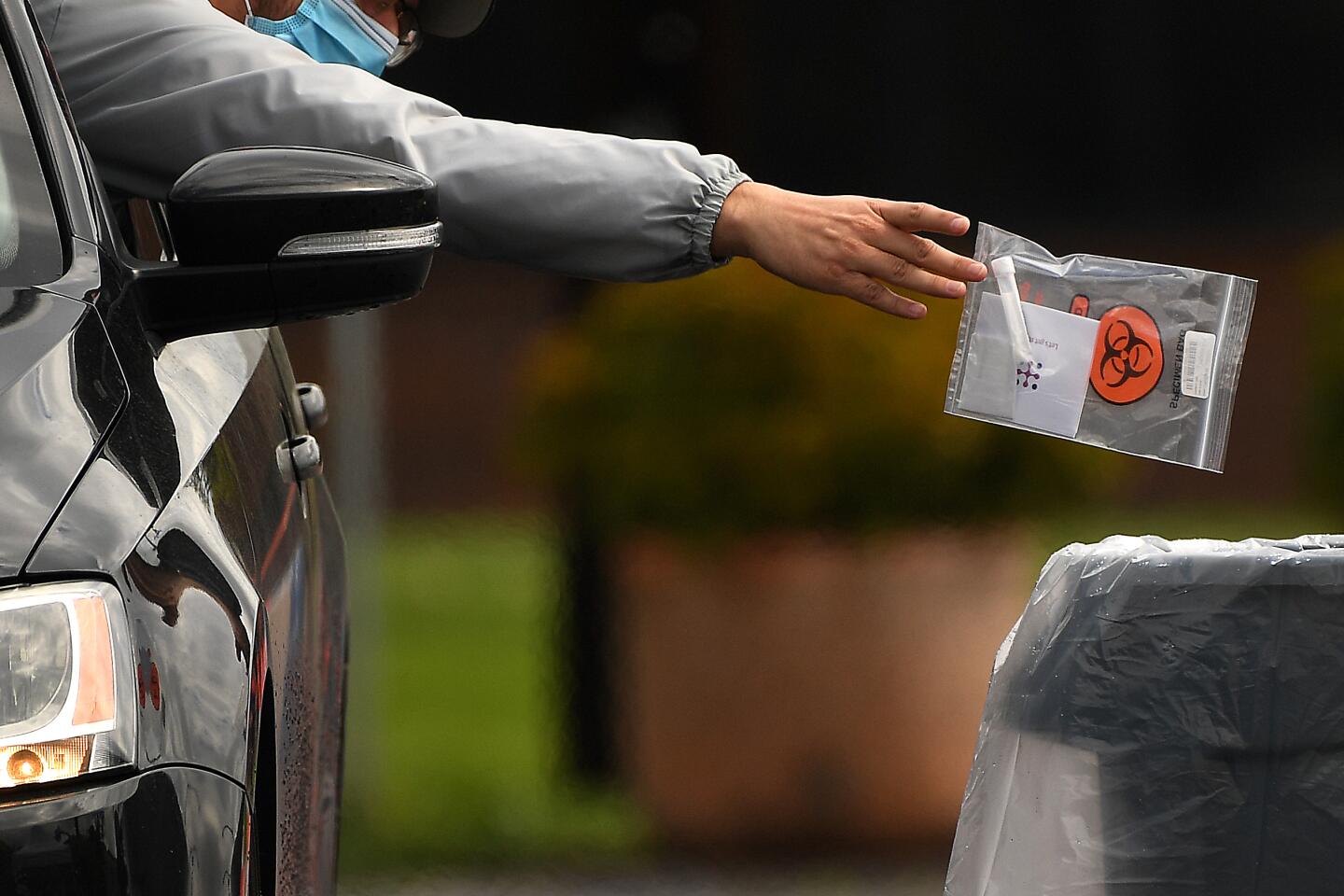
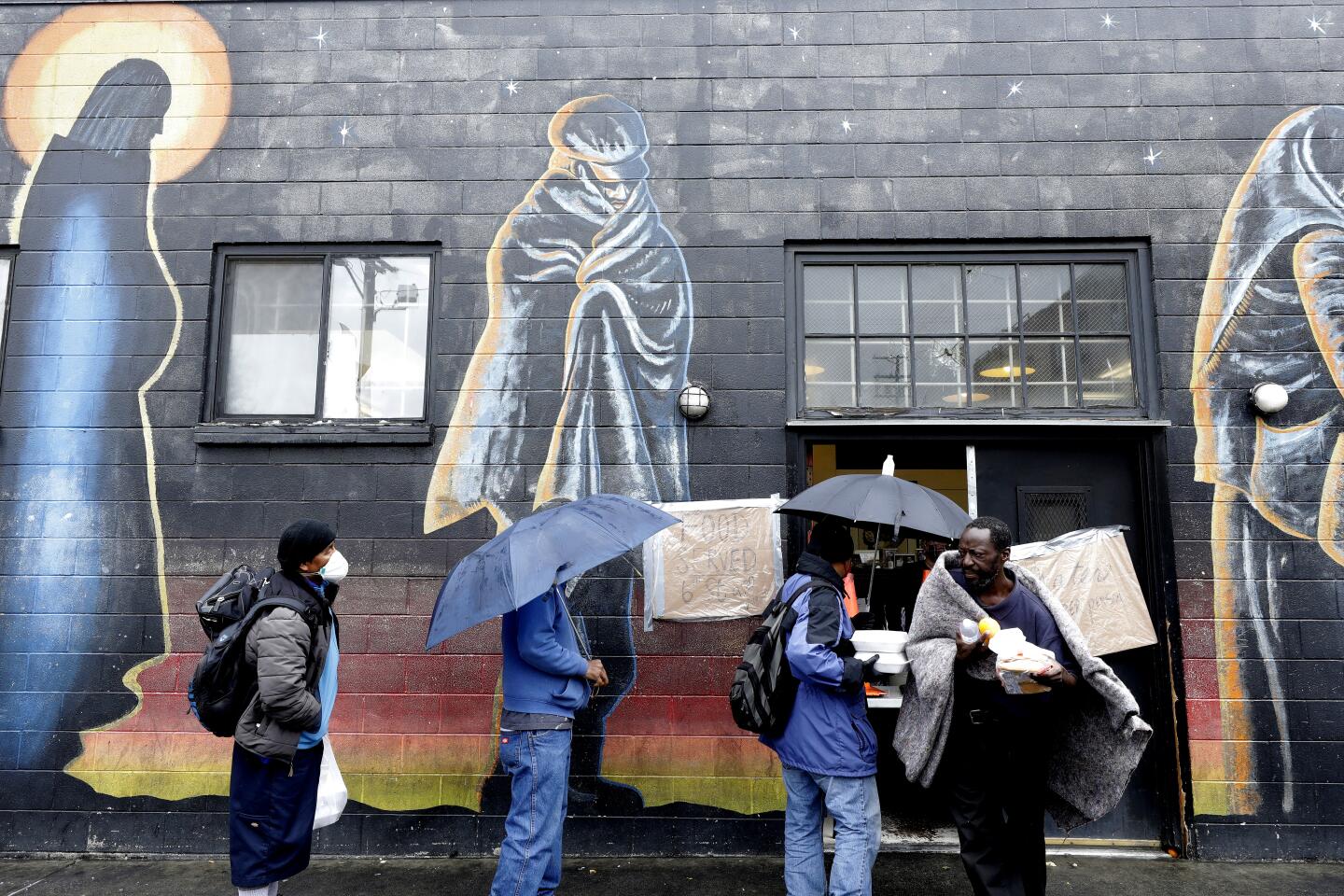
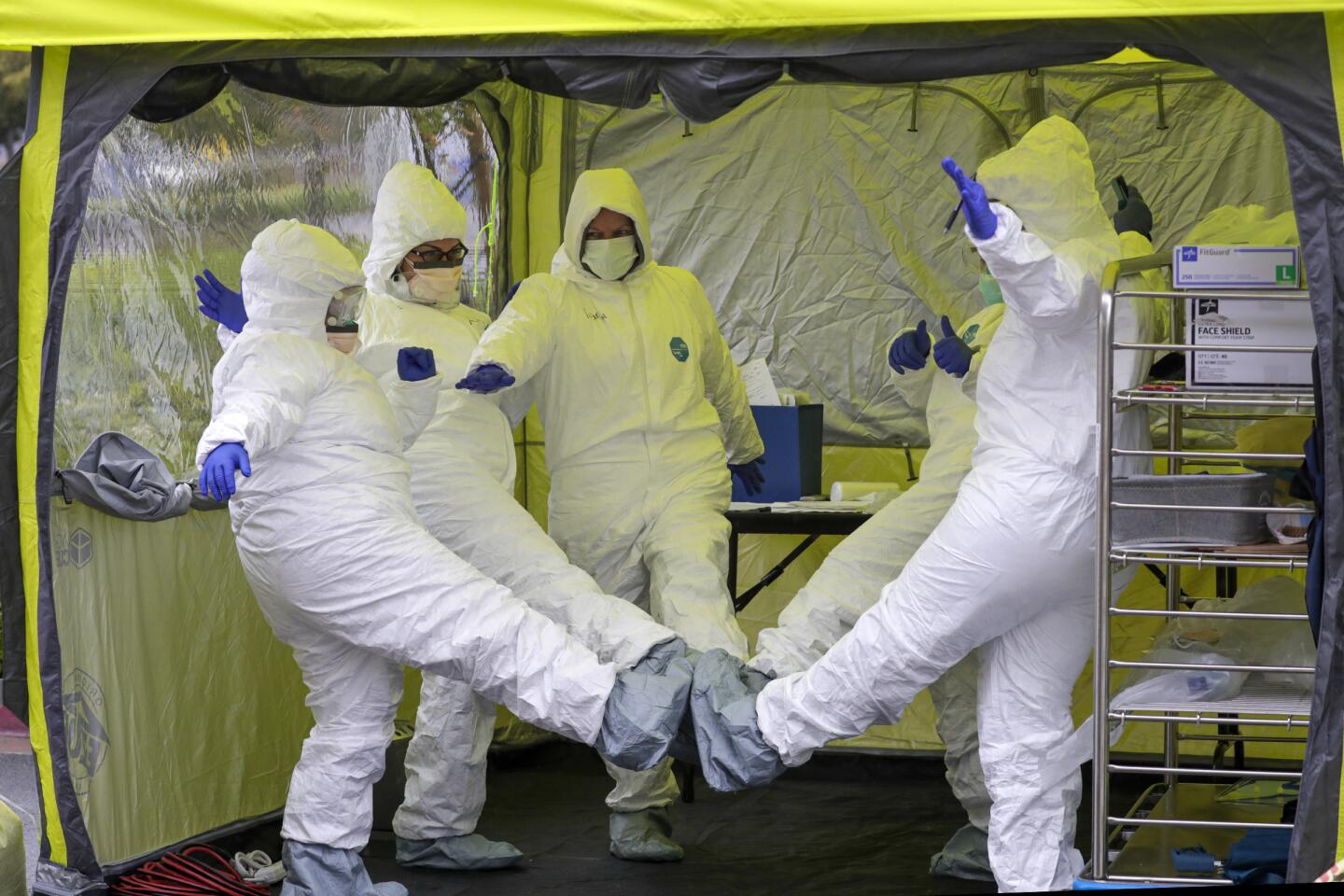
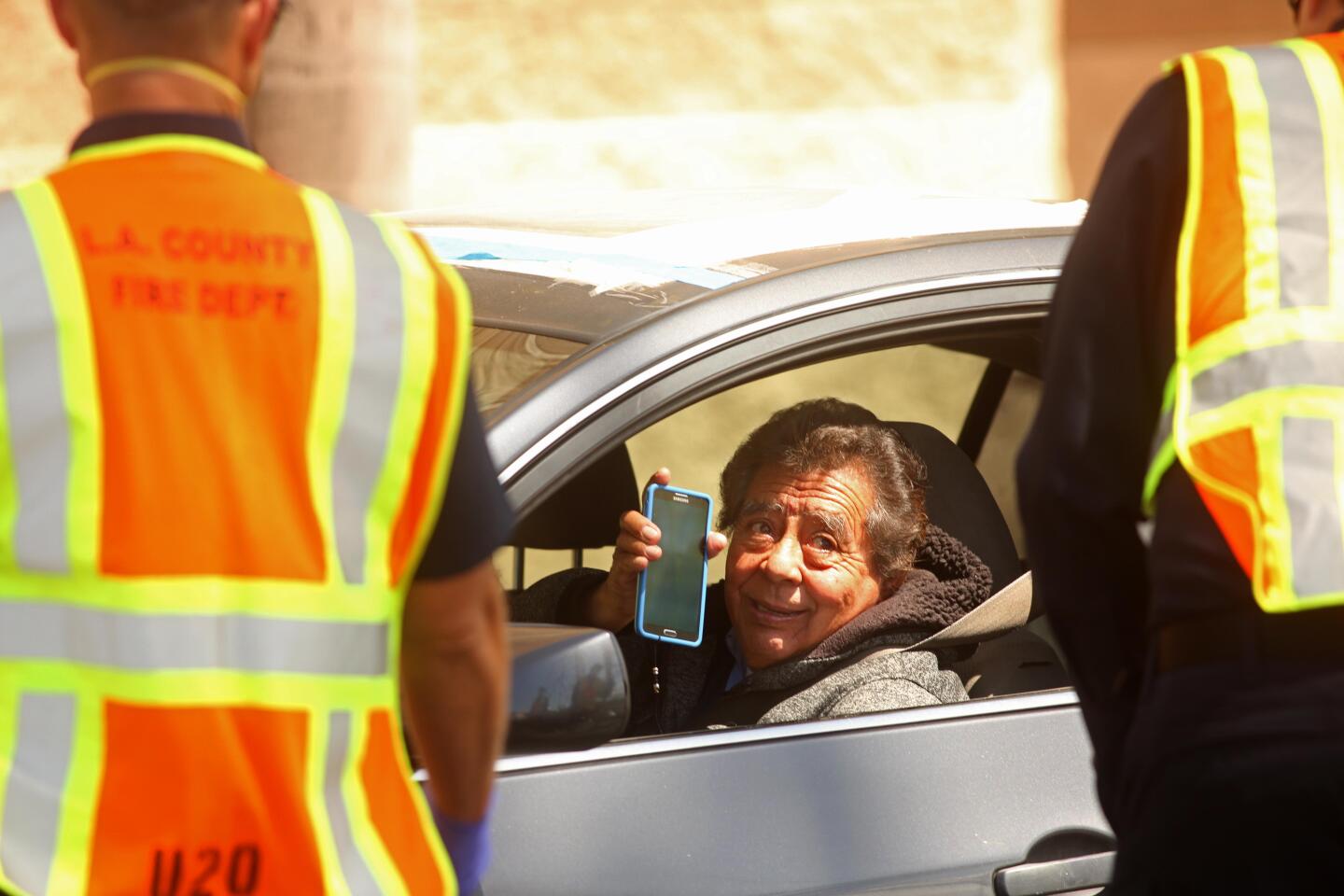
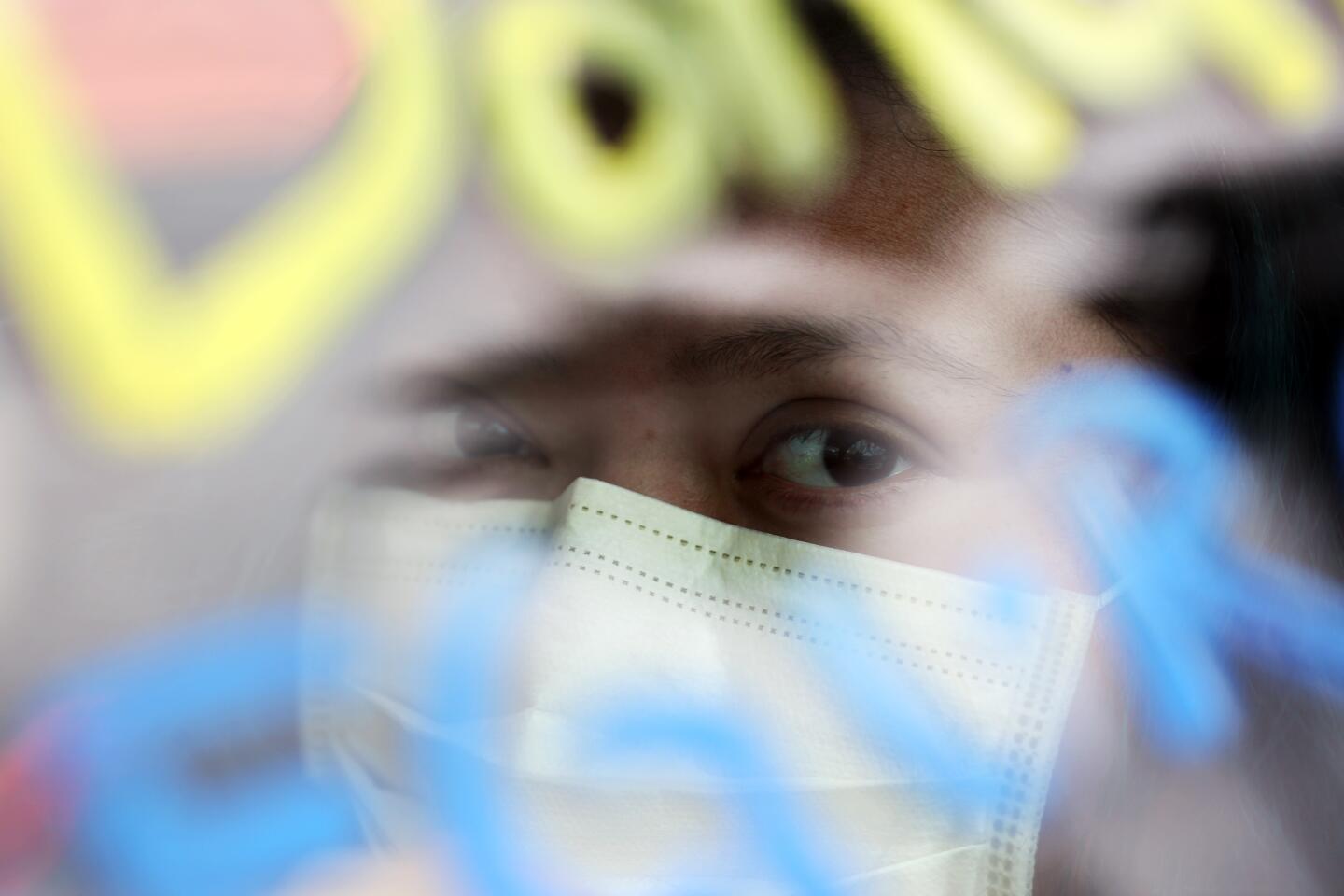
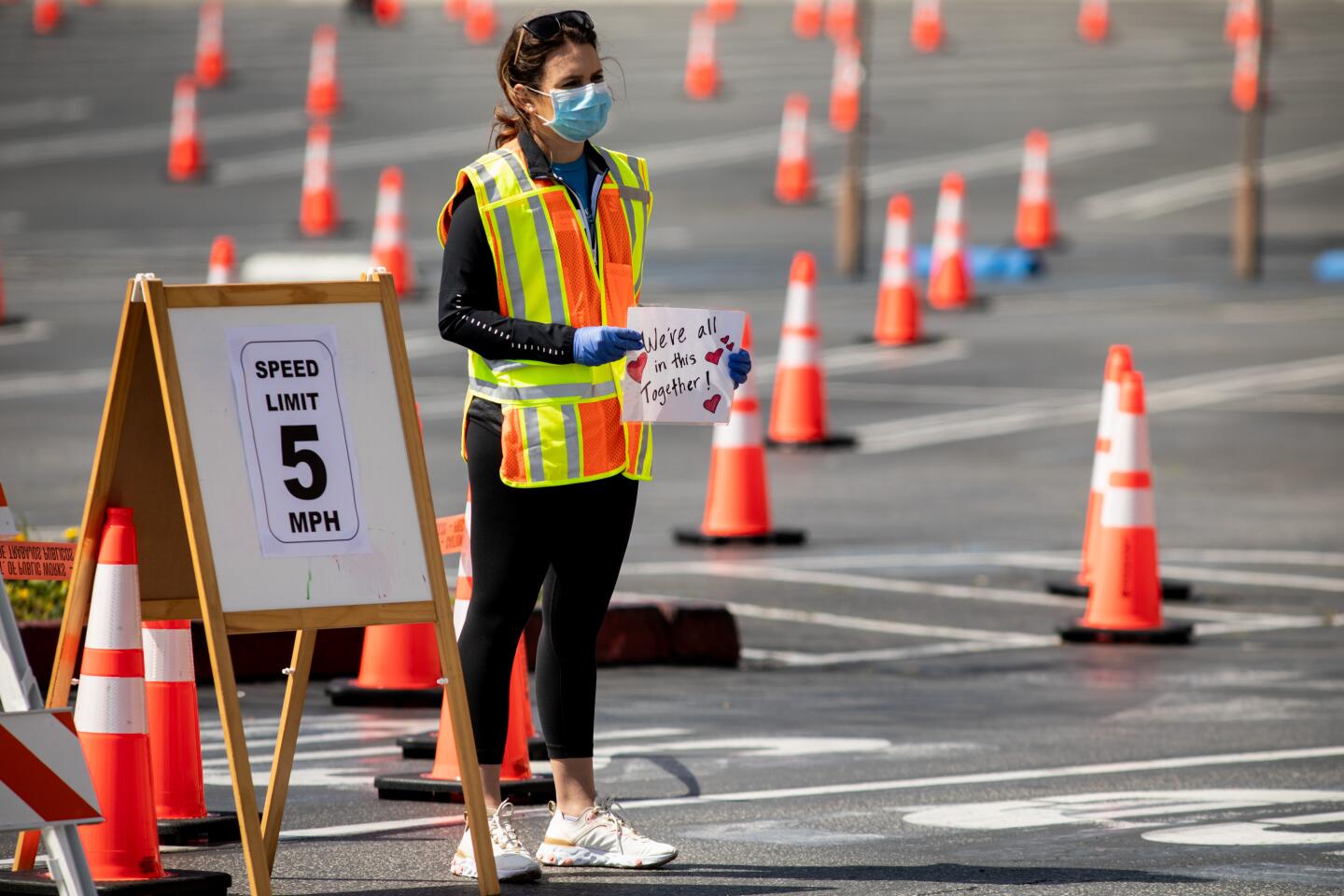
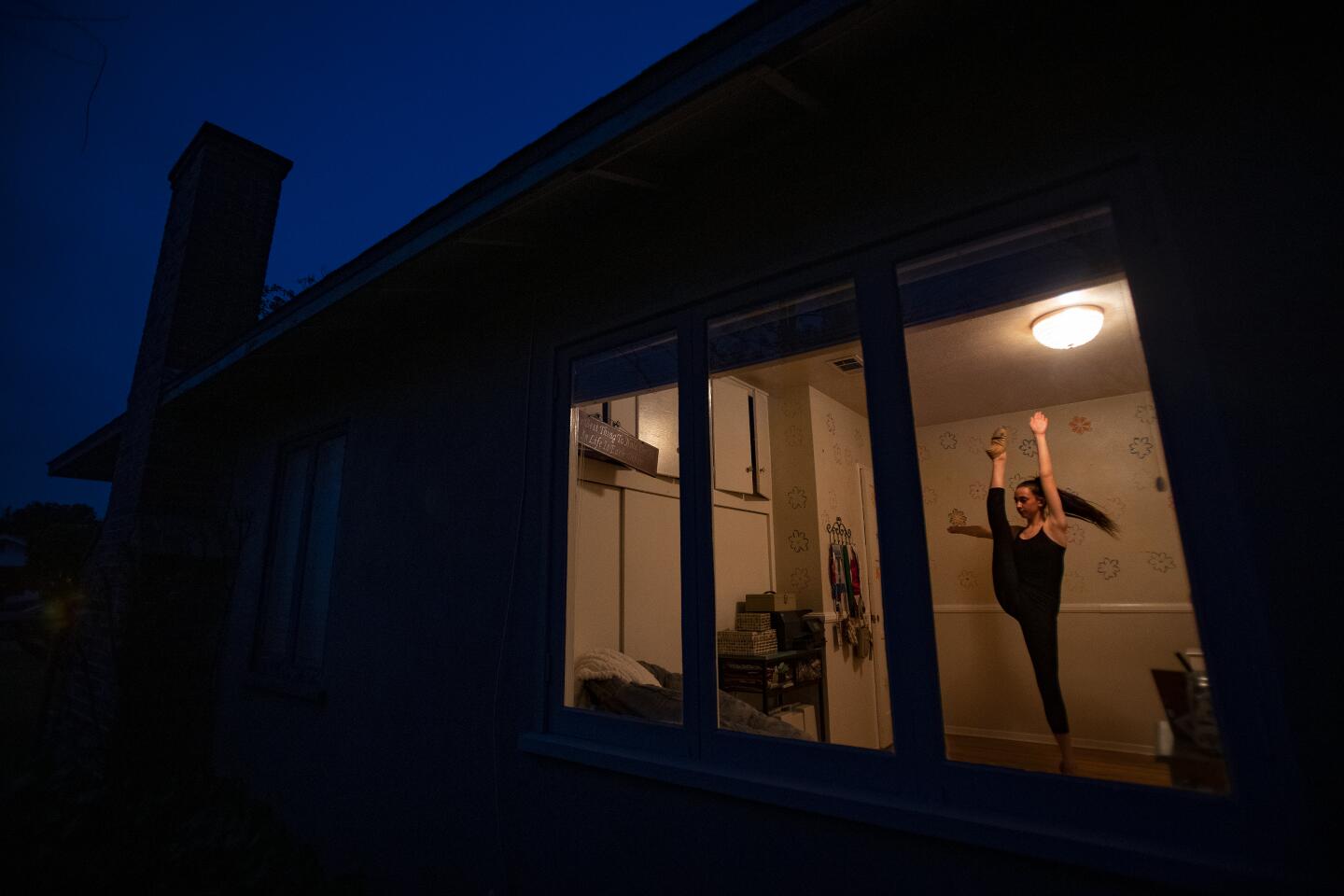
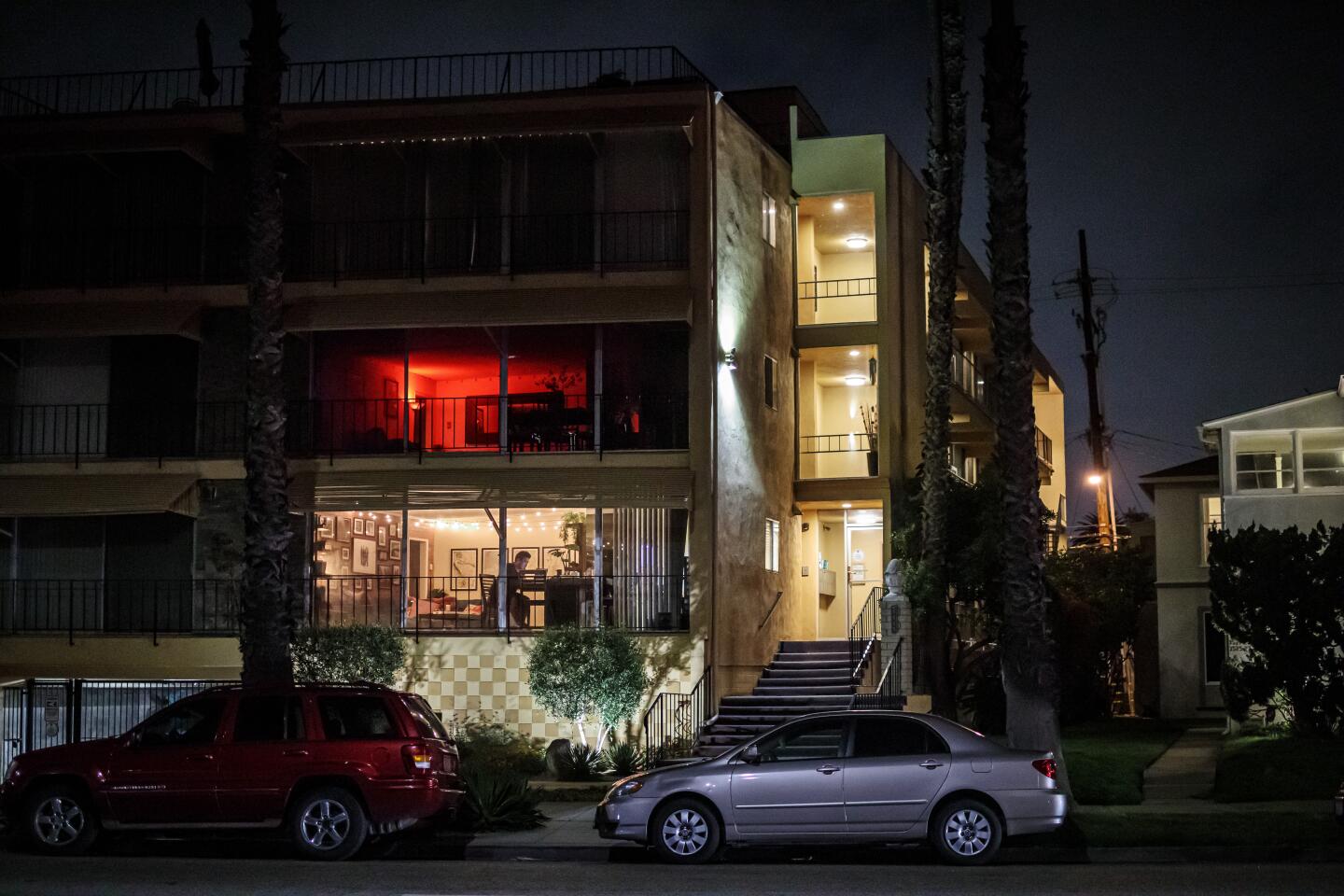
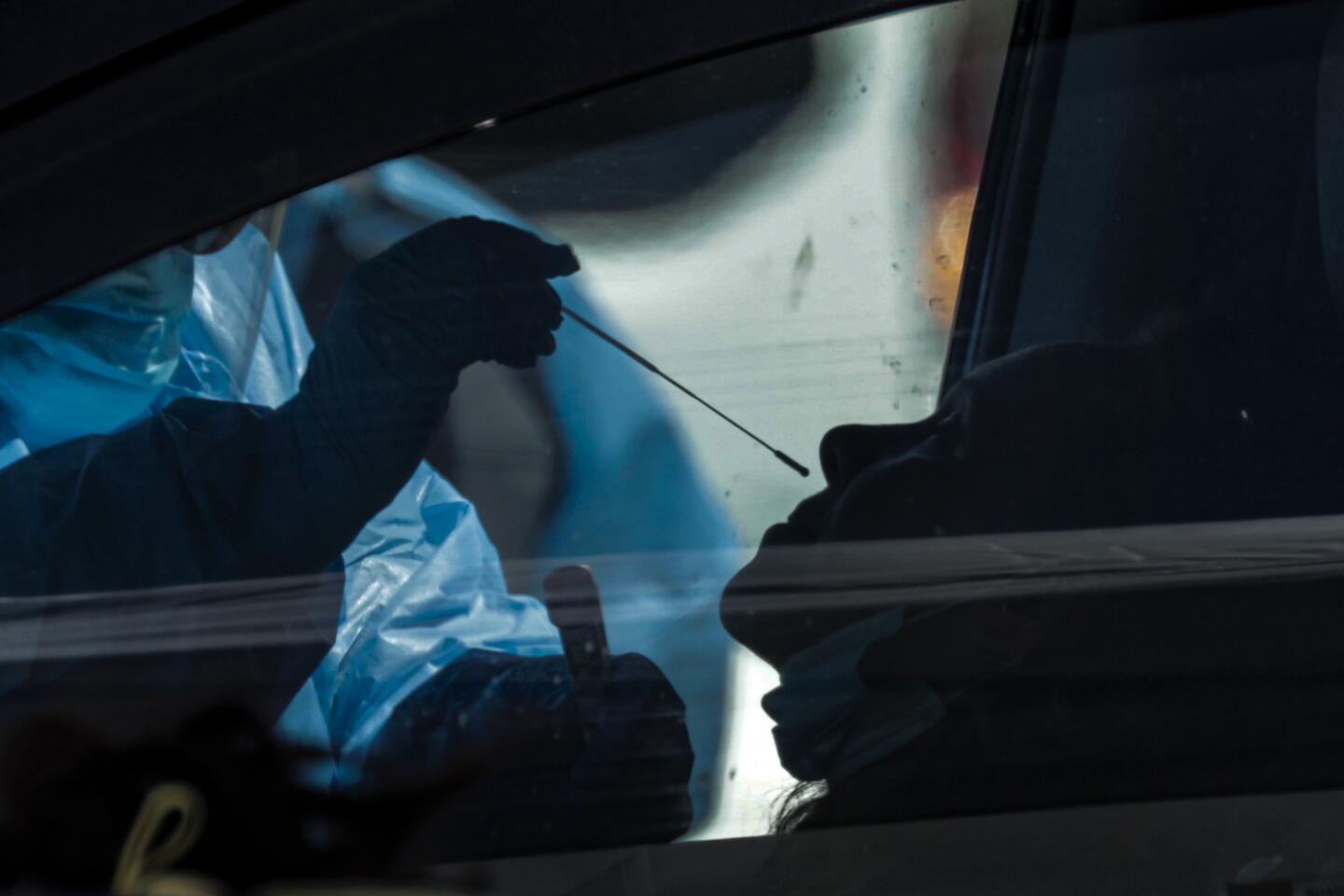
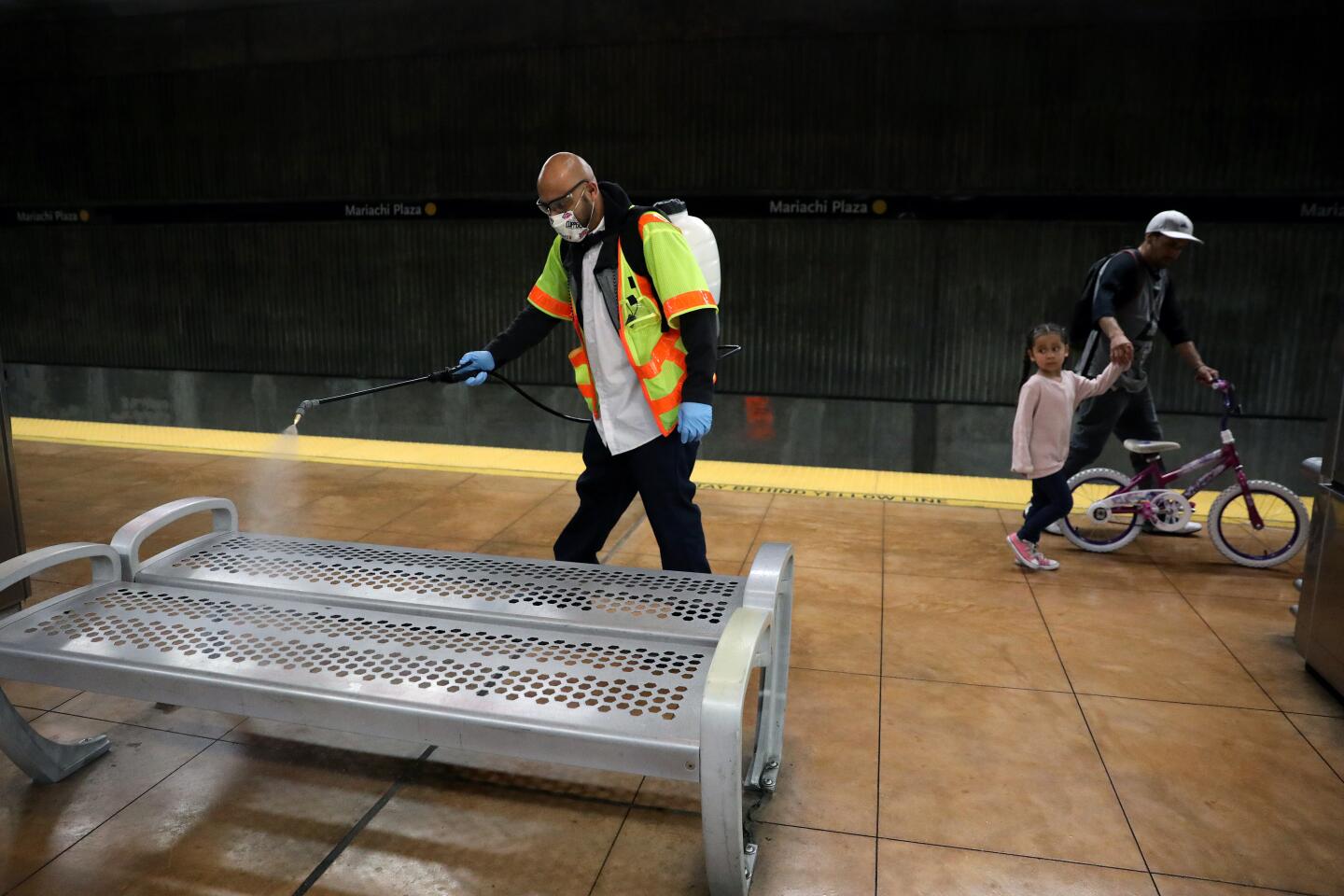
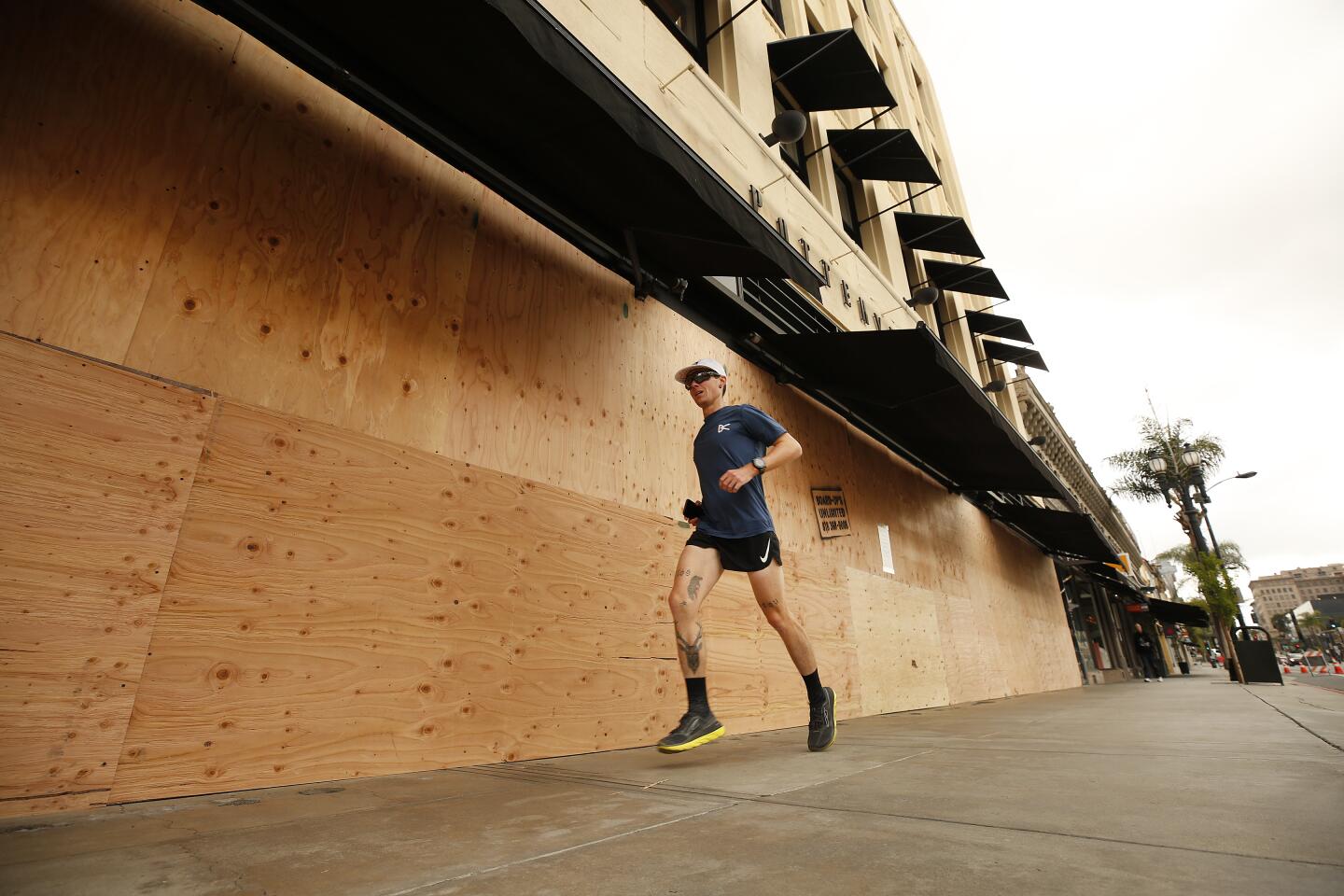
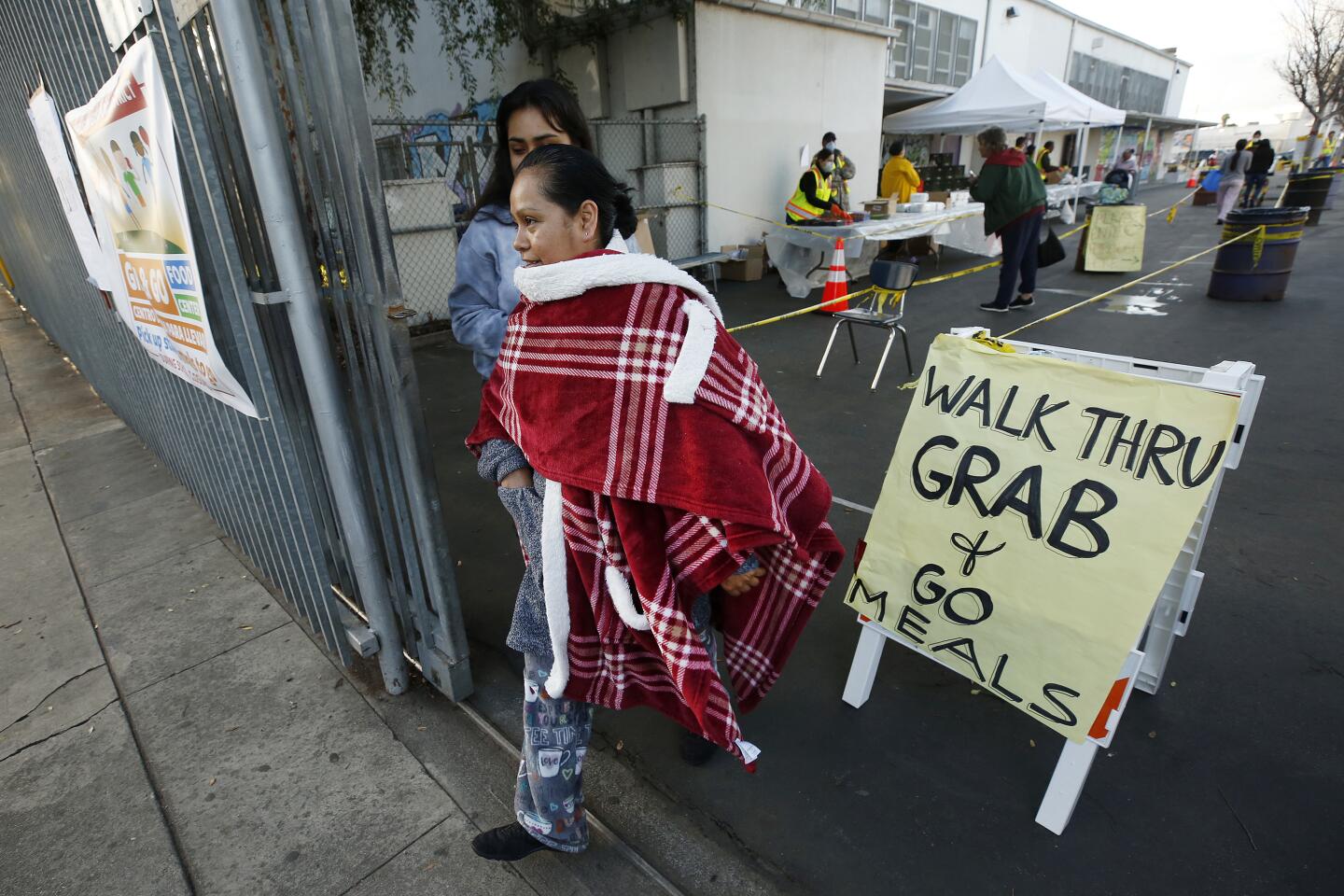
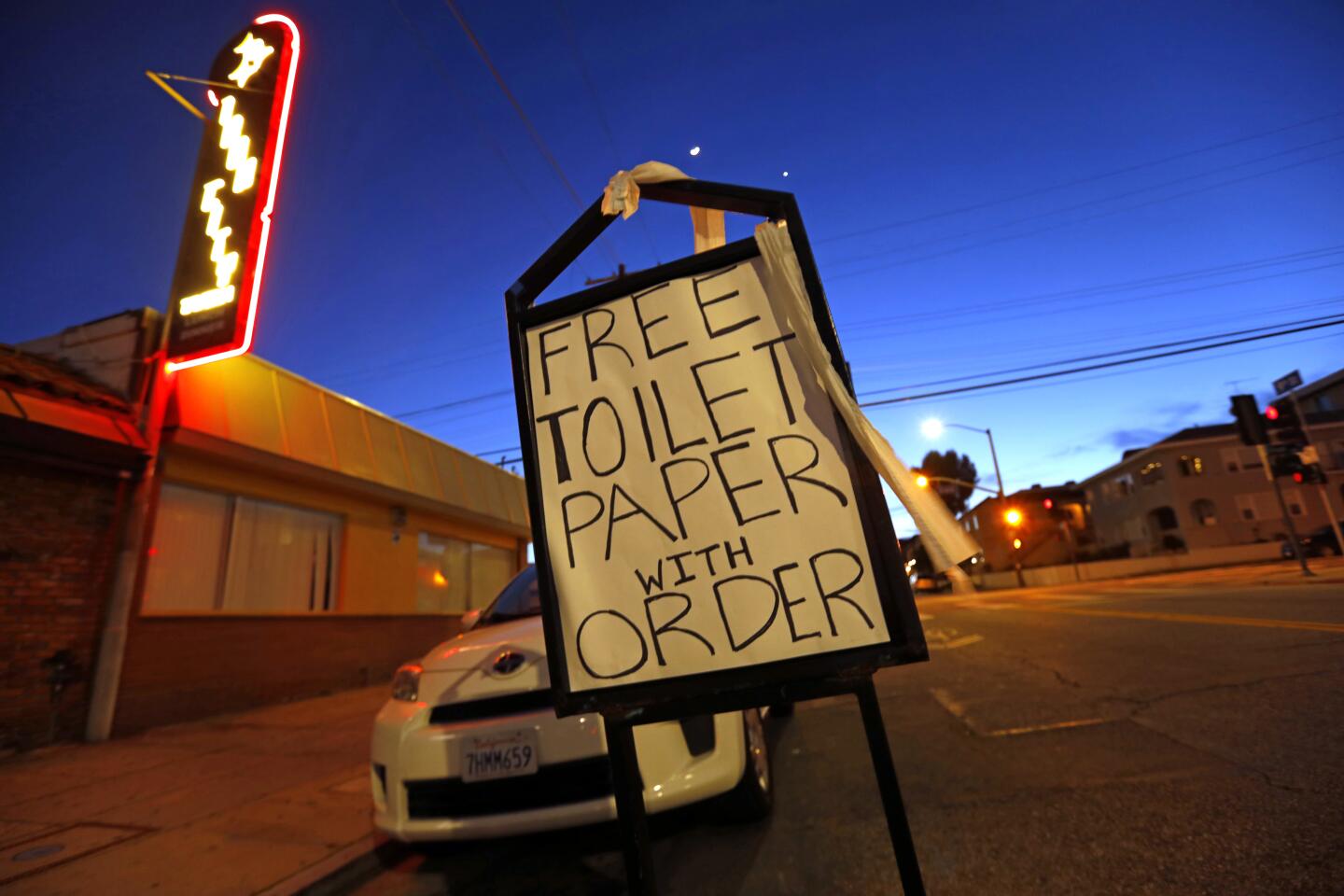
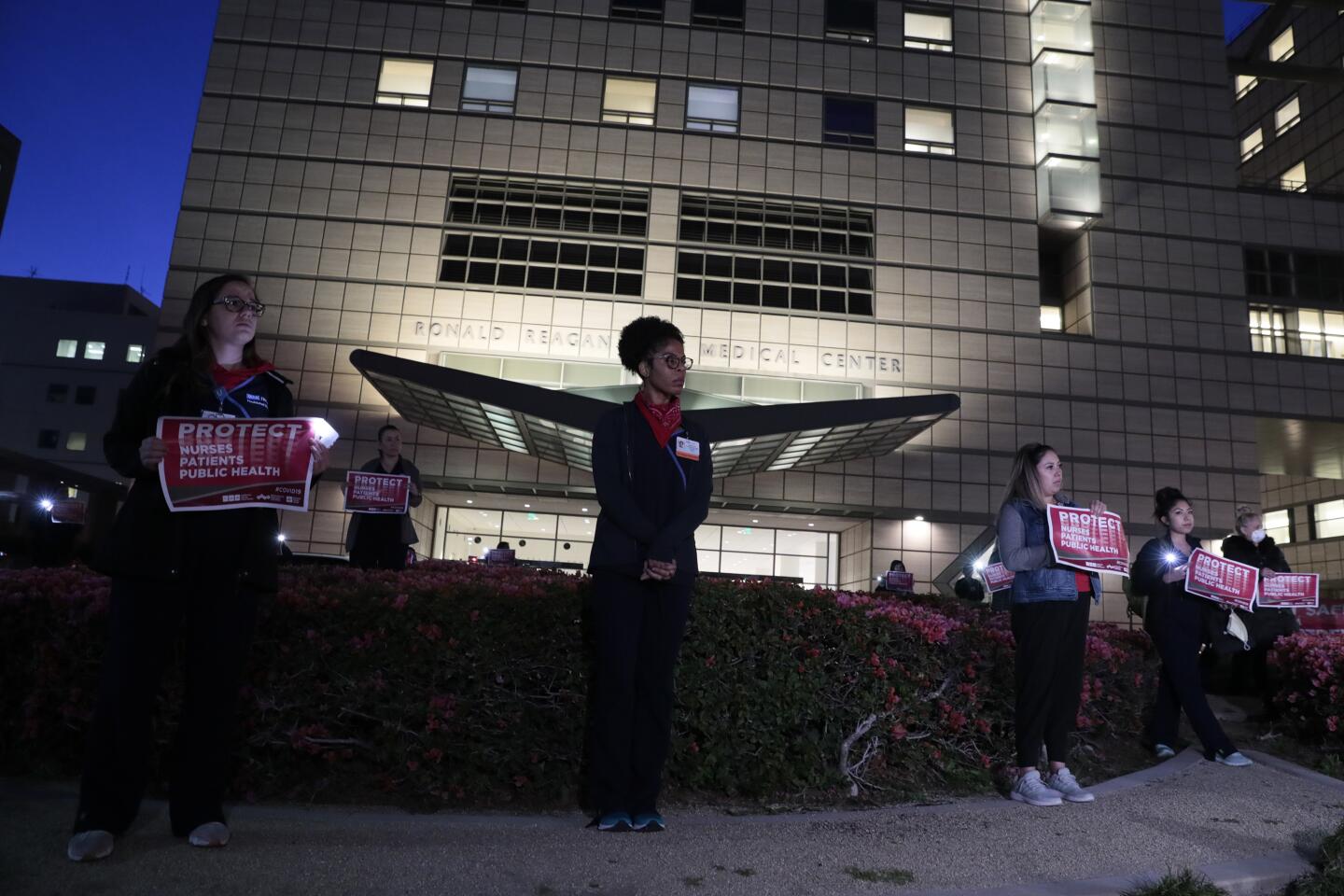
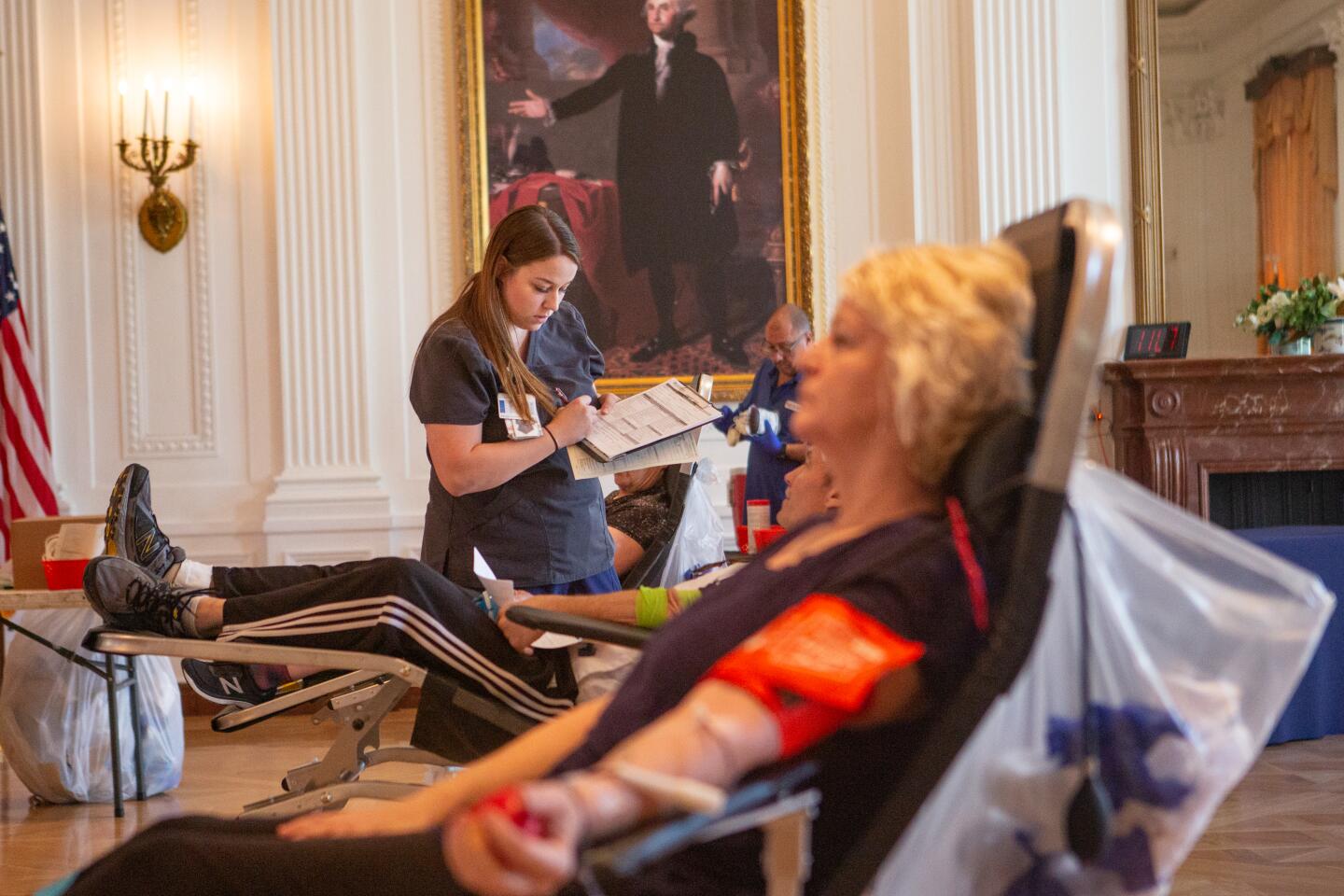
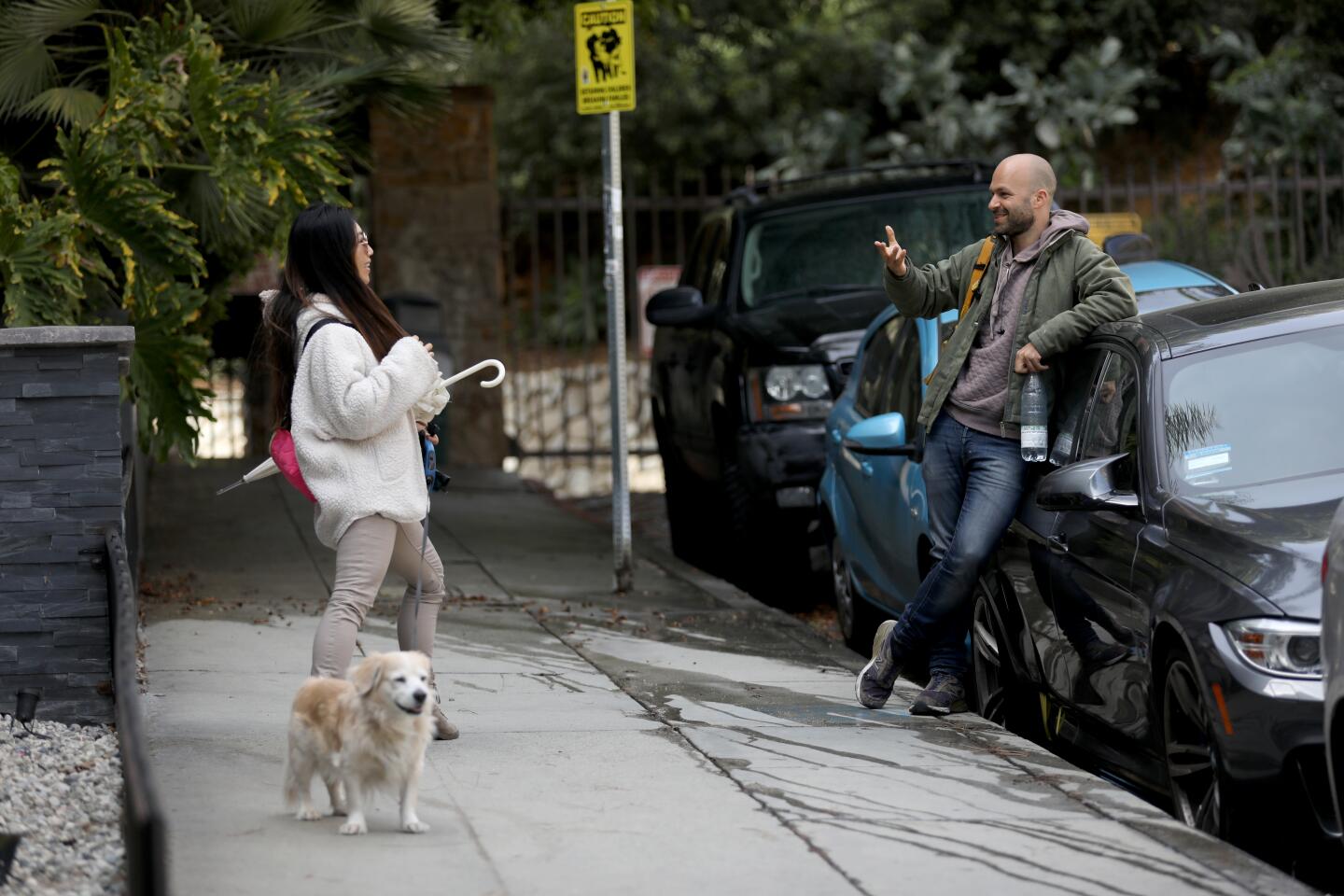
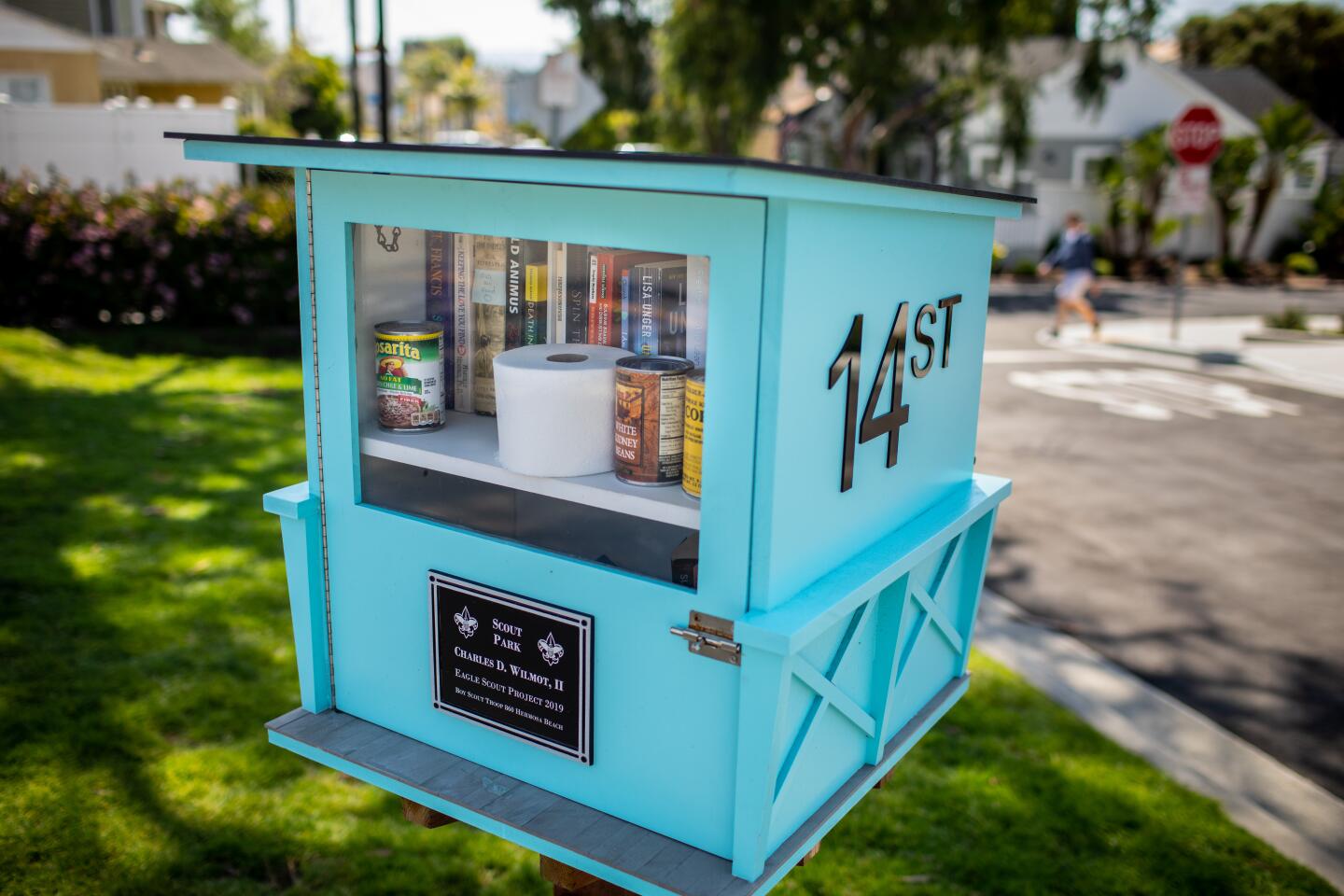
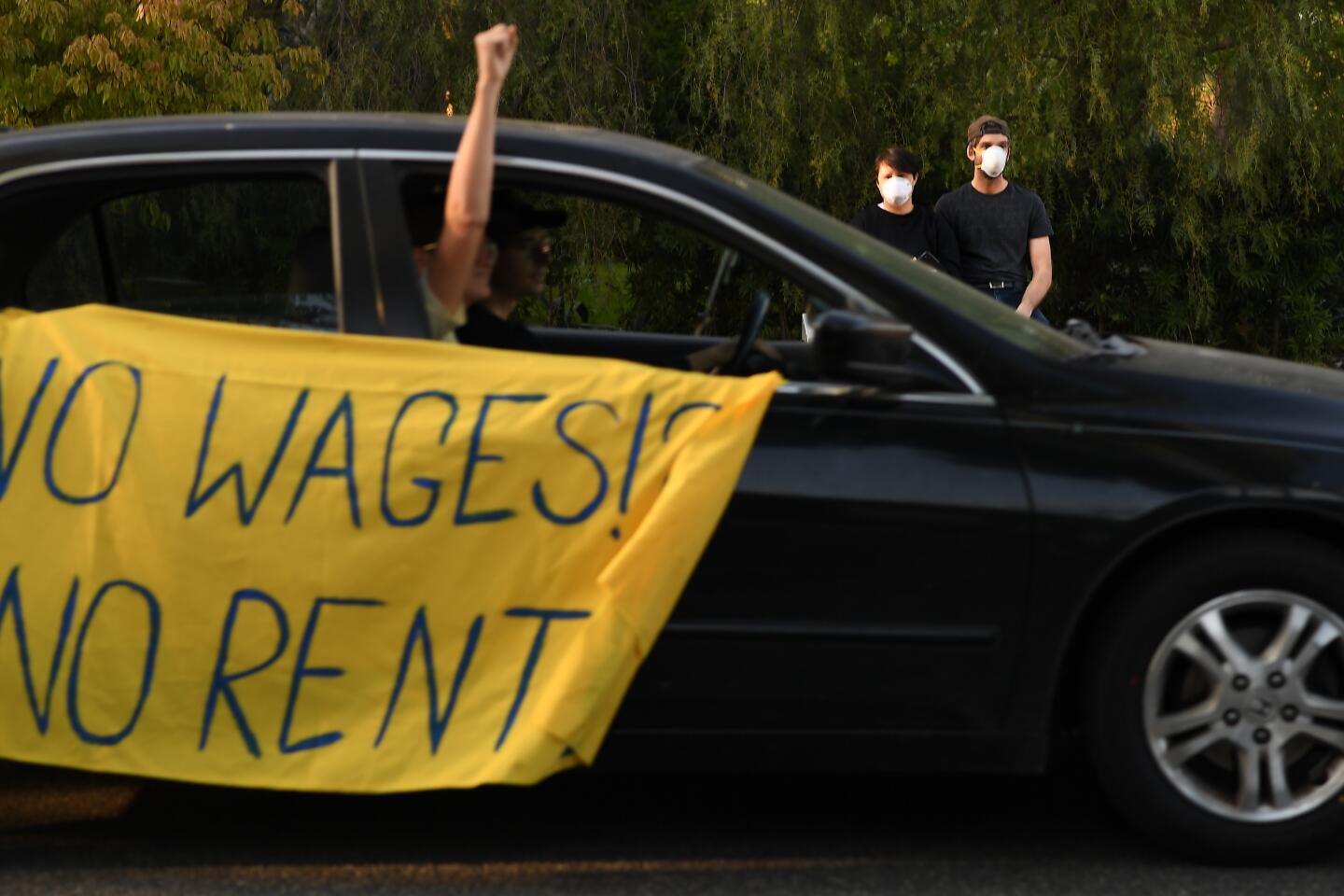
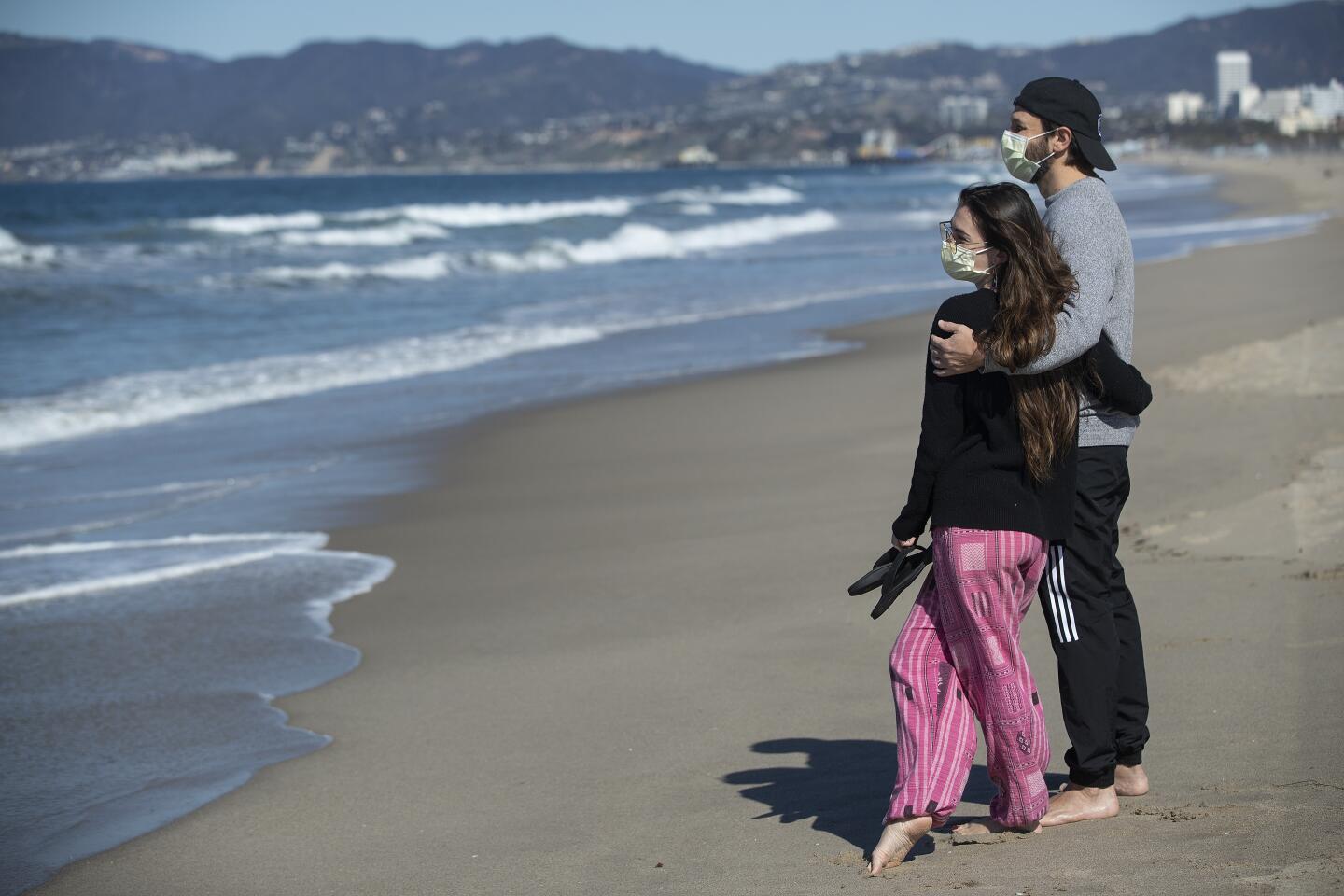


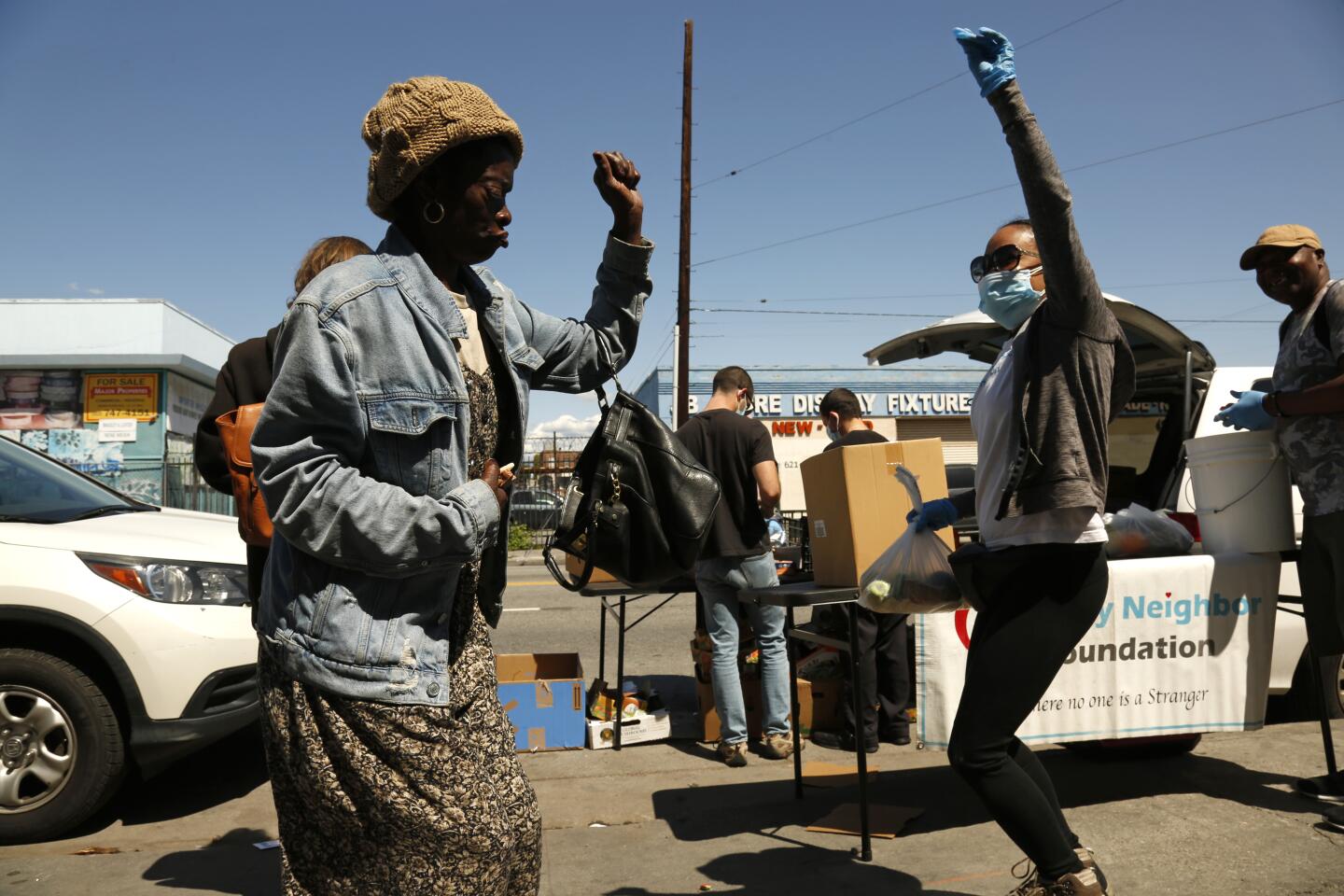
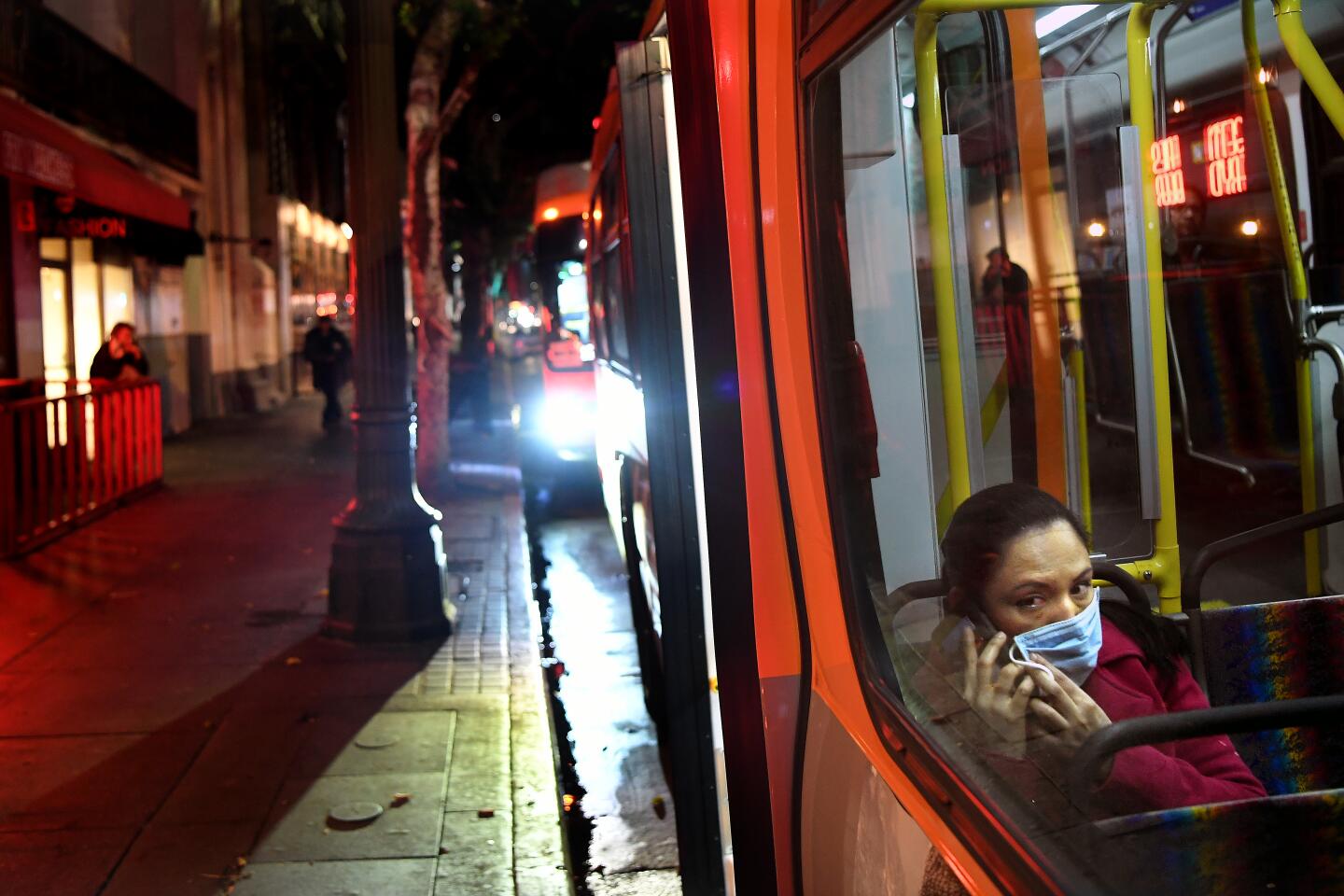
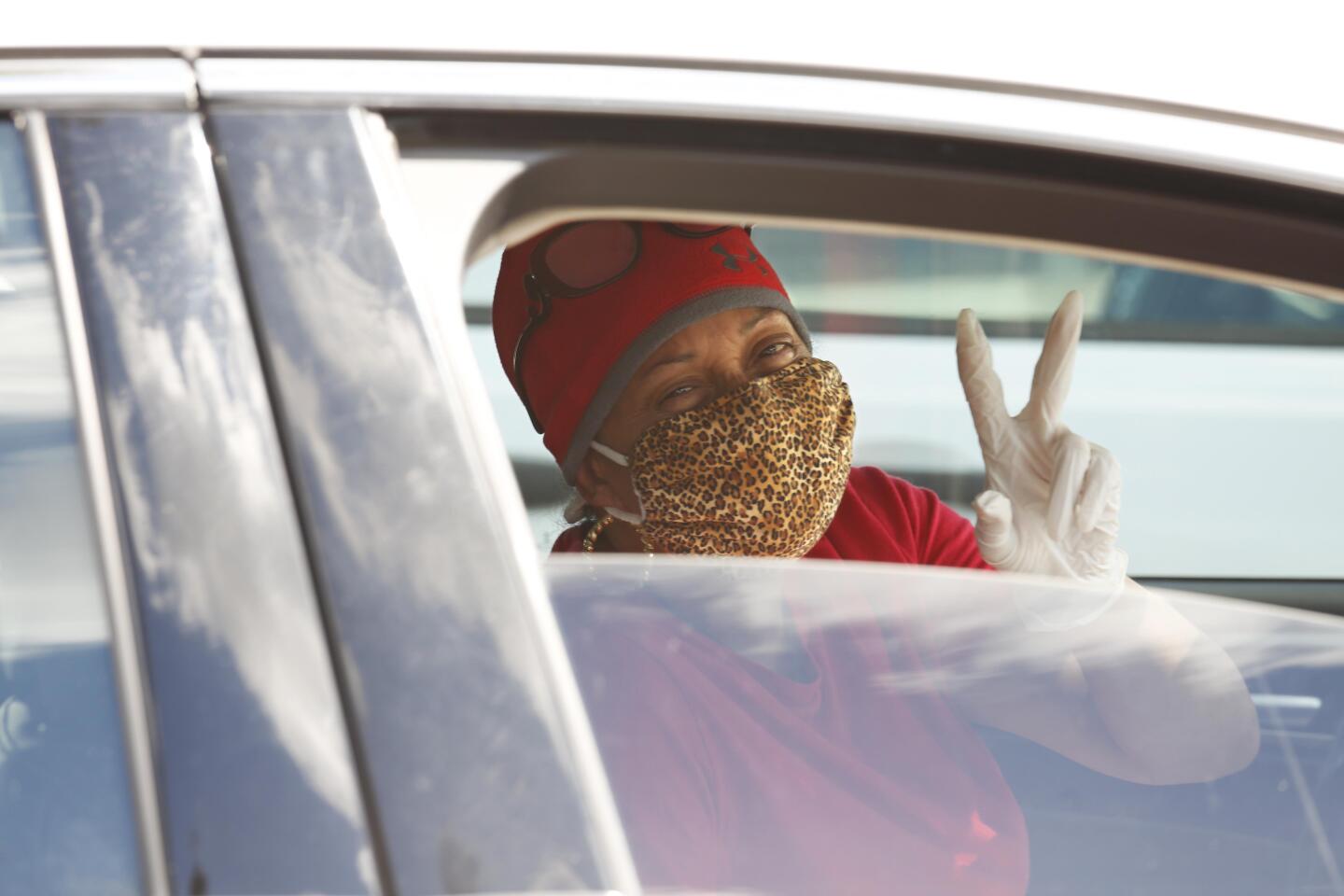
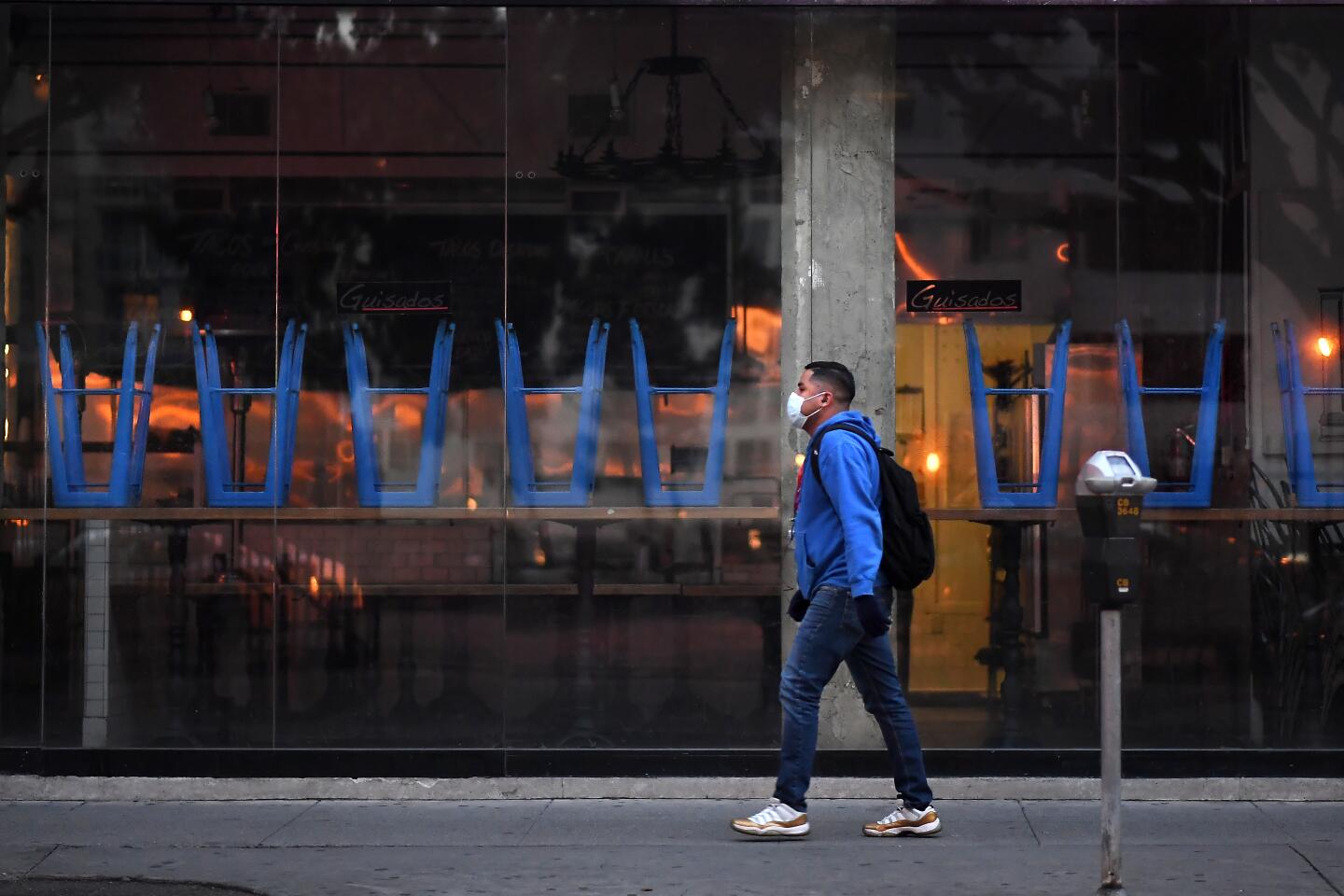
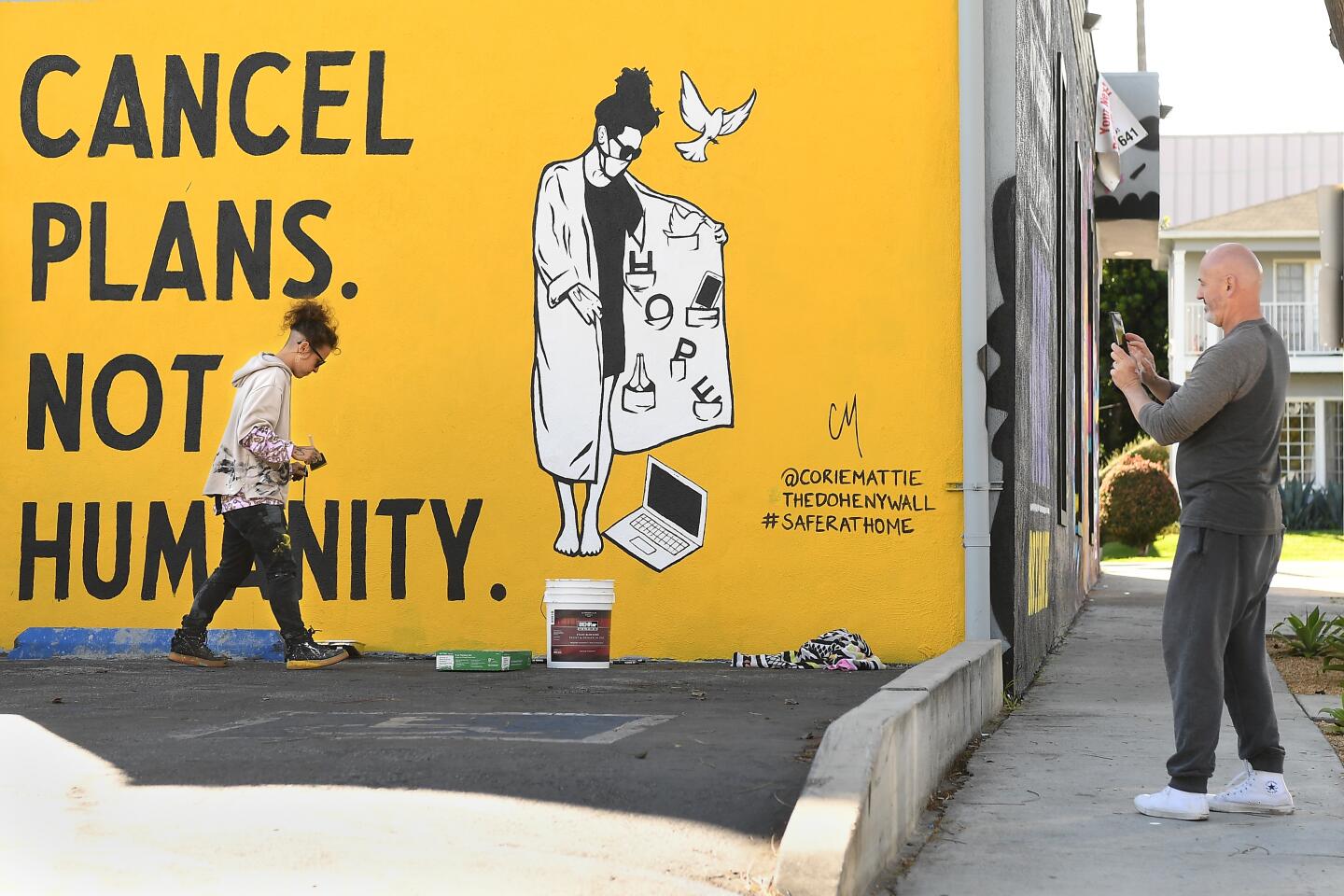
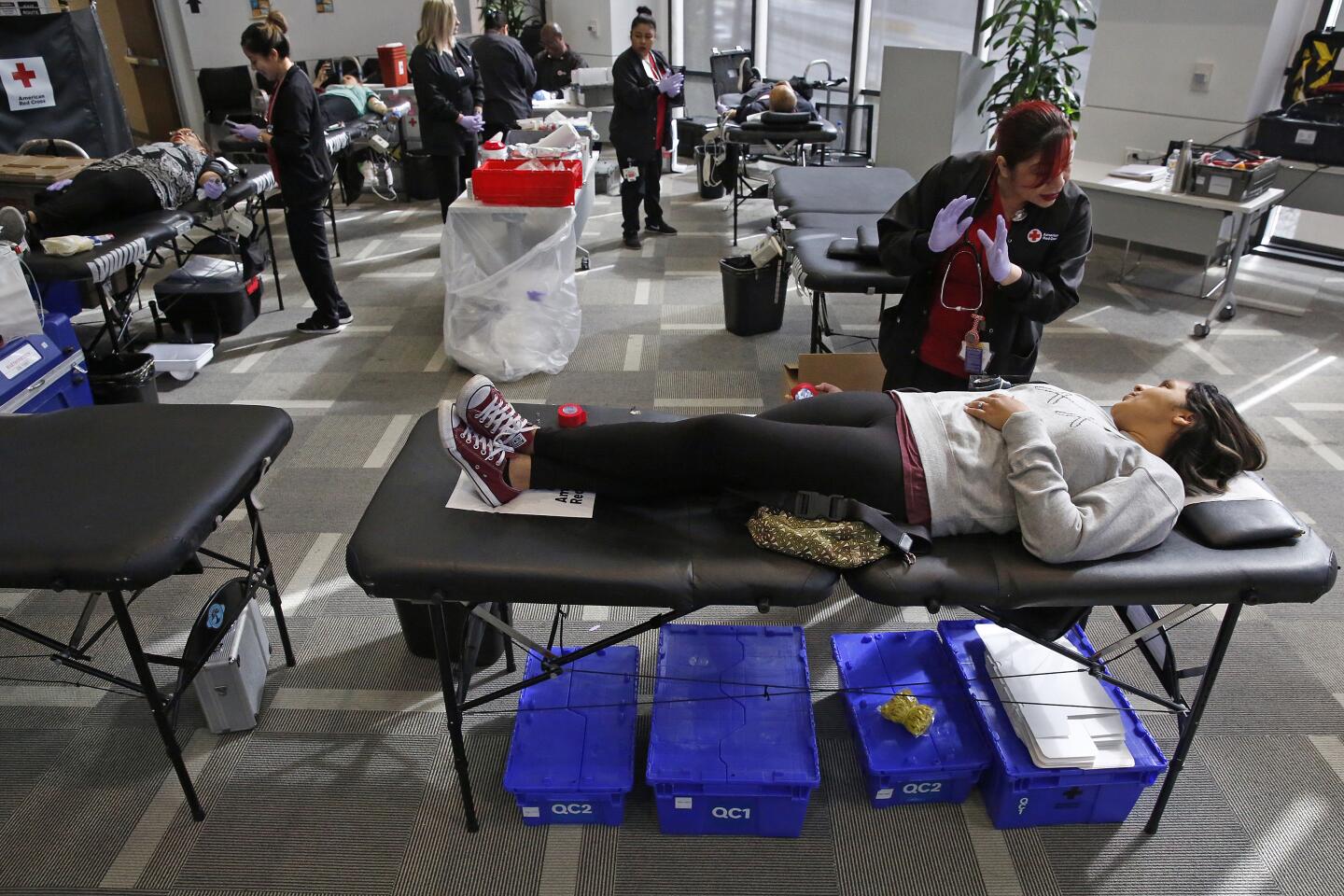

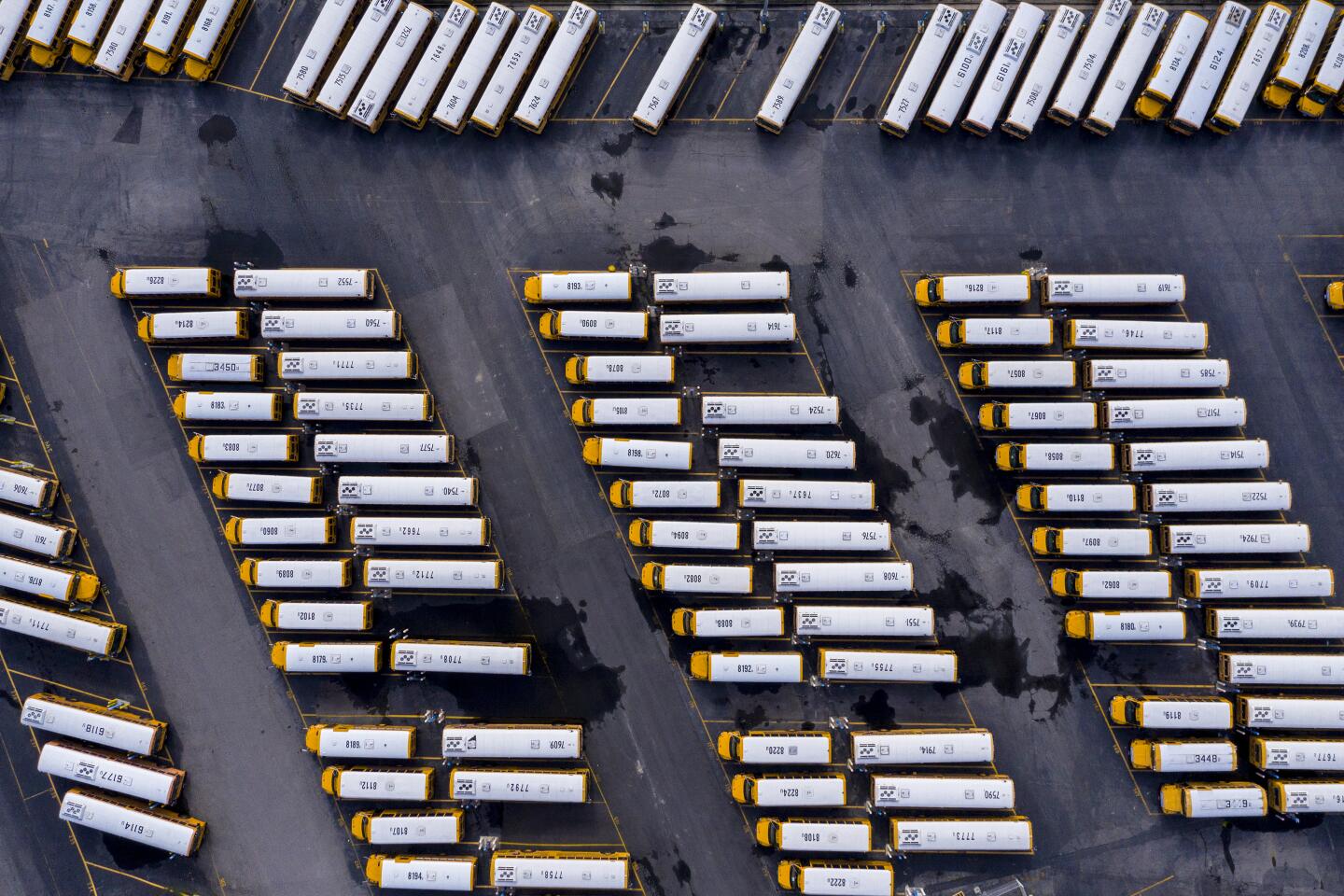
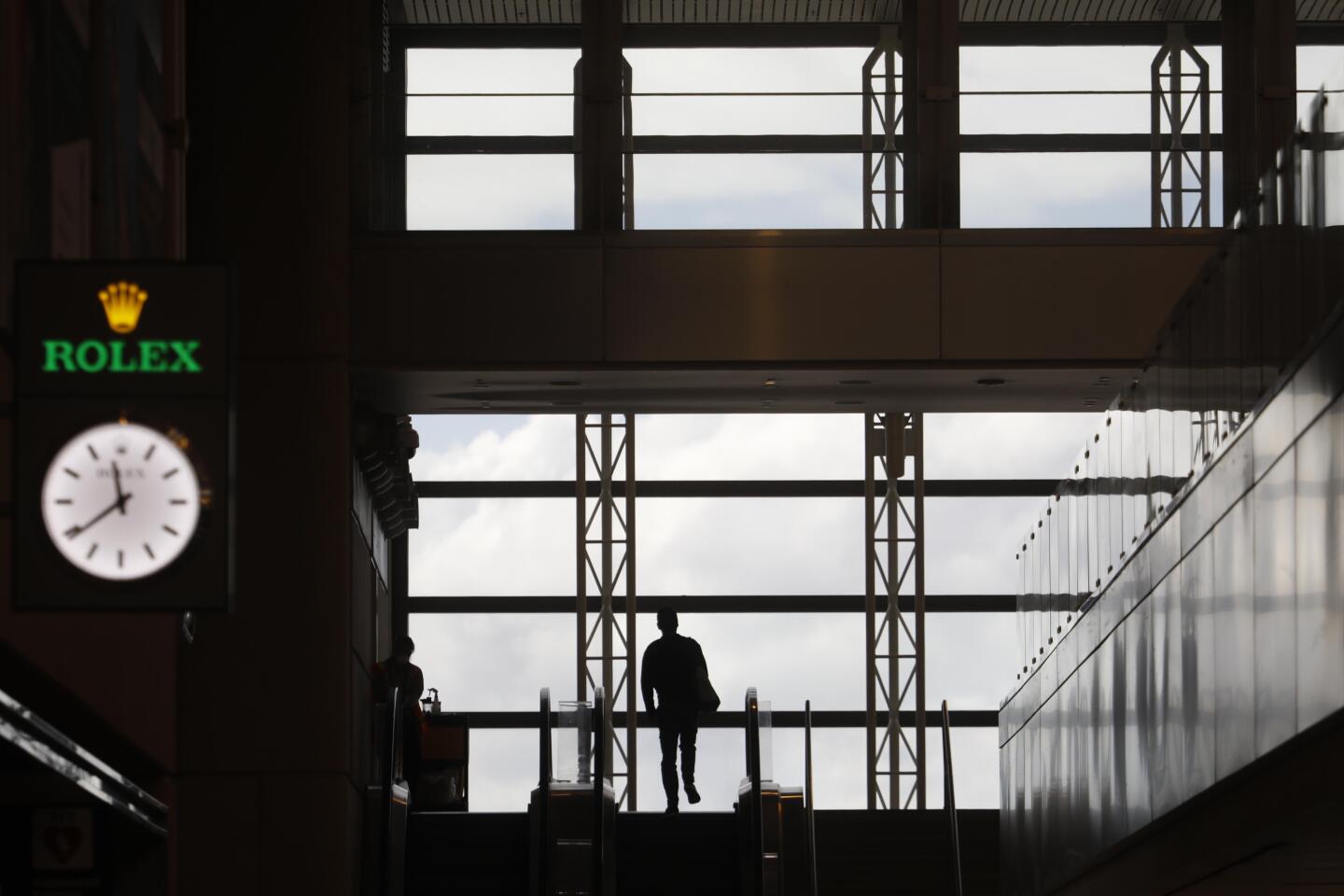
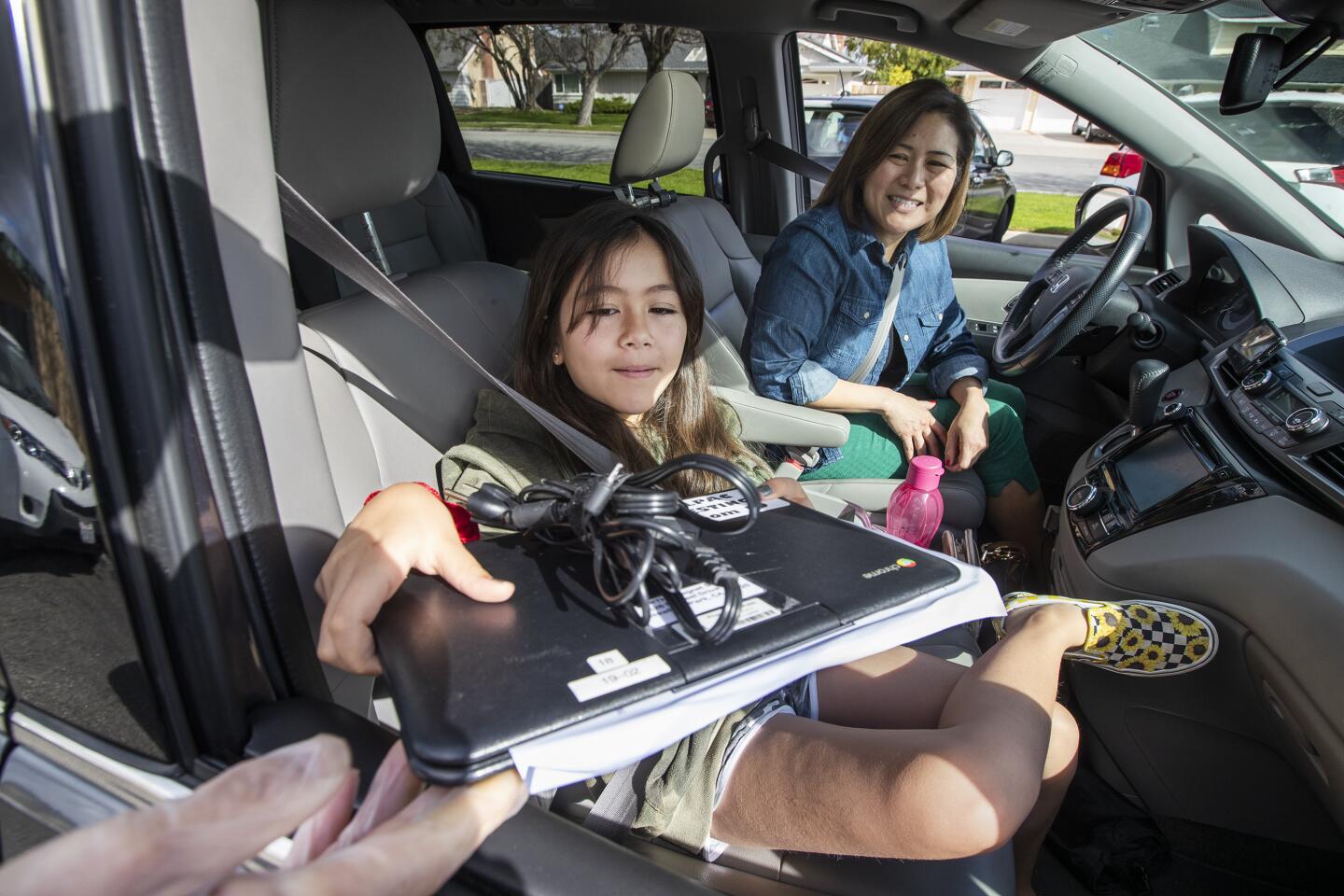
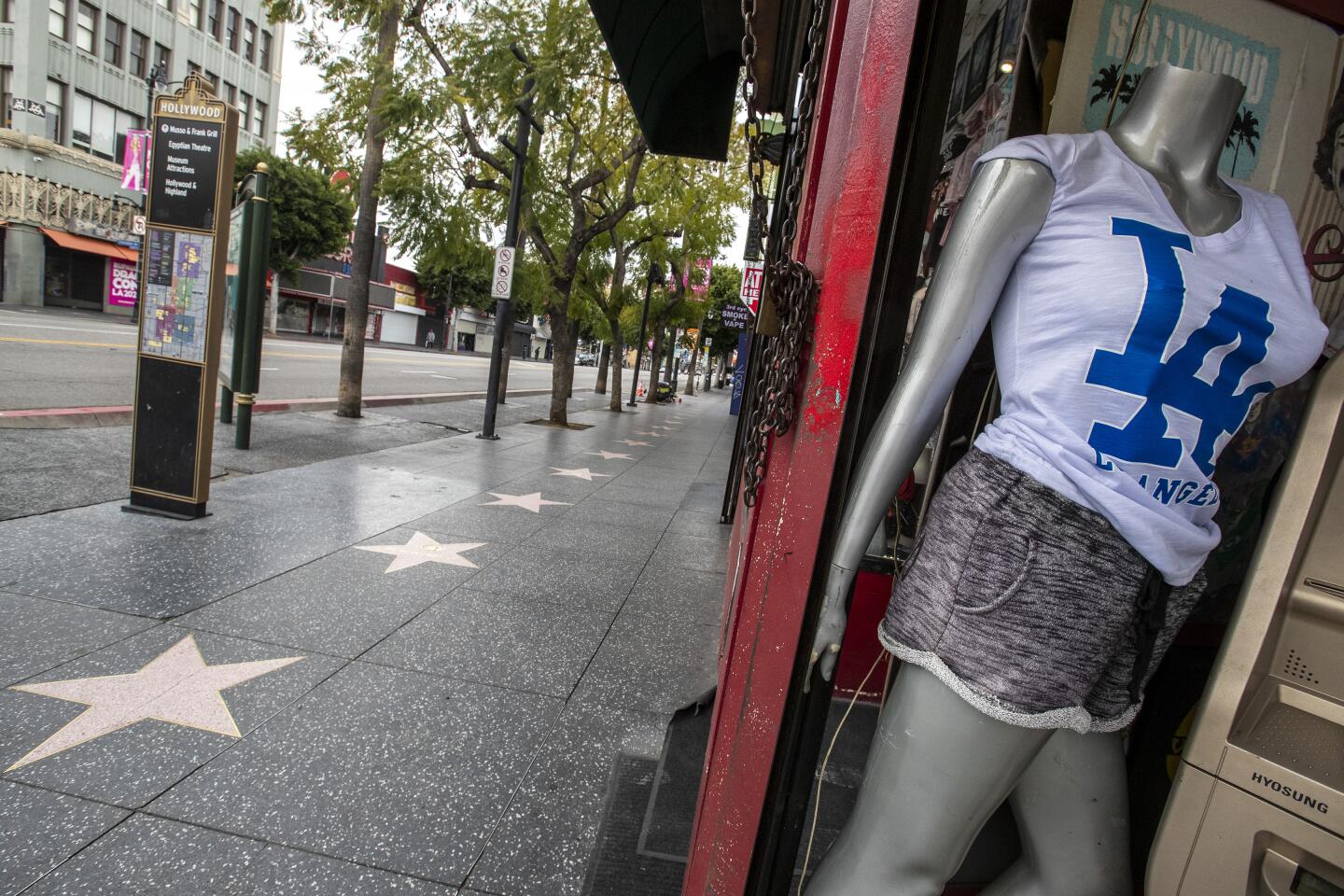
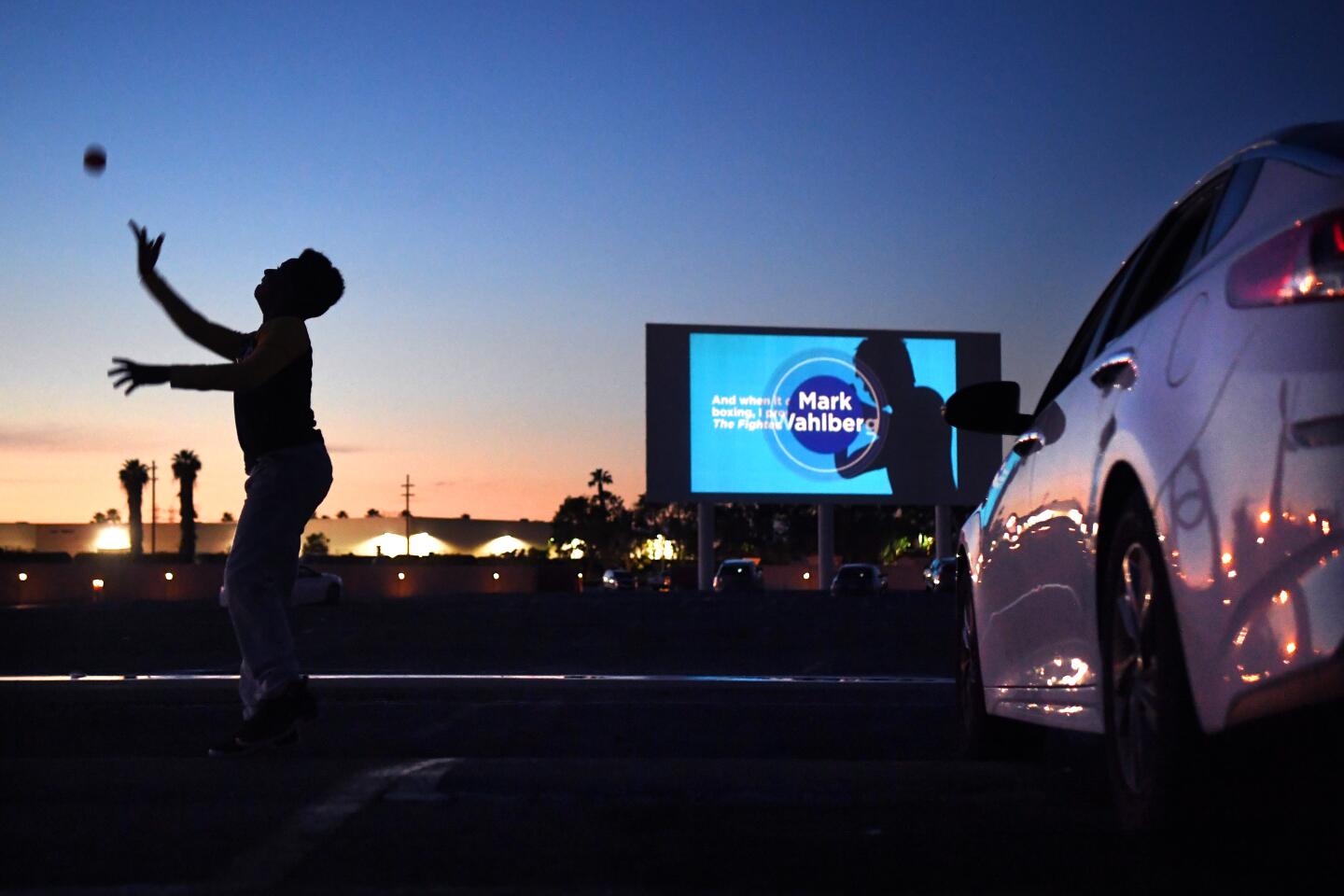
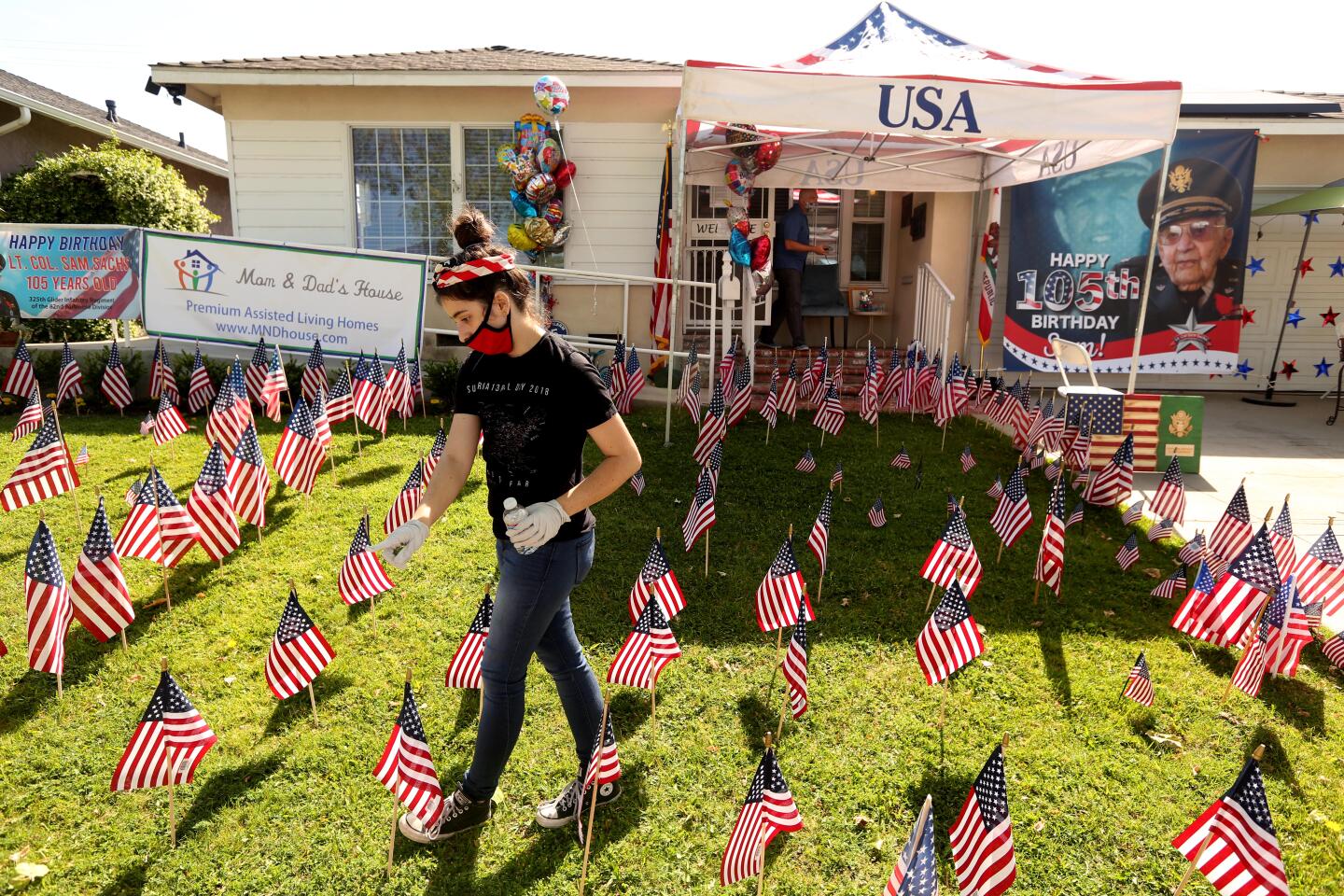
SEATTLE — Social distancing is reducing transmission of the coronavirus in the Seattle area, but not enough to contain it, according to a new study.
It estimated that by March 18, each newly infected person was transmitting the virus to an average of 1.4 other people — down from 2.7 in late February, before bans on gatherings and other measures were put in place.
But to start reducing the growth in new cases, that figure would have to fall below one.
Health officials warned that Seattle’s progress was insufficient, and urged residents to redouble their commitment to hand-washing, working from home and staying away from anyone but close family members.
“It will be months before we can think about going back to our normal activities,” Dr. Jeff Duchin, Seattle & King County public health officer, told reporters Monday during a telephone briefing about the study. “If we fail, if we give up, I can tell you that the outbreak will come roaring back, big-time.”
The analysis, led by the Institute for Disease Modeling in Bellevue, Wash., was based on the number of COVID-19 diagnoses in King County, which includes Seattle.
By March 23, the county had recorded 1,170 cases. The researchers estimated that without social distancing, that figure would have been three times higher.
Yet the total has continued to rise rapidly. By Monday, the count had reach 2,330 cases, including 150 deaths.
Daniel Klein, the institute’s senior research manager, said the decrease in transmission made the study authors “cautiously optimistic.”
The Seattle area is where the U.S. epidemic began, logging 37 of the first 50 deaths.
Residents began changing behavior earlier than many other areas of the country.
Control measures began in late February, after state officials became alarmed that people with no known exposure or history of foreign travel were being infected.
King County officials began asking commuters to work from home if possible, and suggested that people over 60 stay indoors.
In mid-March, Washington Gov. Jay Inslee instituted what were then considered harsh measures, closing schools statewide and restricting gatherings to no more than 250 people in greater Seattle. On March 23 he announced a two-week shelter-in-place order statewide for all but essential services.
In a separate study released Monday, the same research team concluded that those orders were widely obeyed in King County.
Using data on locations of anonymous Facebook users, that analysis found that movement of people in the region declined by 90% from March 2 to March 28.
Movement picked up during the weekends, inconsistency that suggested “progress is precarious,” the researchers wrote.
Sign up for Essential California
The most important California stories and recommendations in your inbox every morning.
You may occasionally receive promotional content from the Los Angeles Times.
Follow Us
Richard Read was the Los Angeles Times bureau chief in Seattle, covering Washington, Oregon, Montana, Idaho, Alaska and Hawaii. A former Tokyo-based foreign correspondent, he won a Pulitzer Prize for a series that explained the Asian financial crisis by following a container of French fries from a Northwest farm to a Singapore McDonald’s. He served on a team that won the Pulitzer for Public Service for exposing U.S. immigration agency abuses. Born in Scotland and raised in Boston, he has reported from all seven continents. He retired in 2021.

